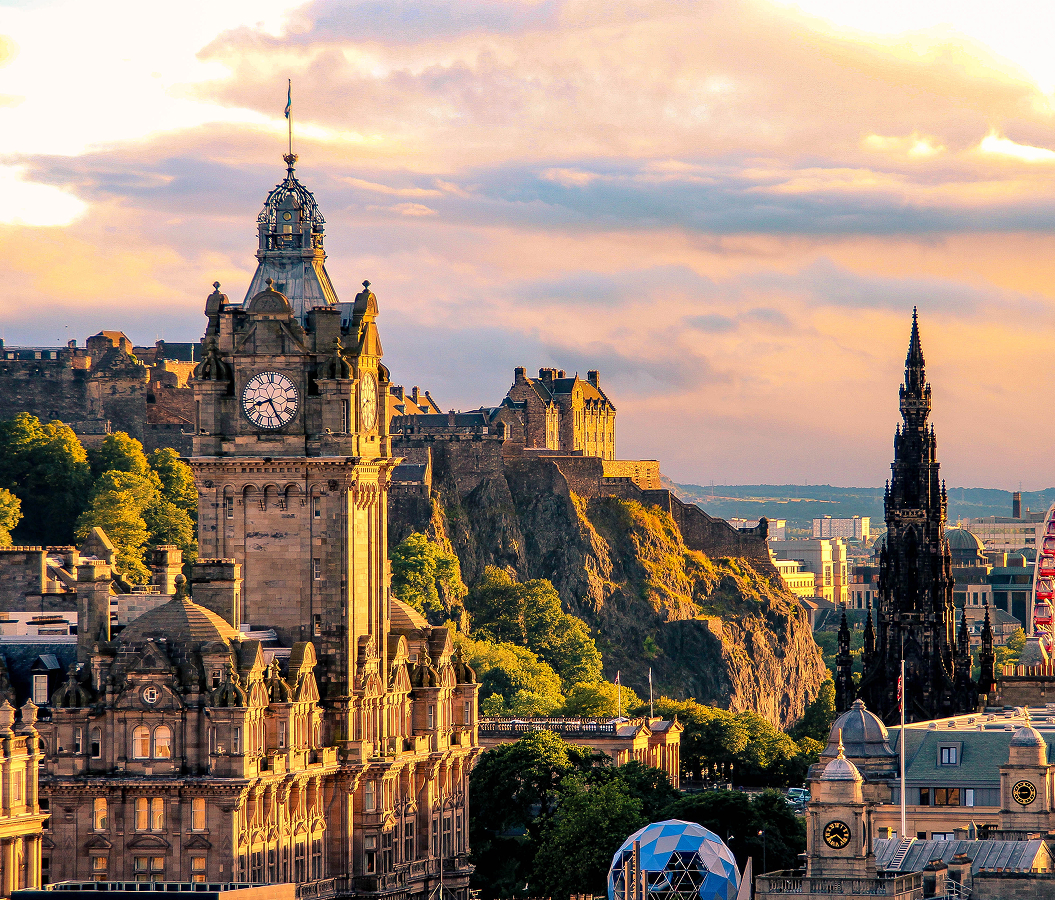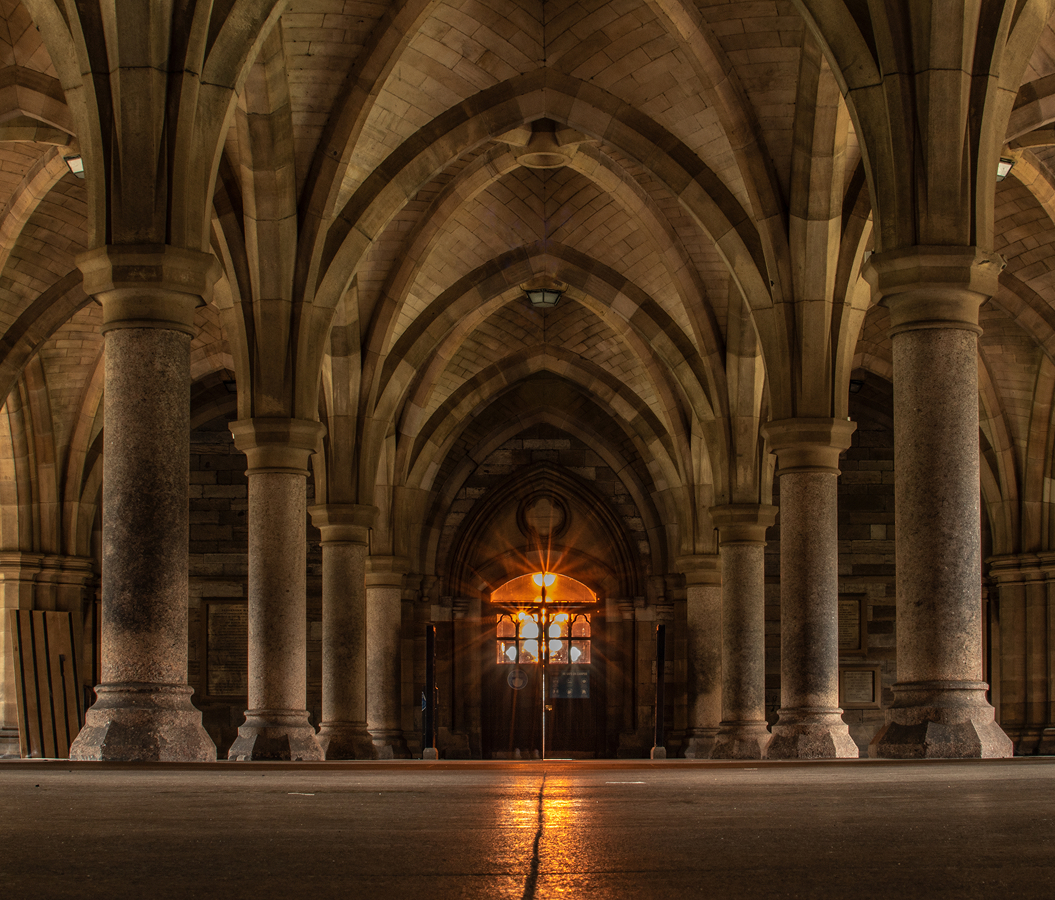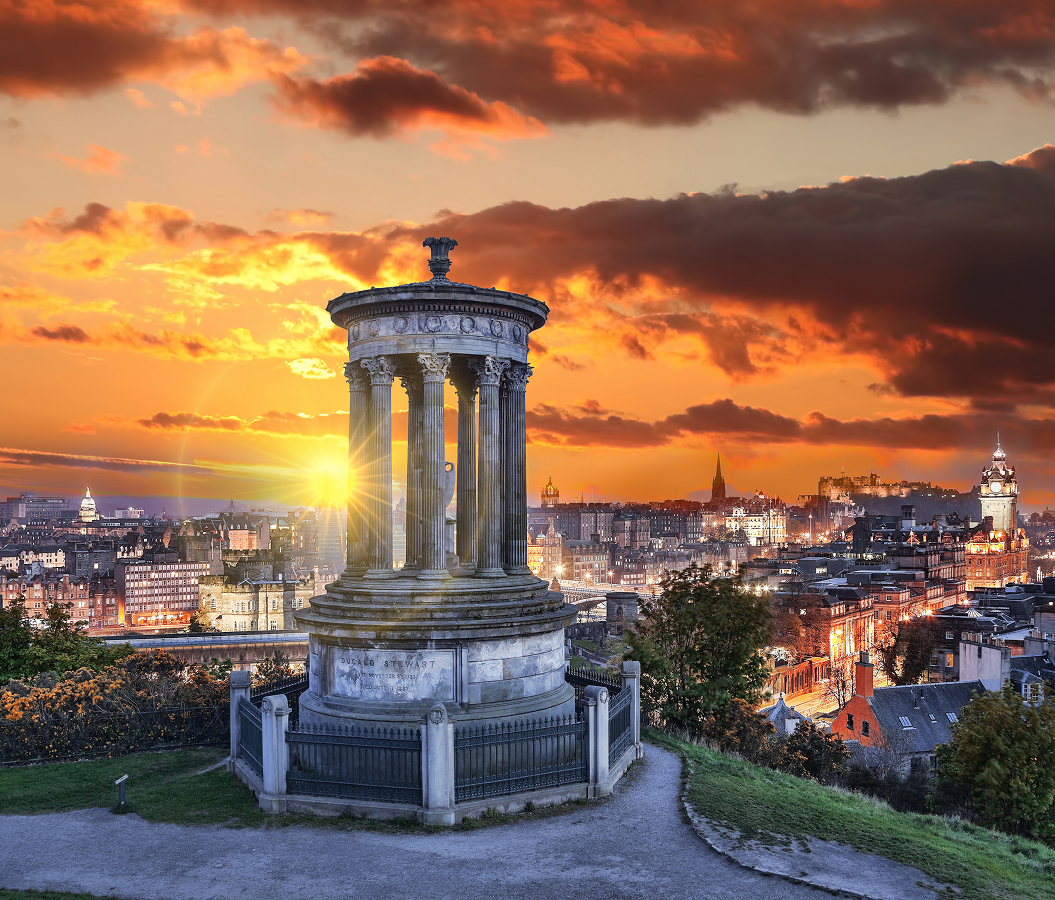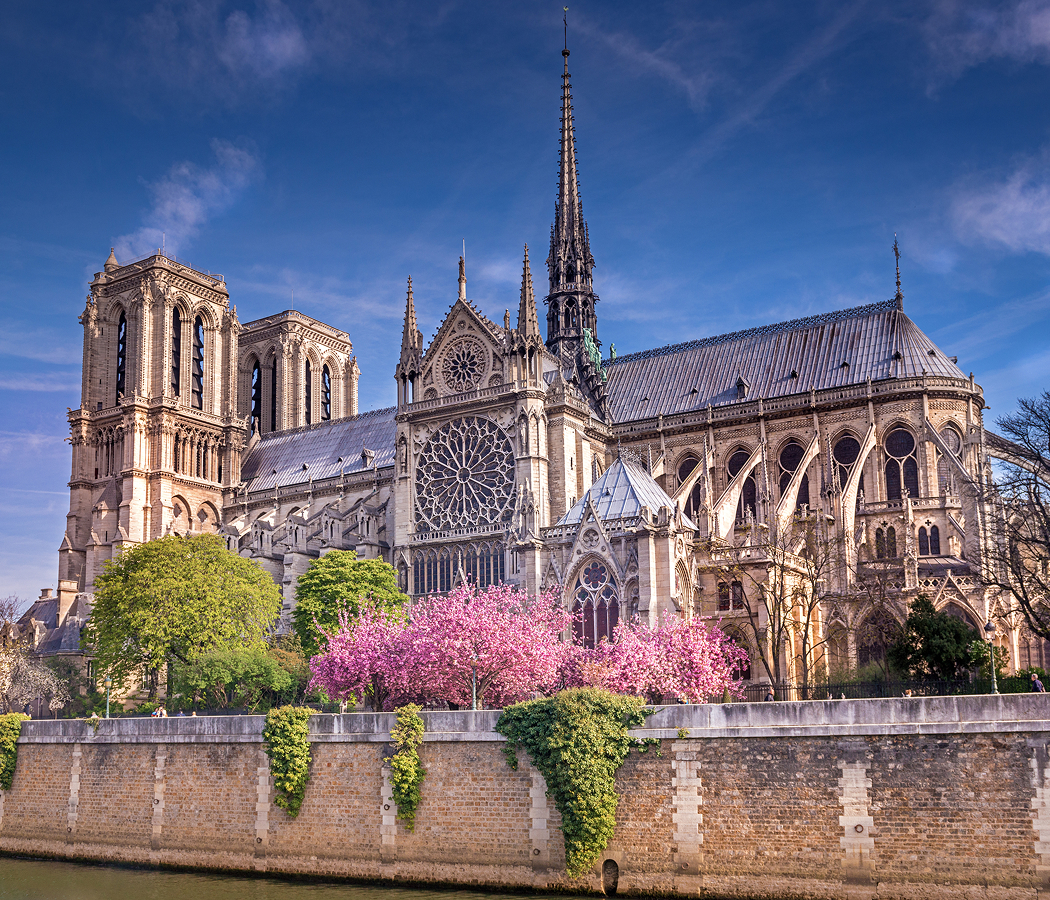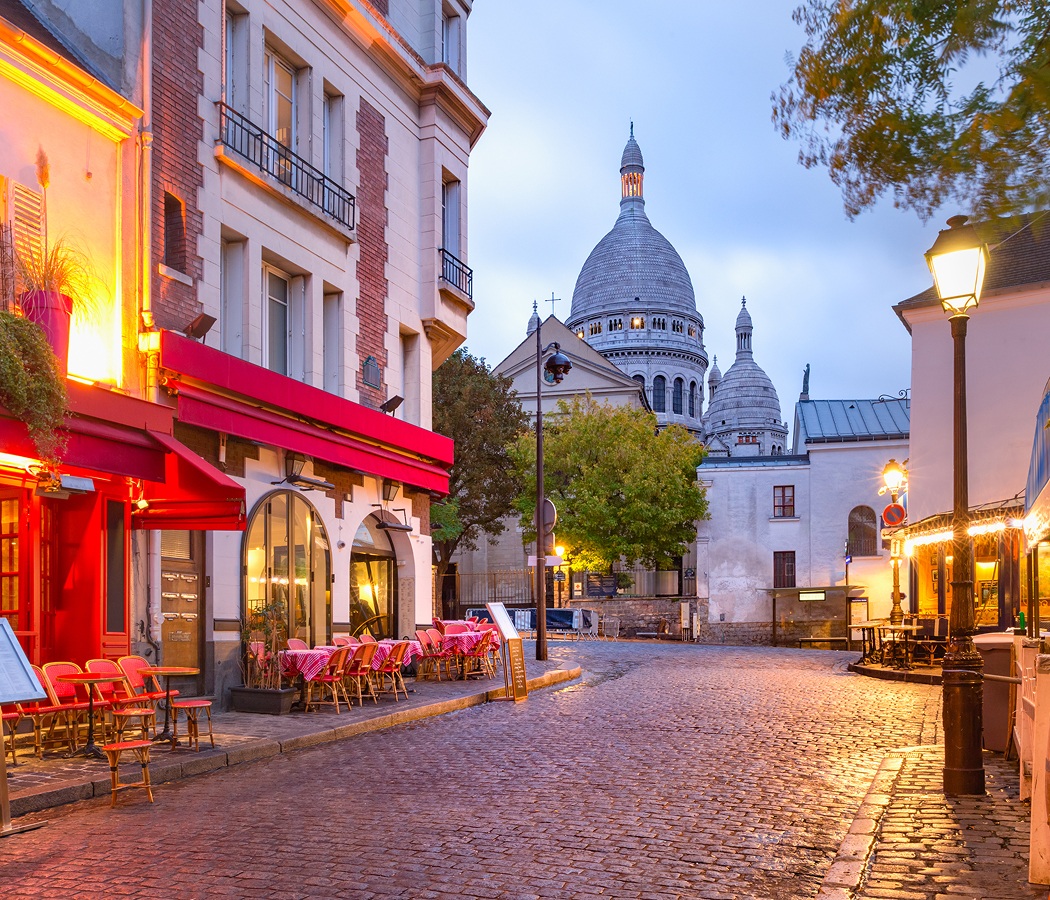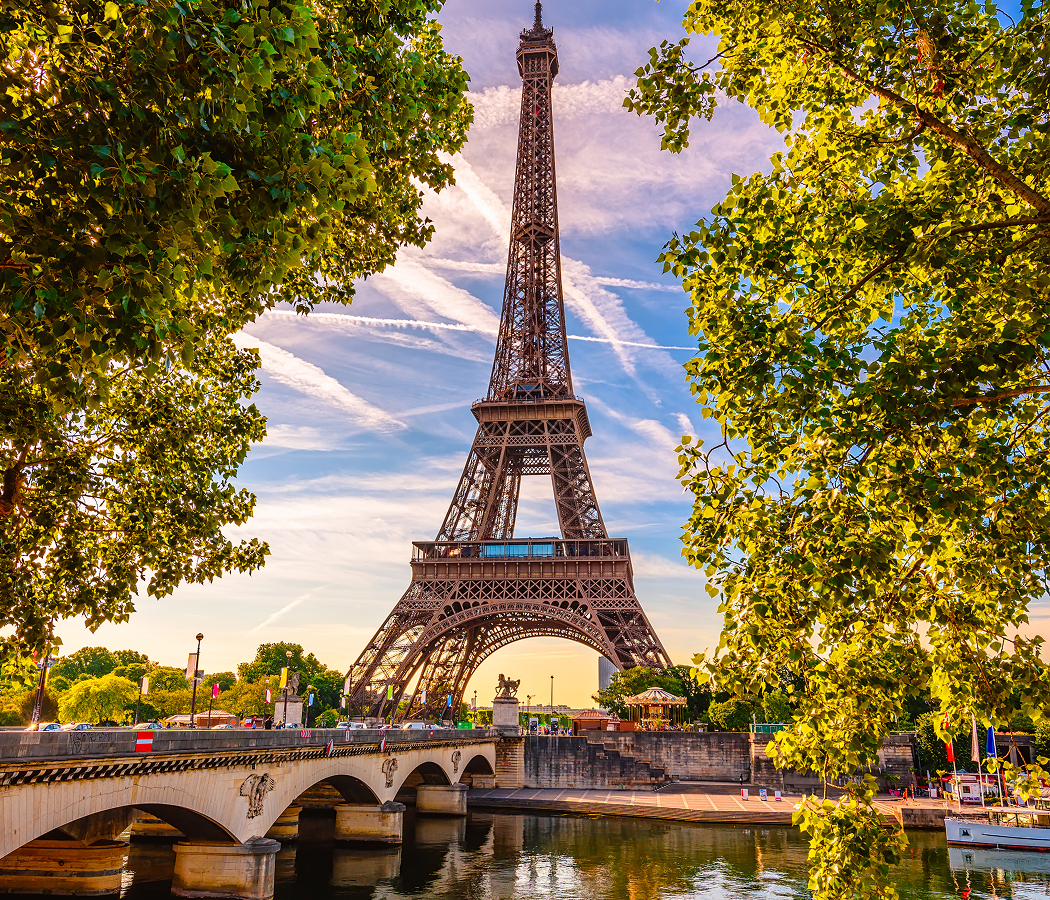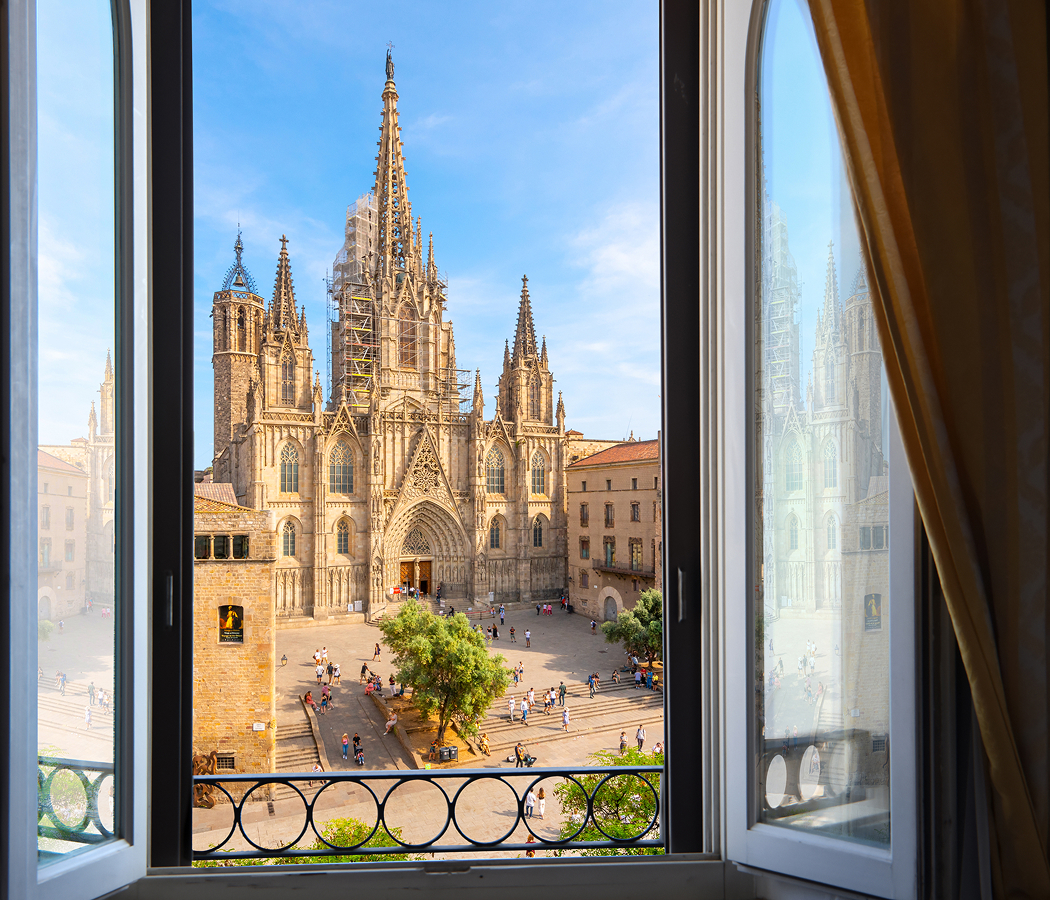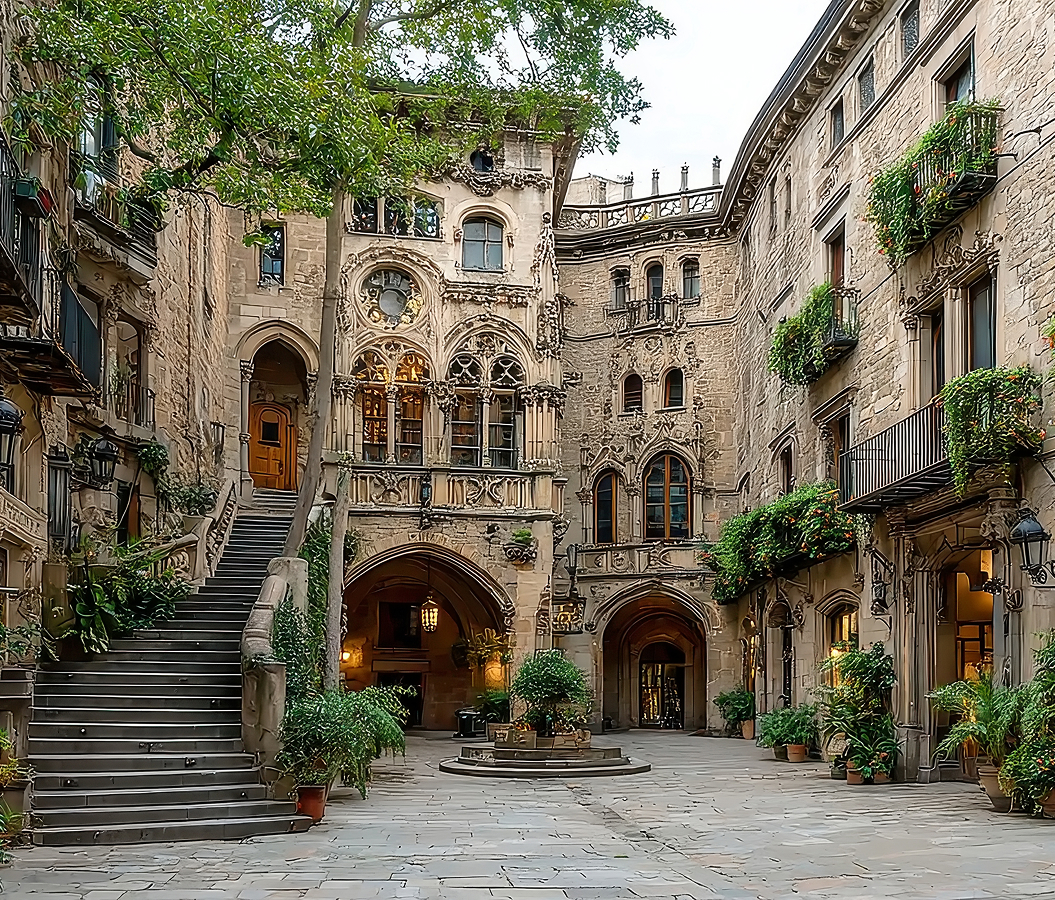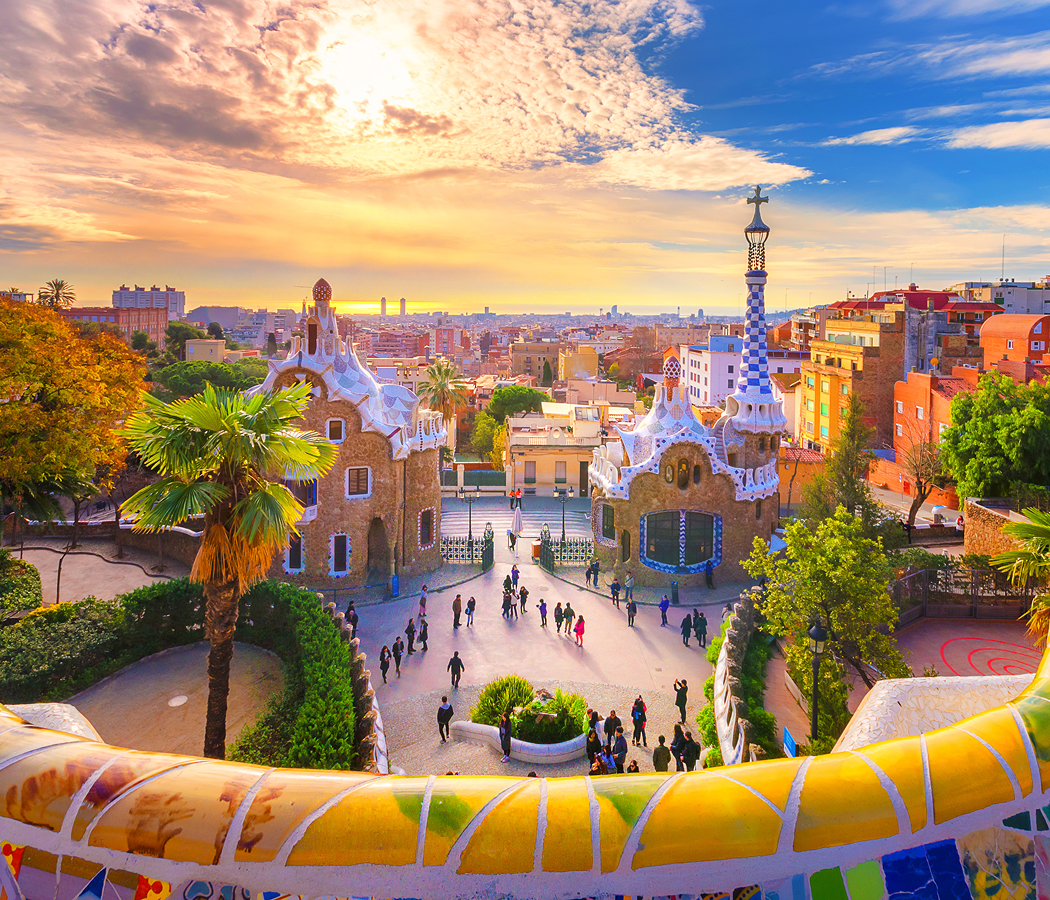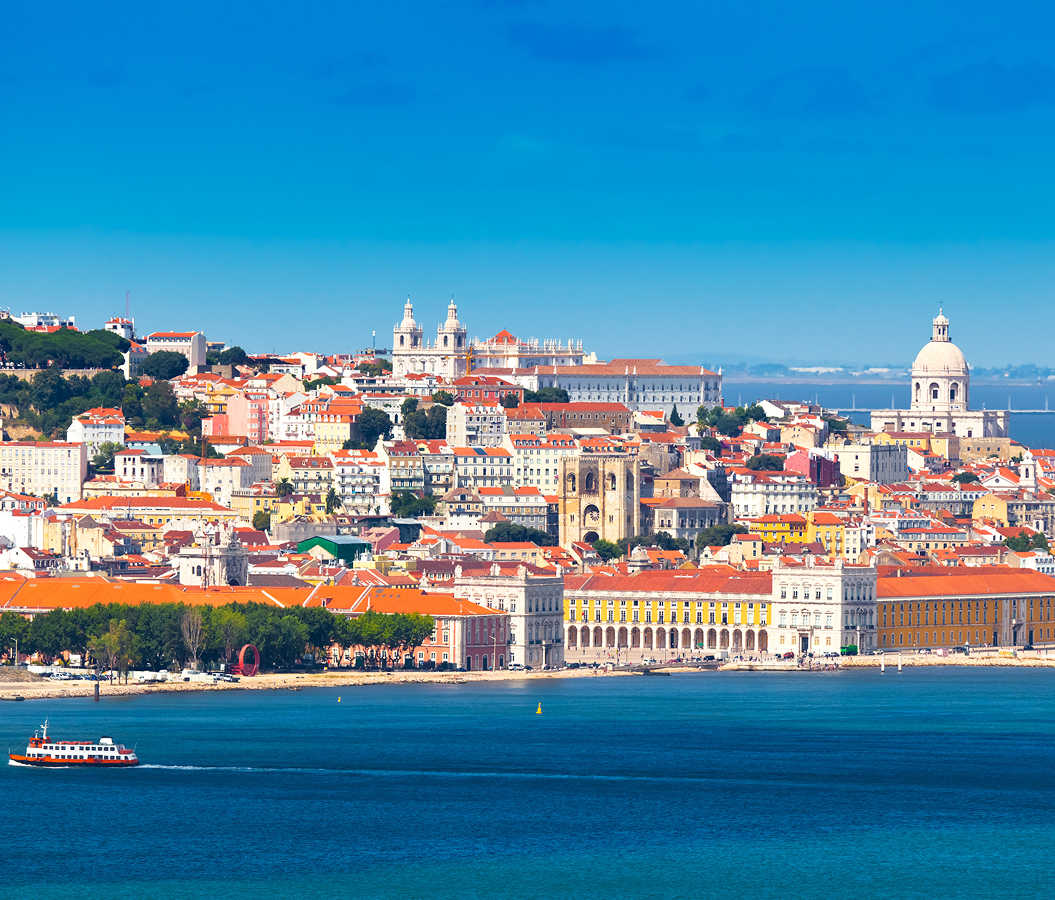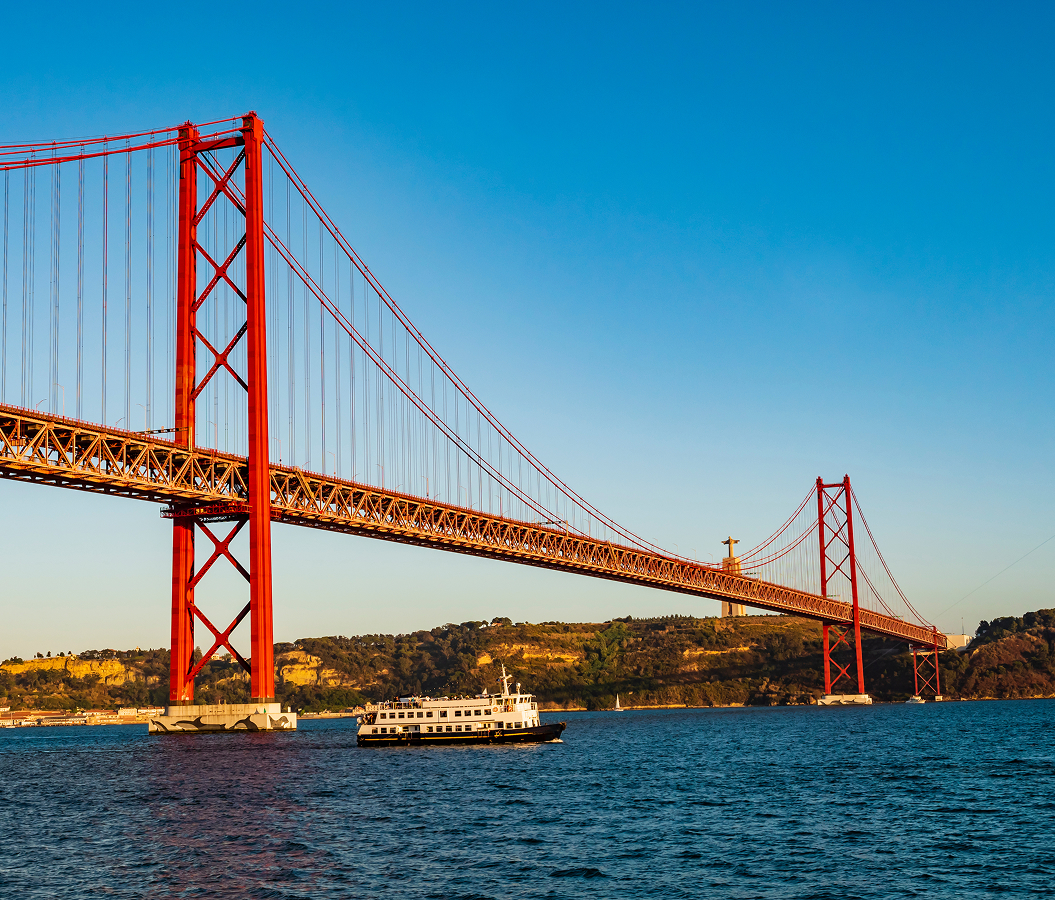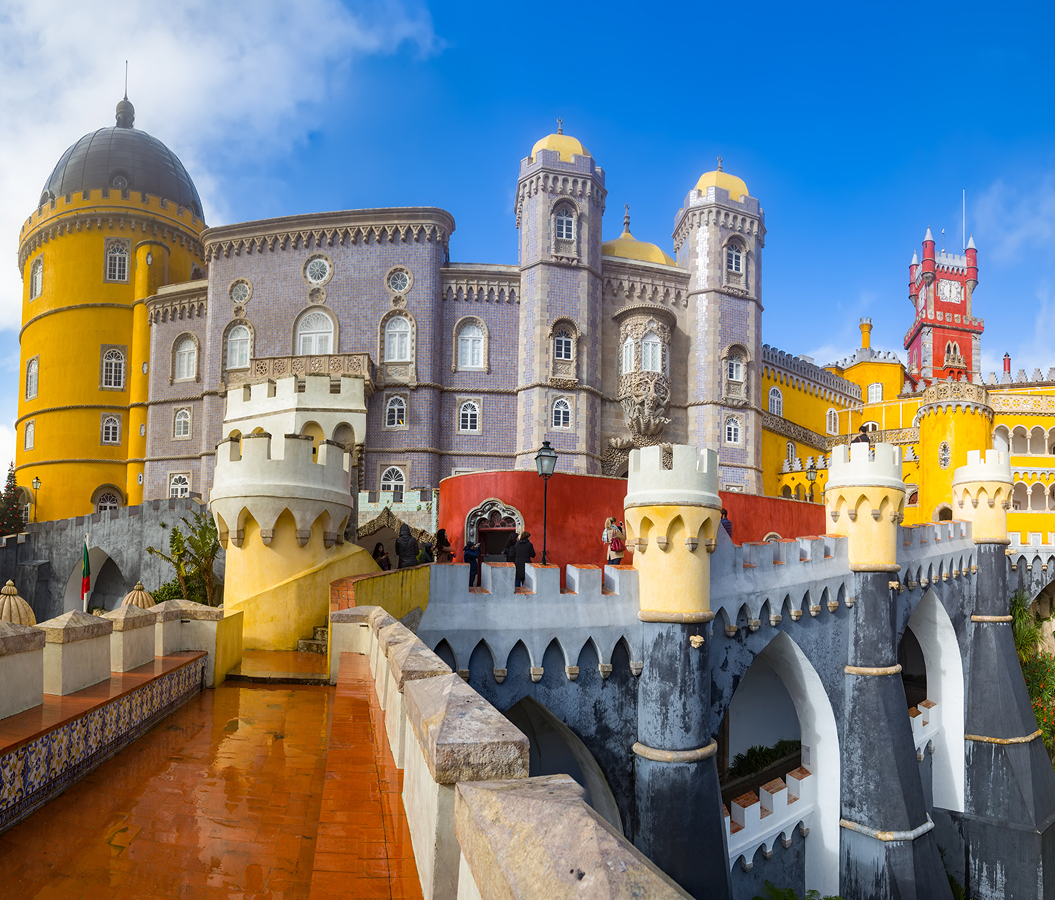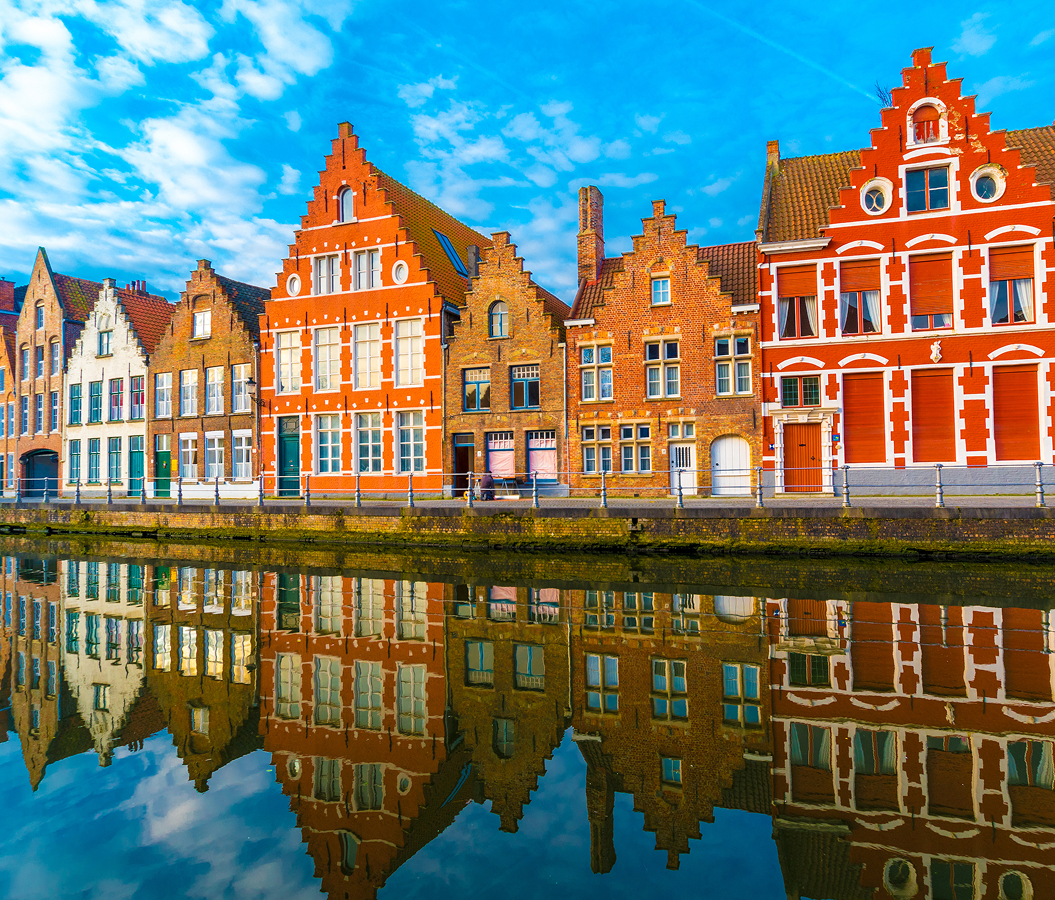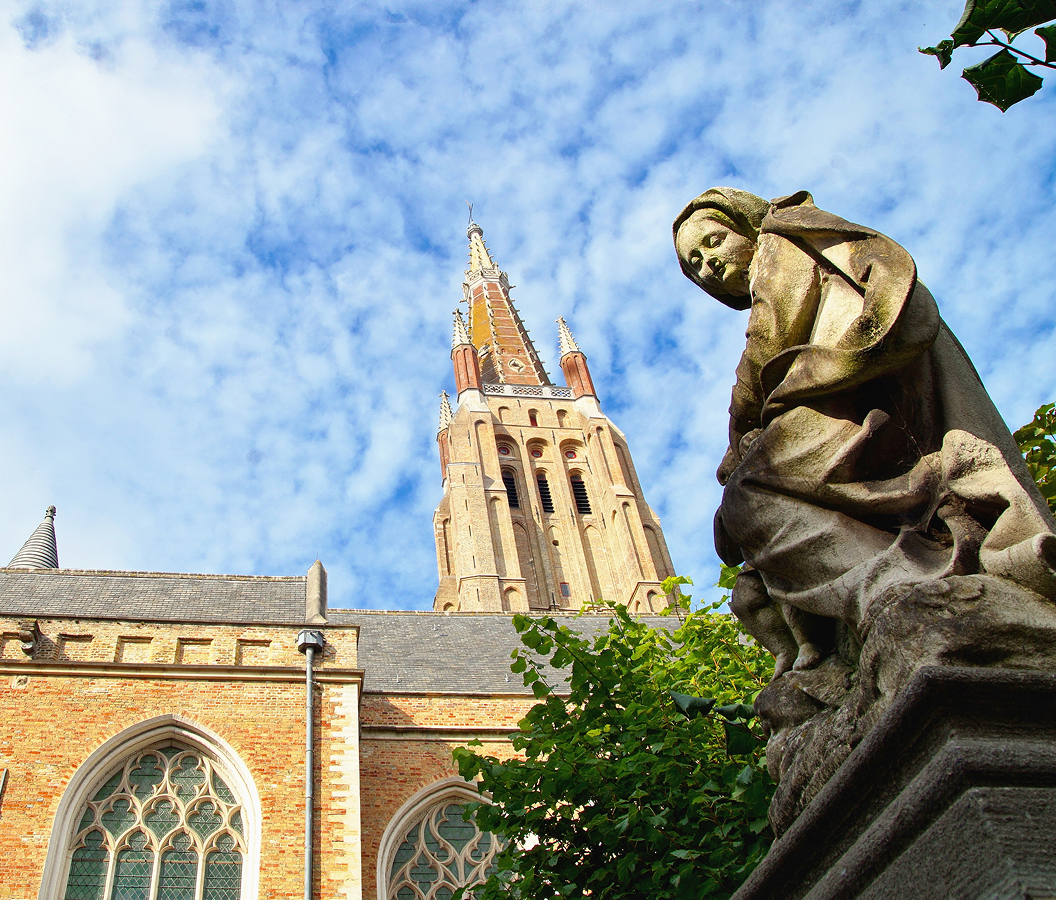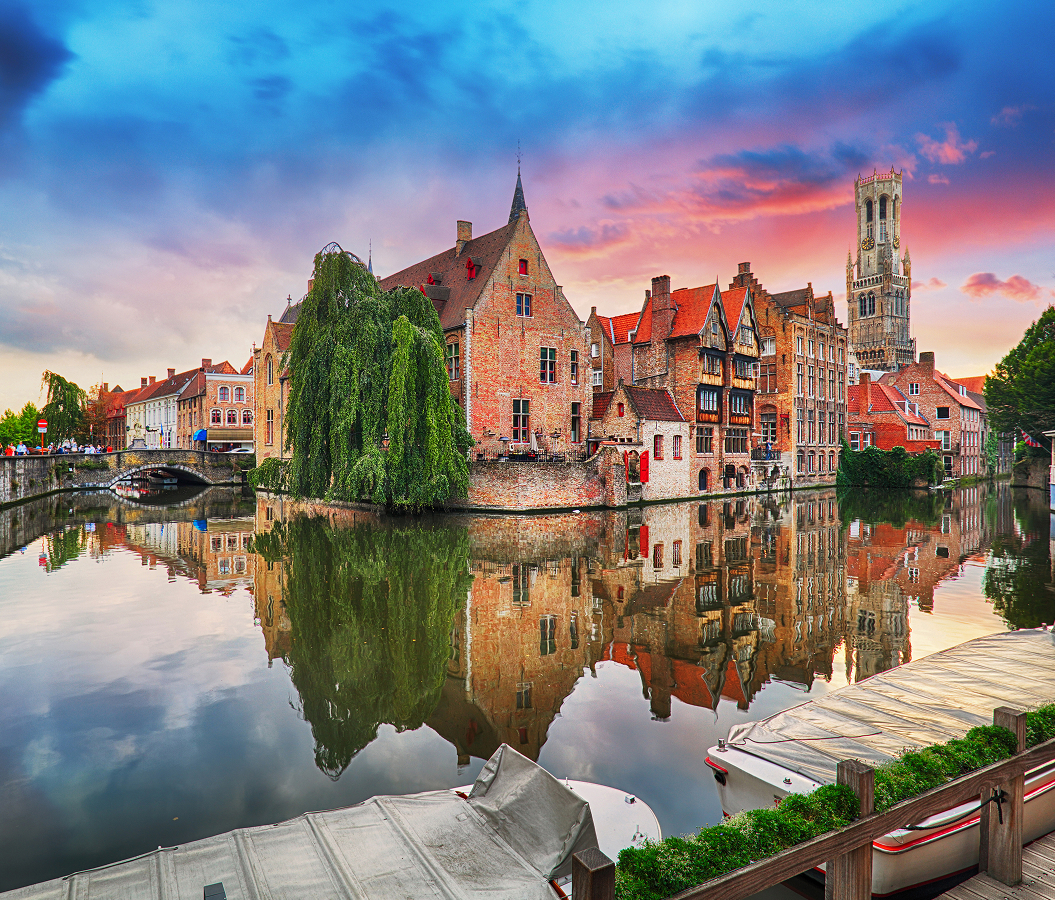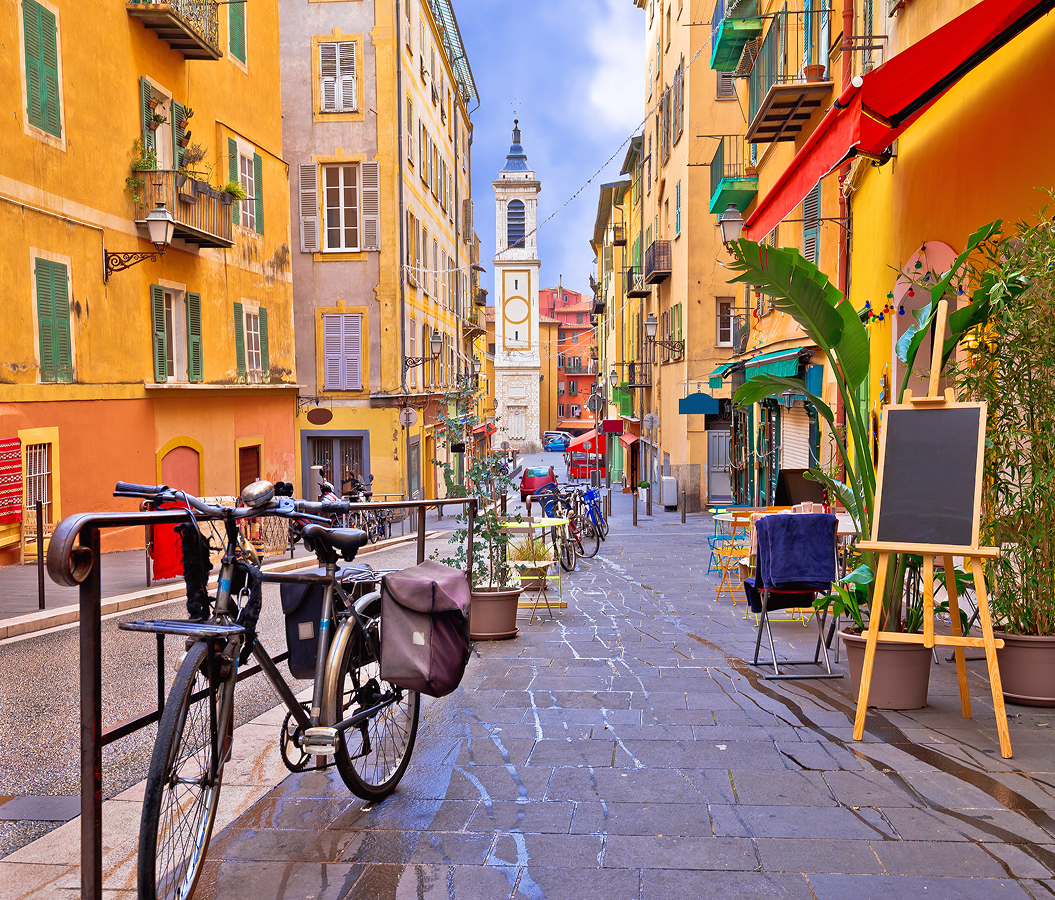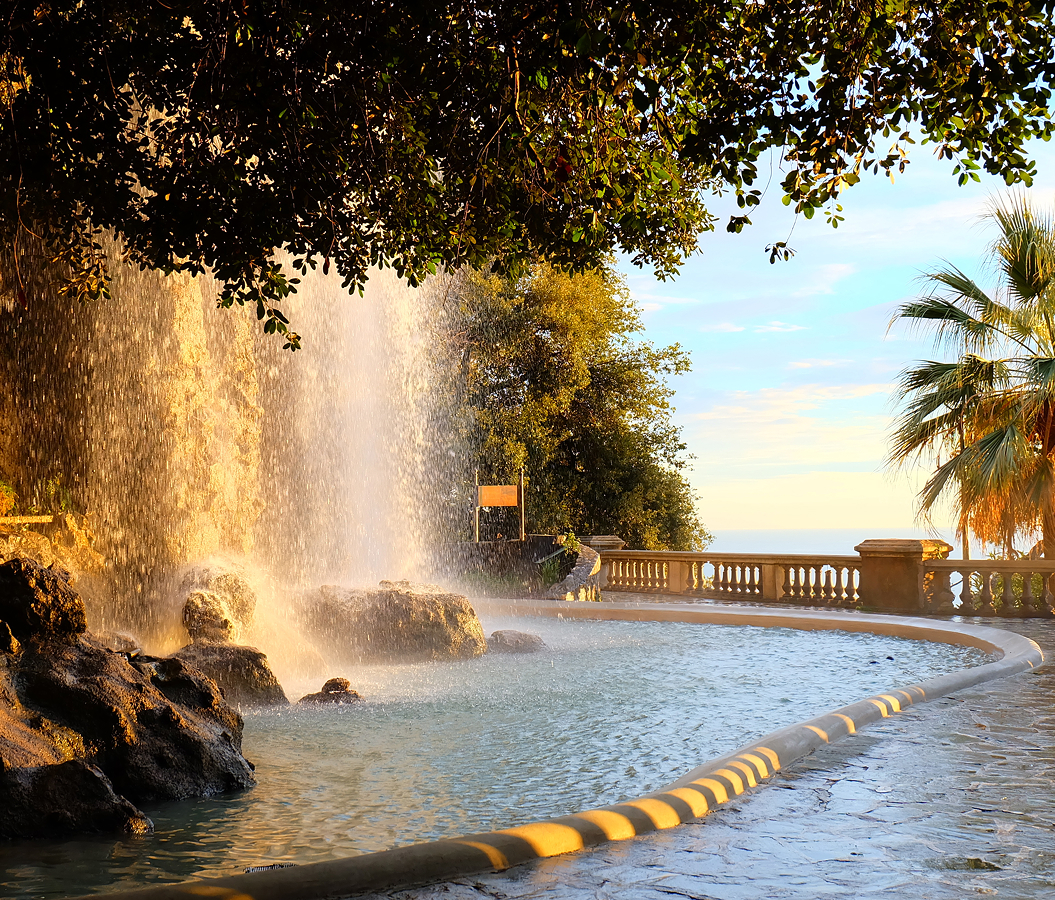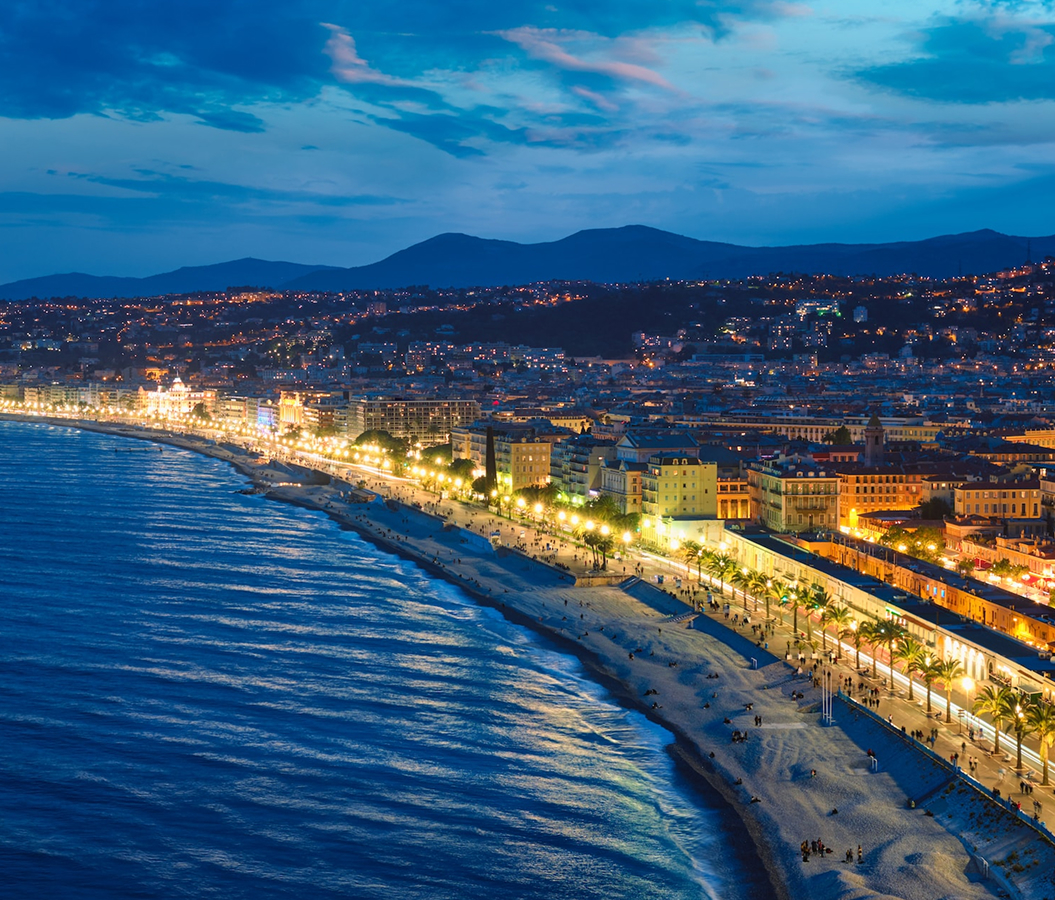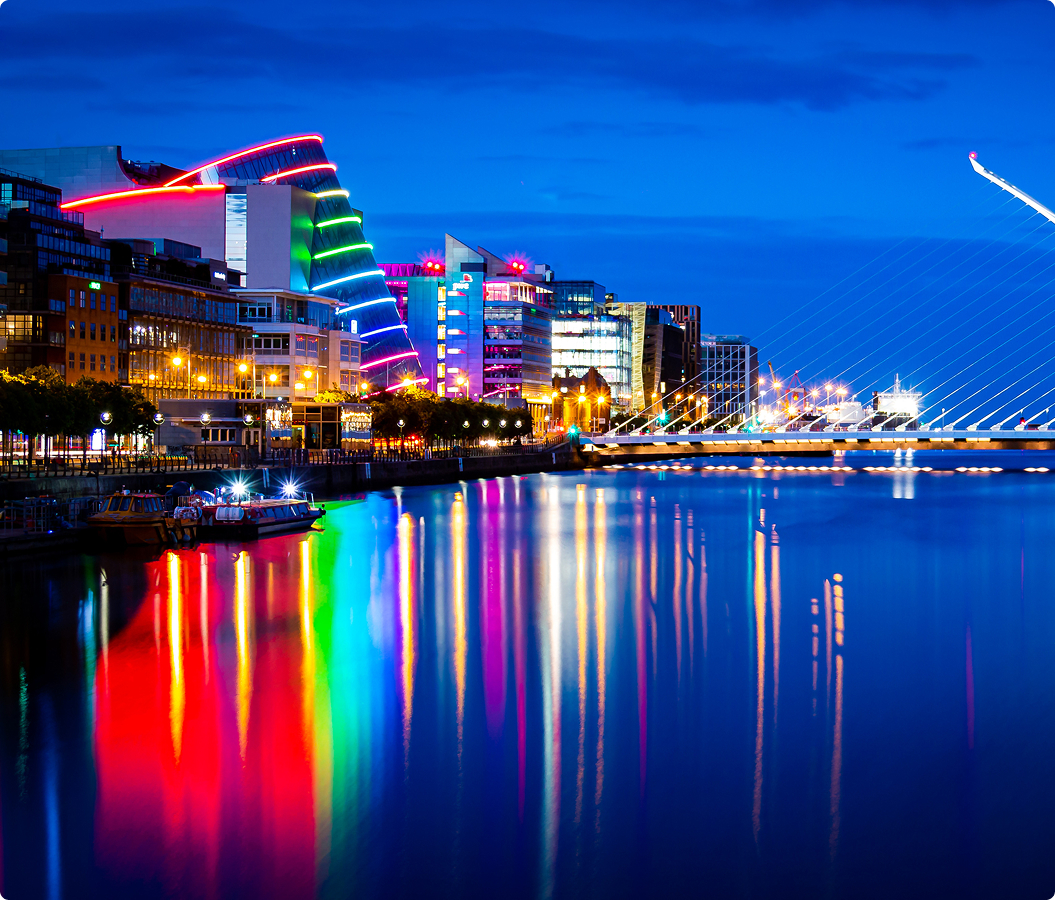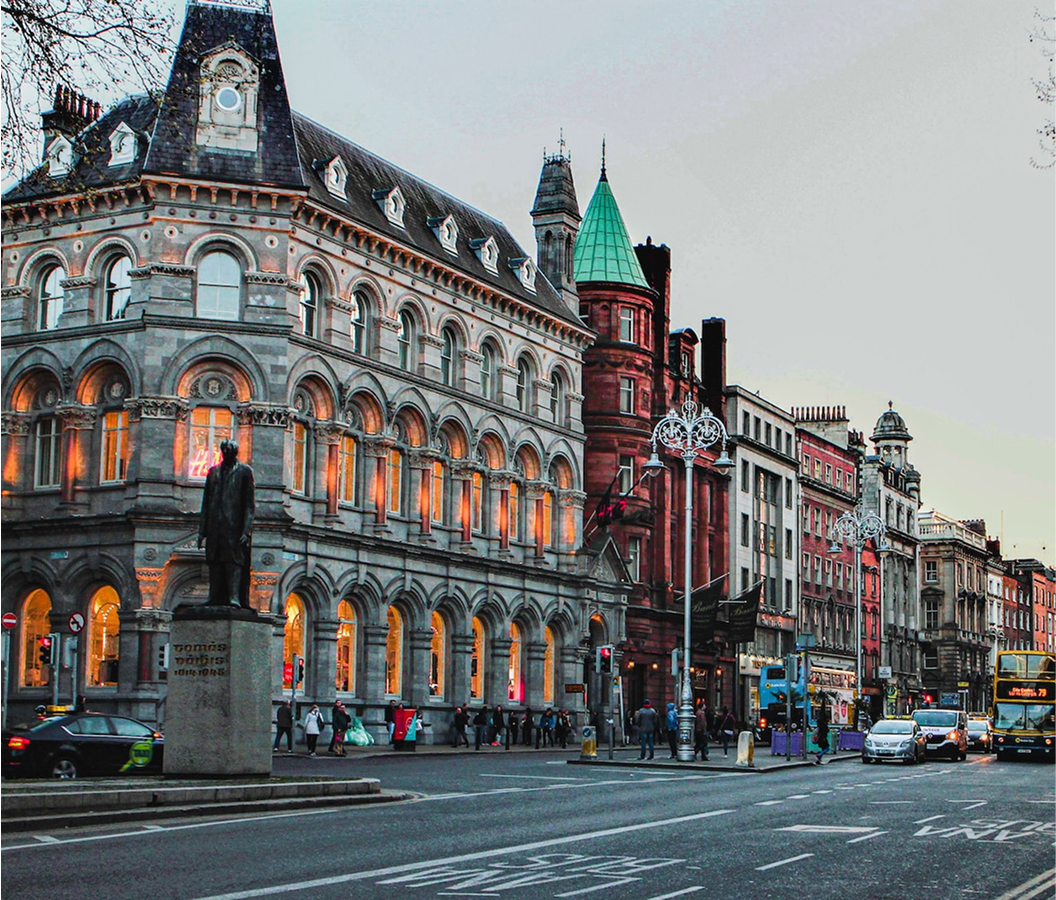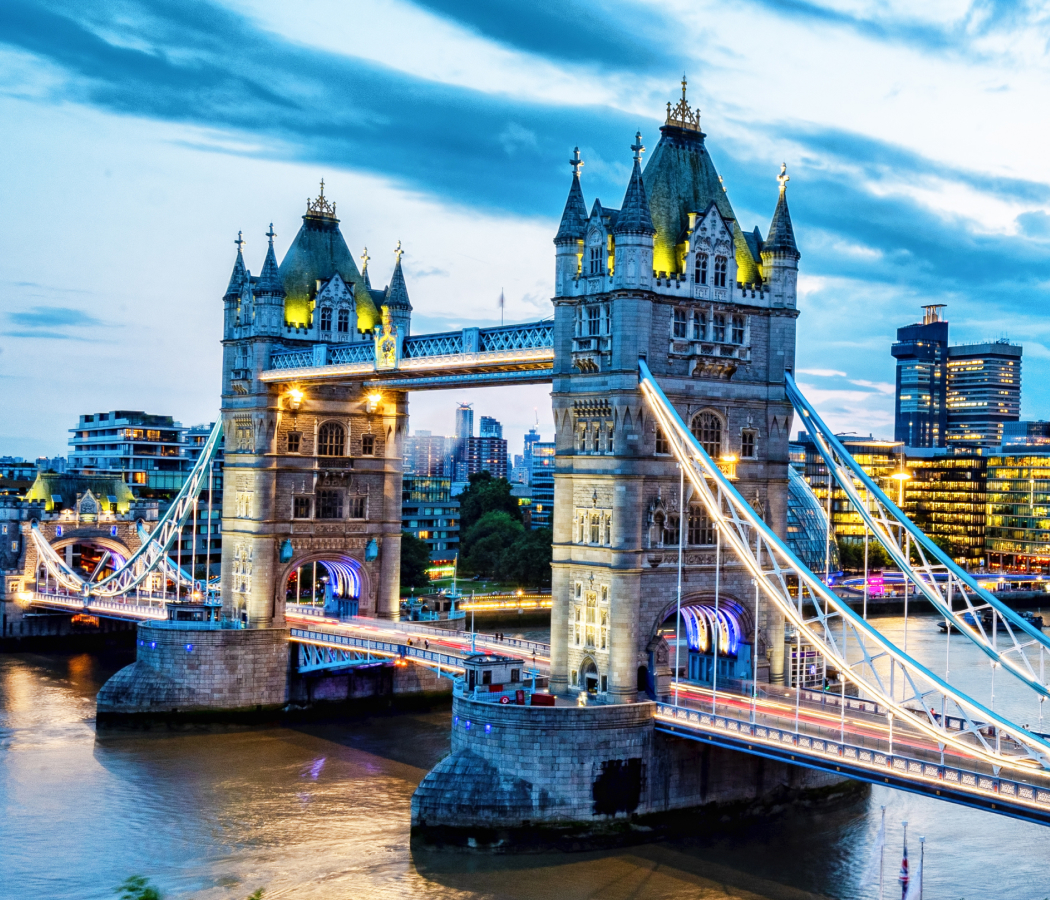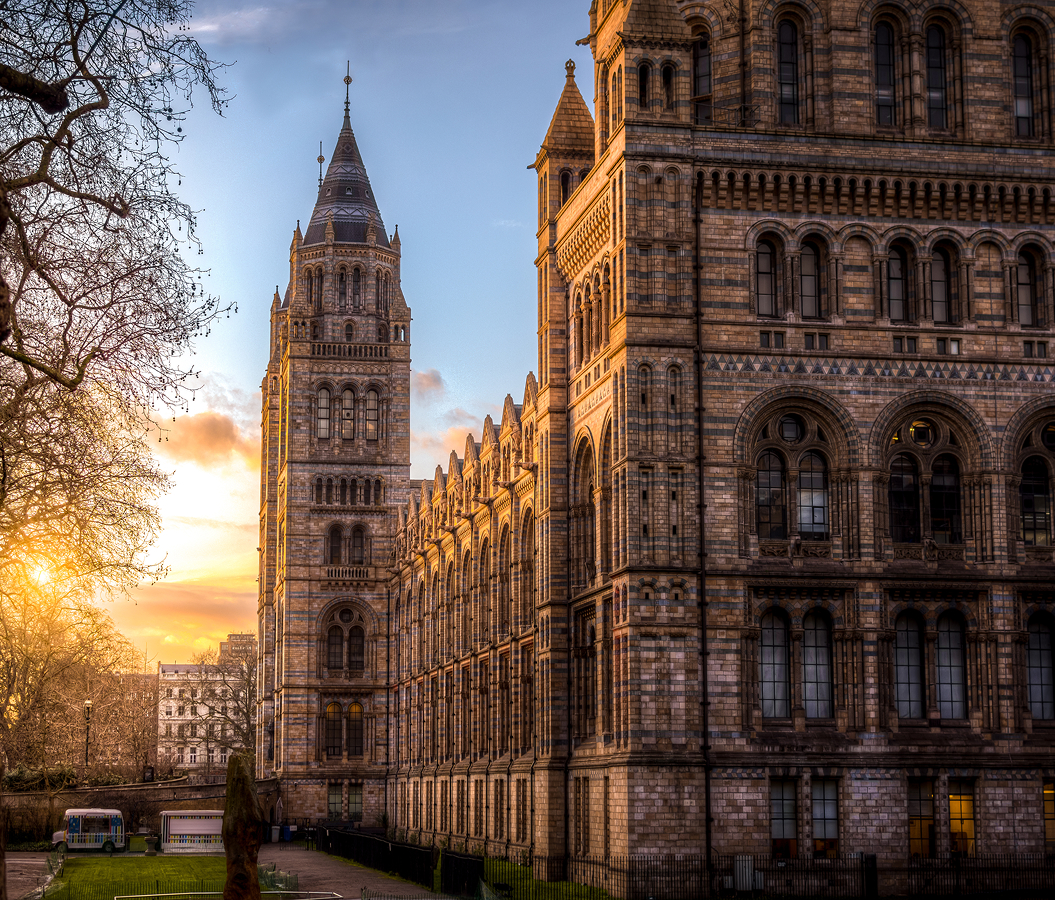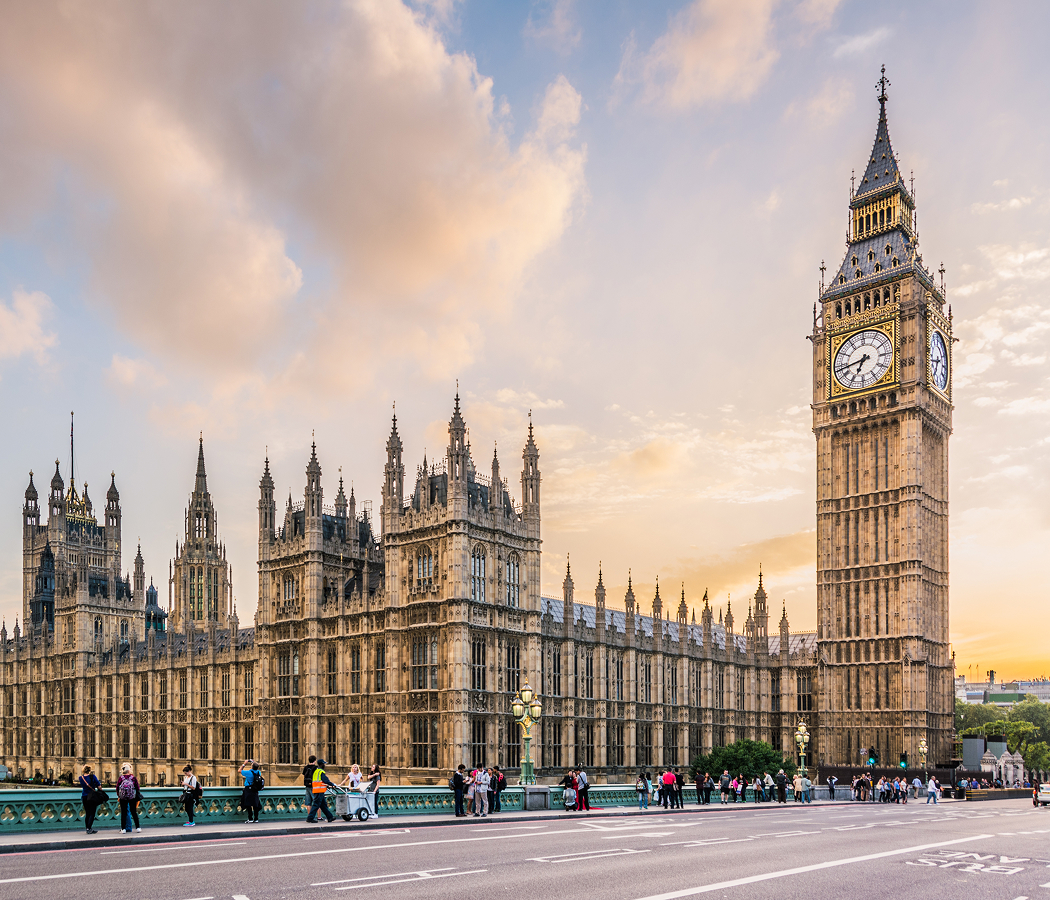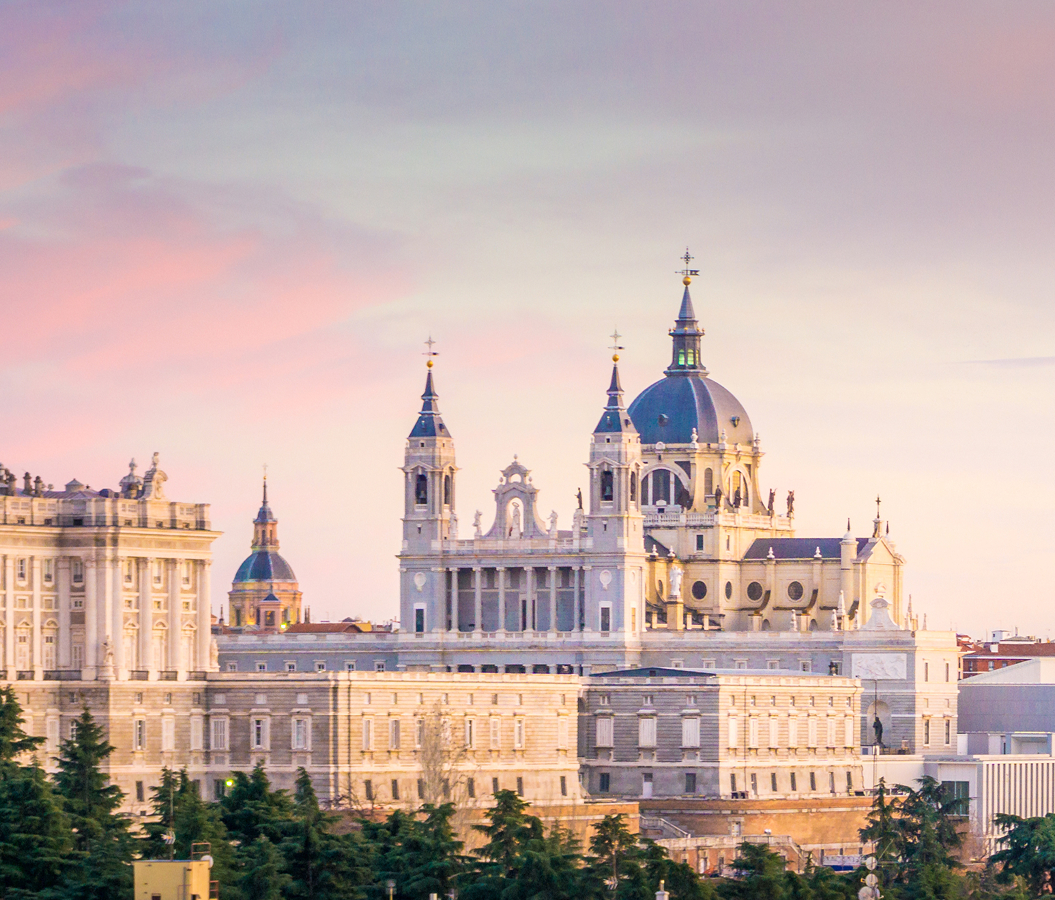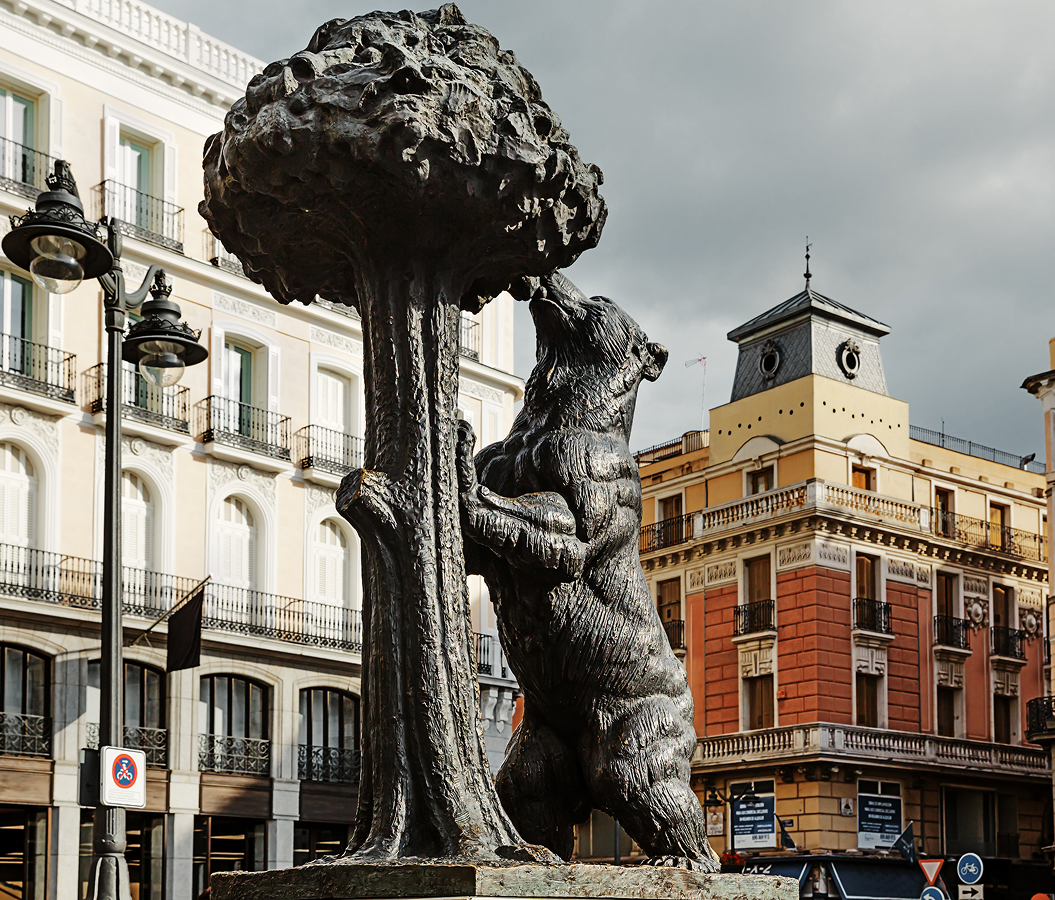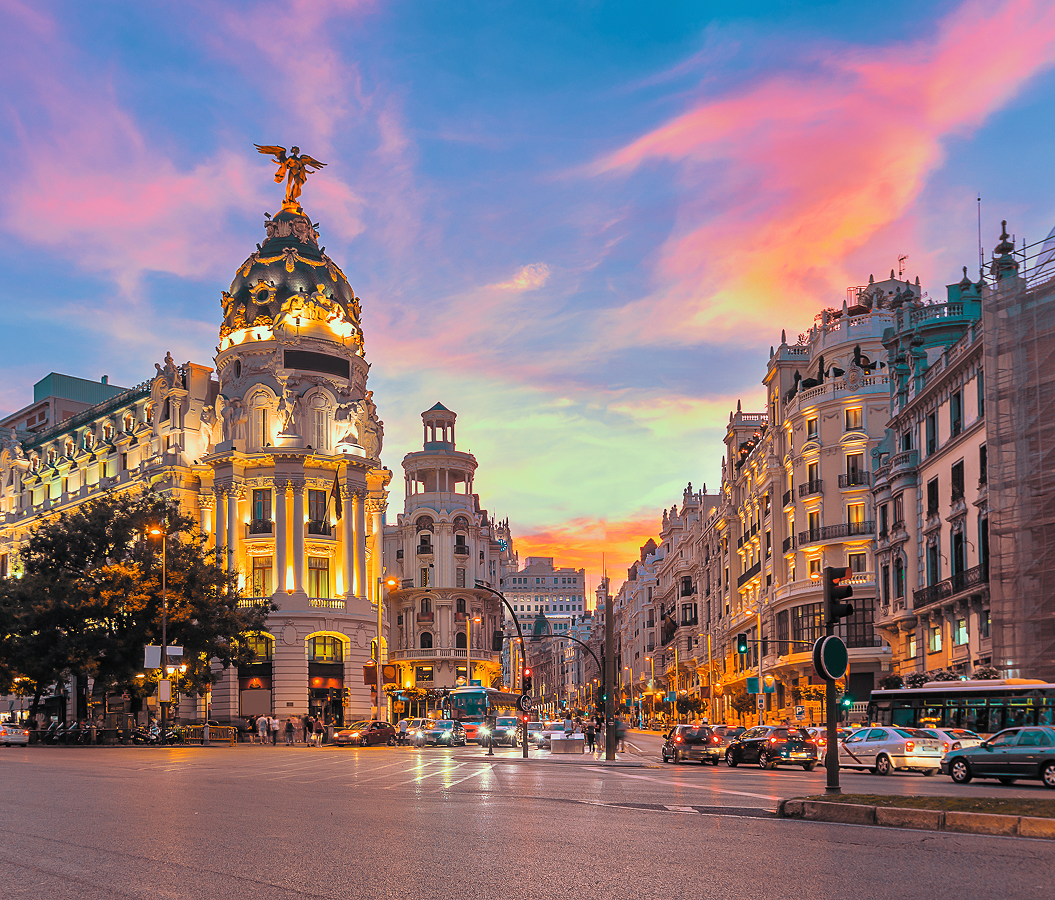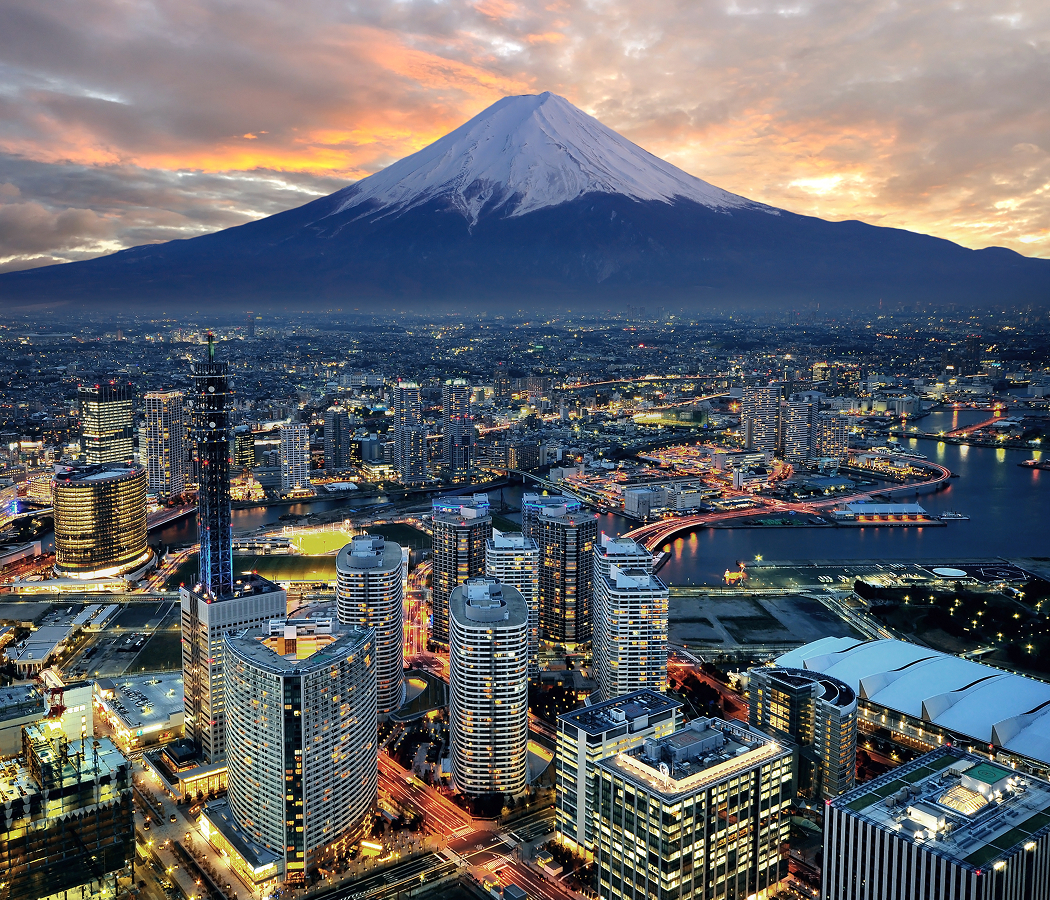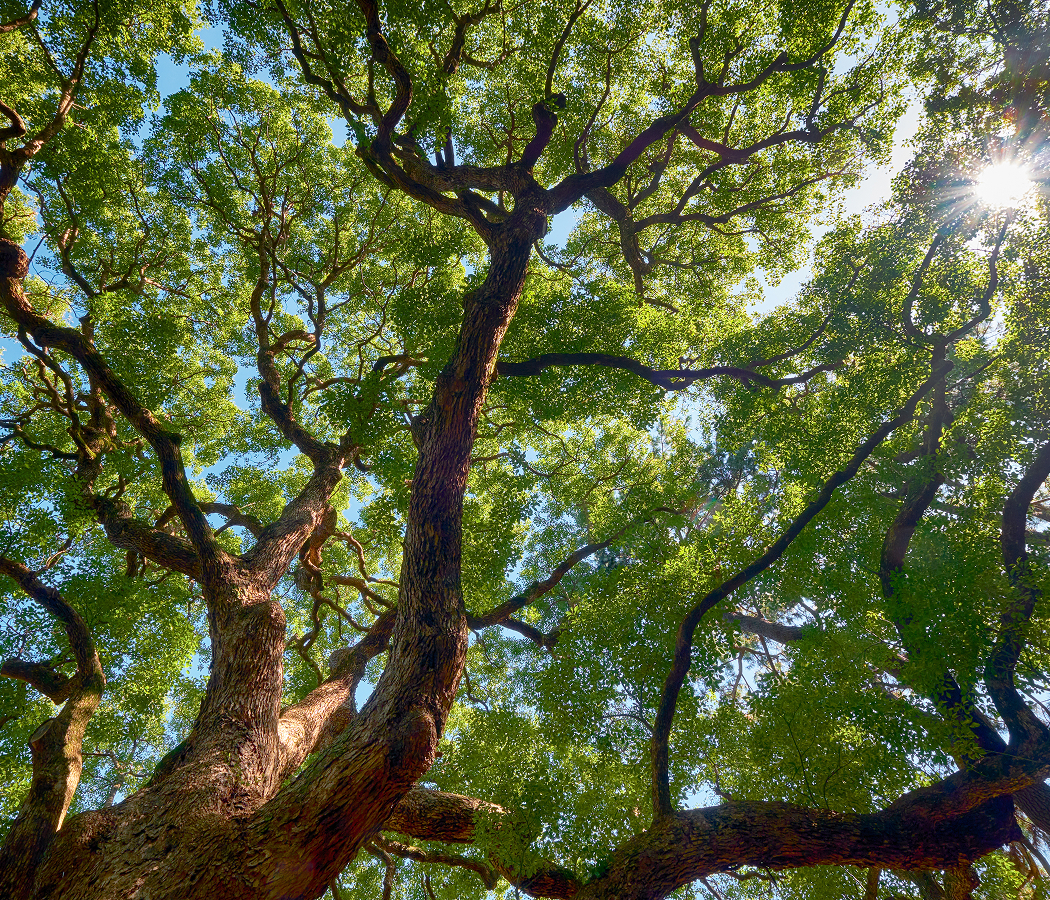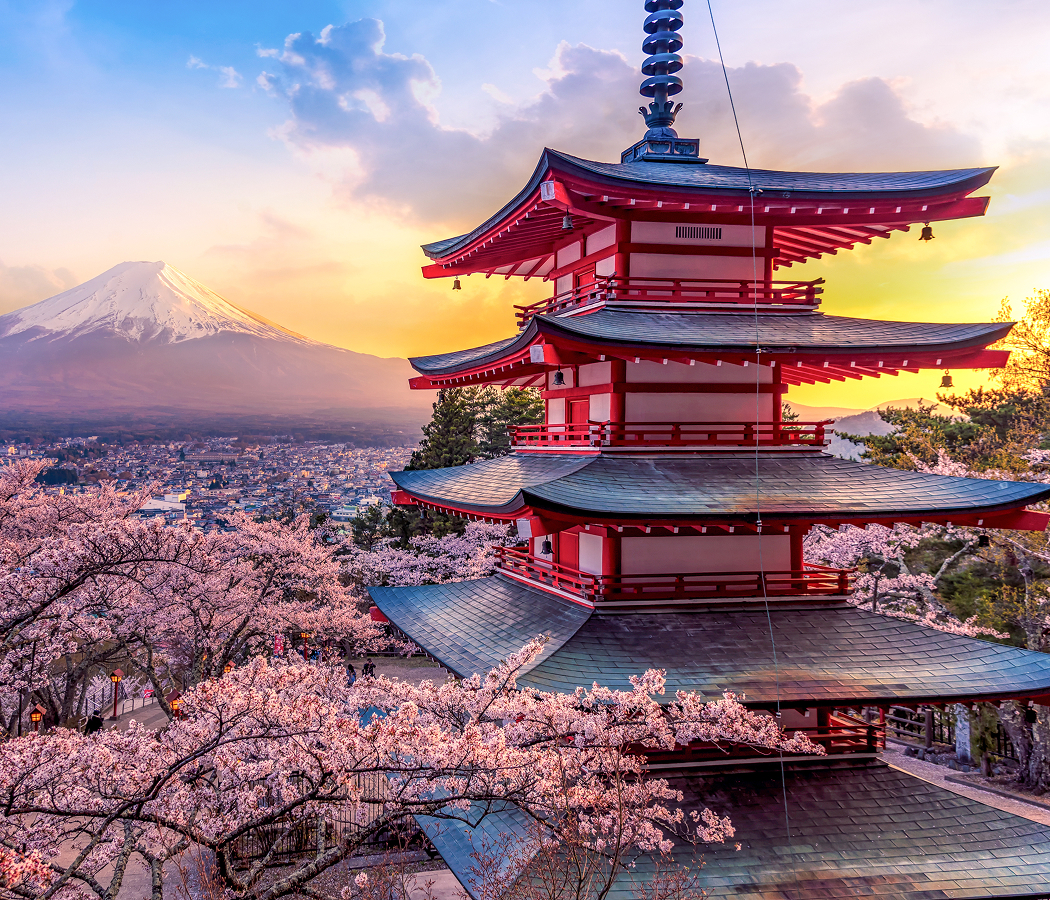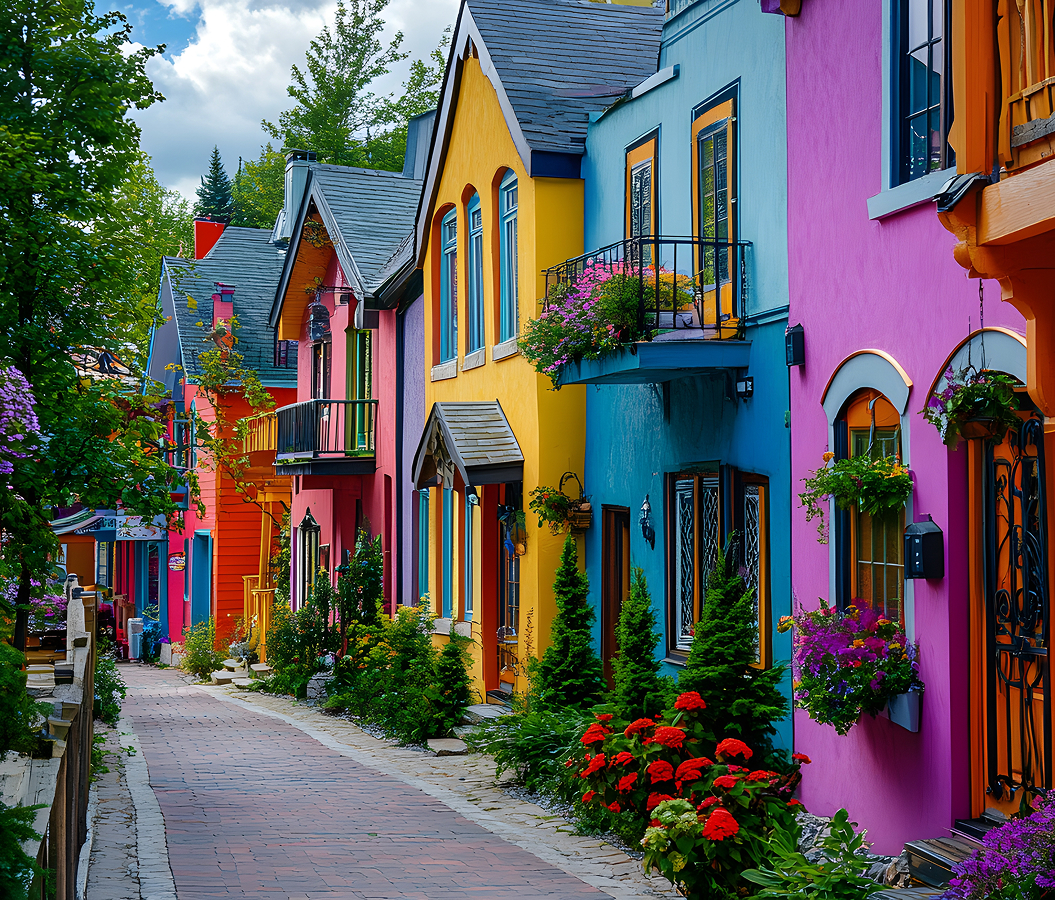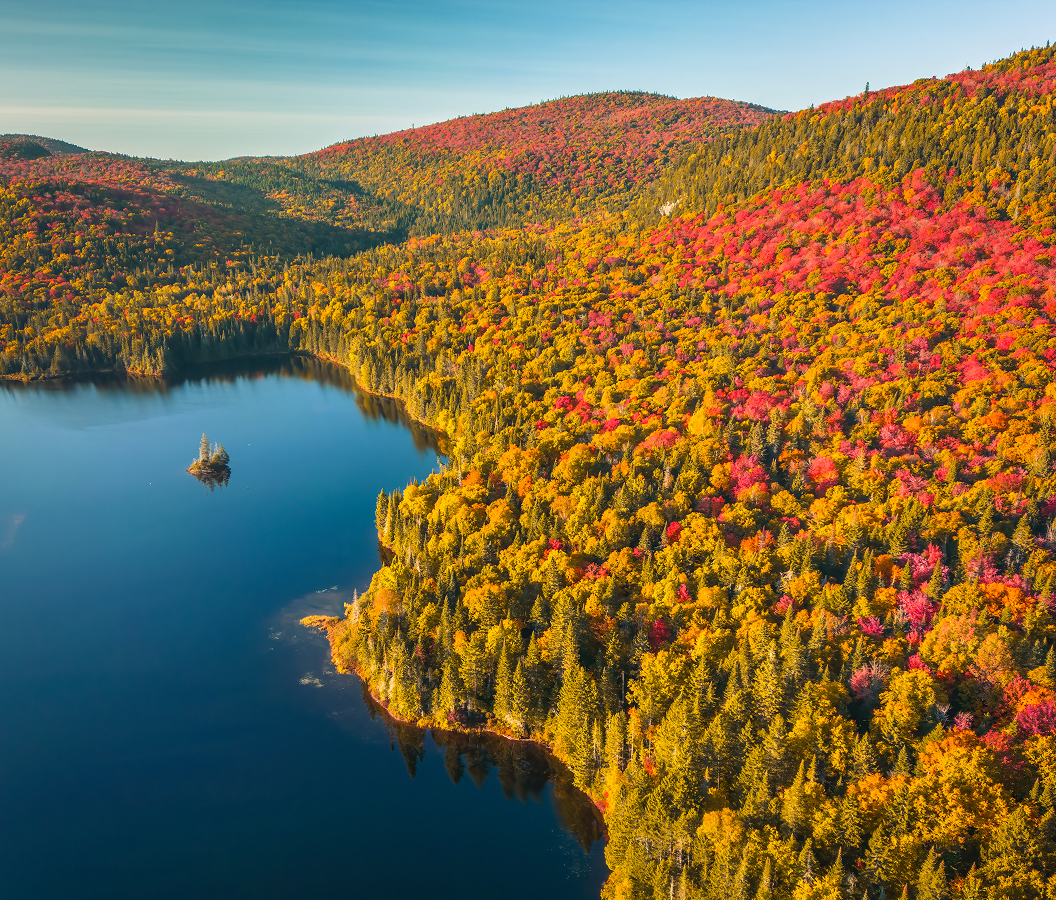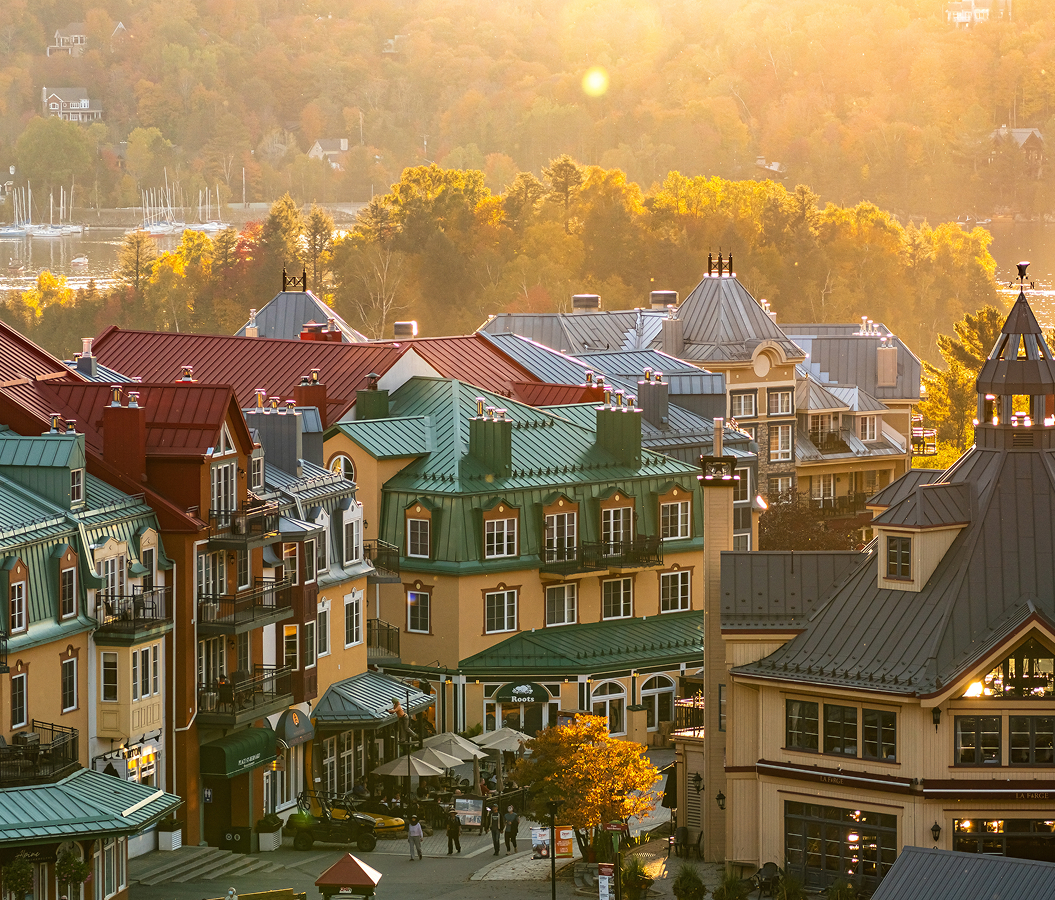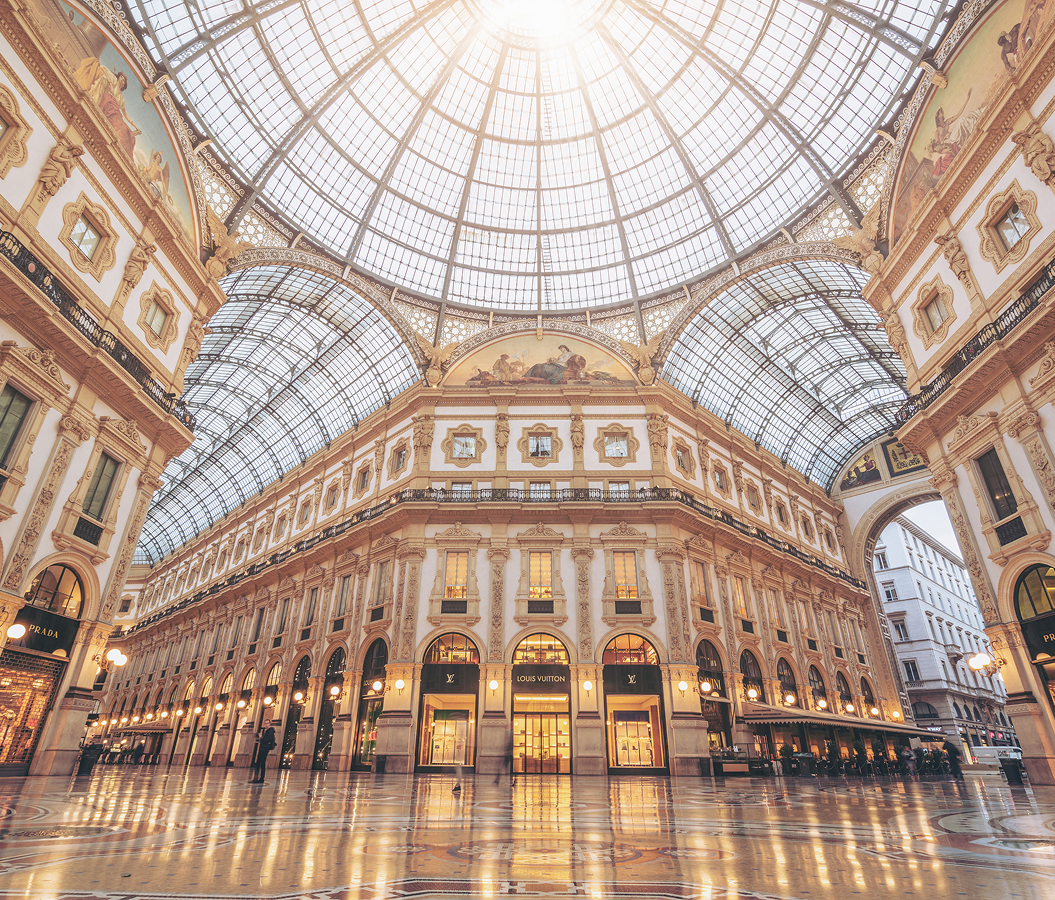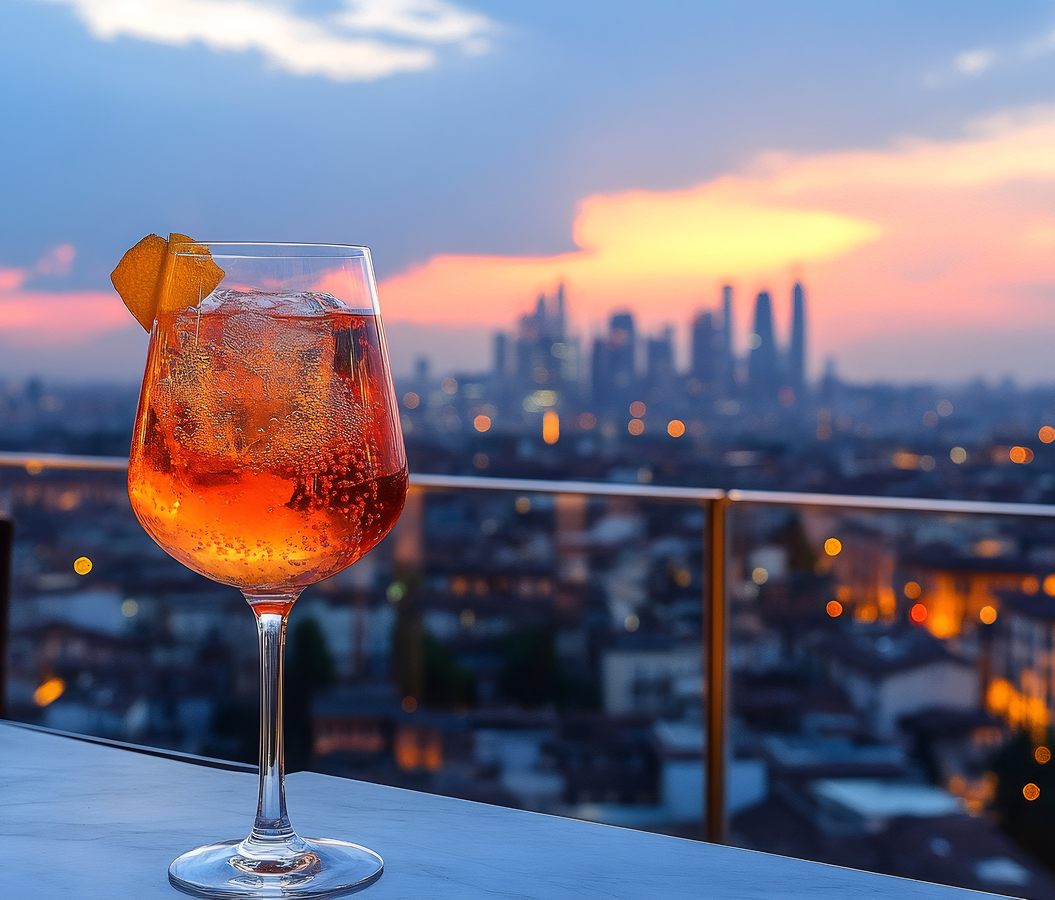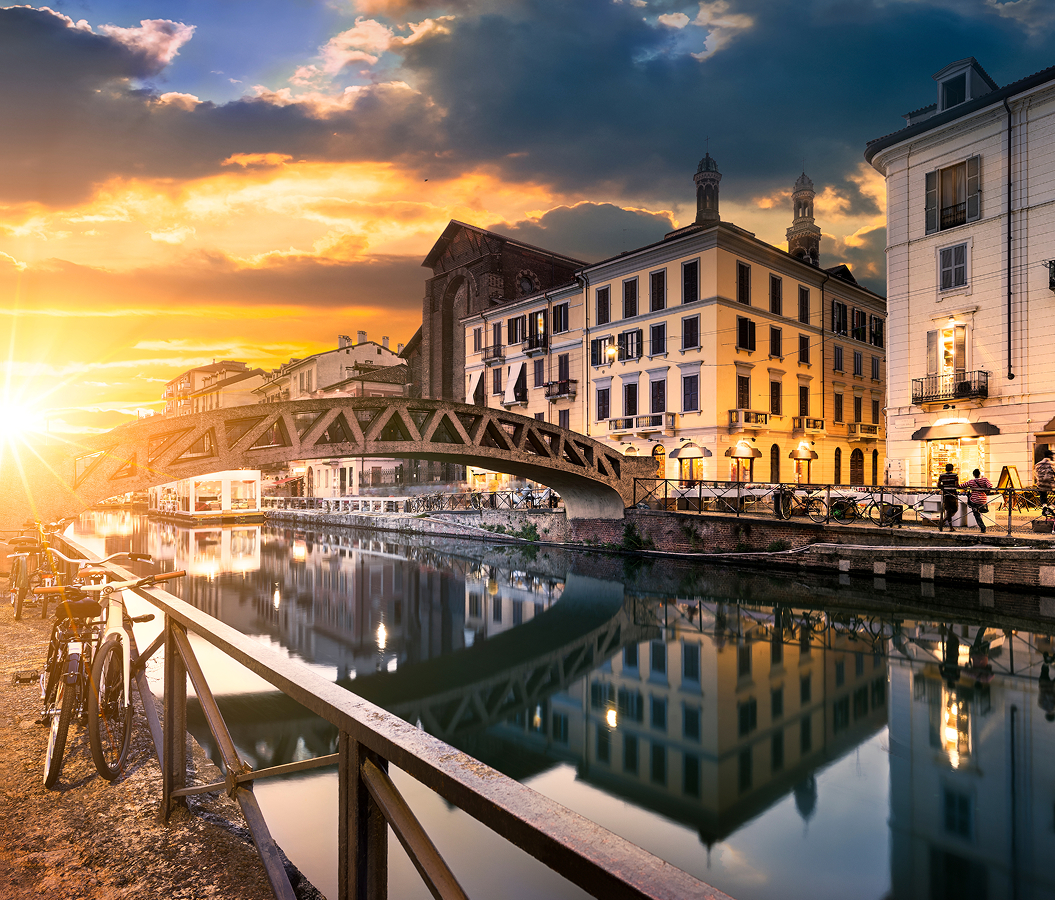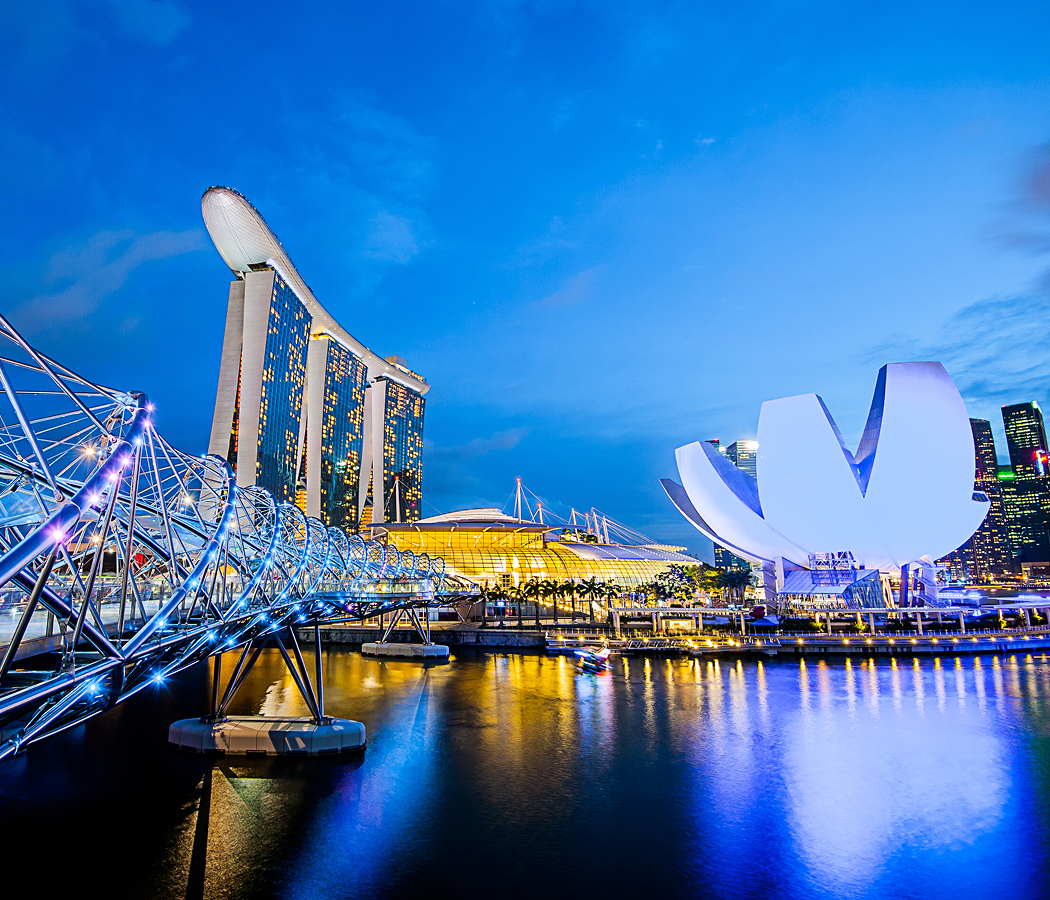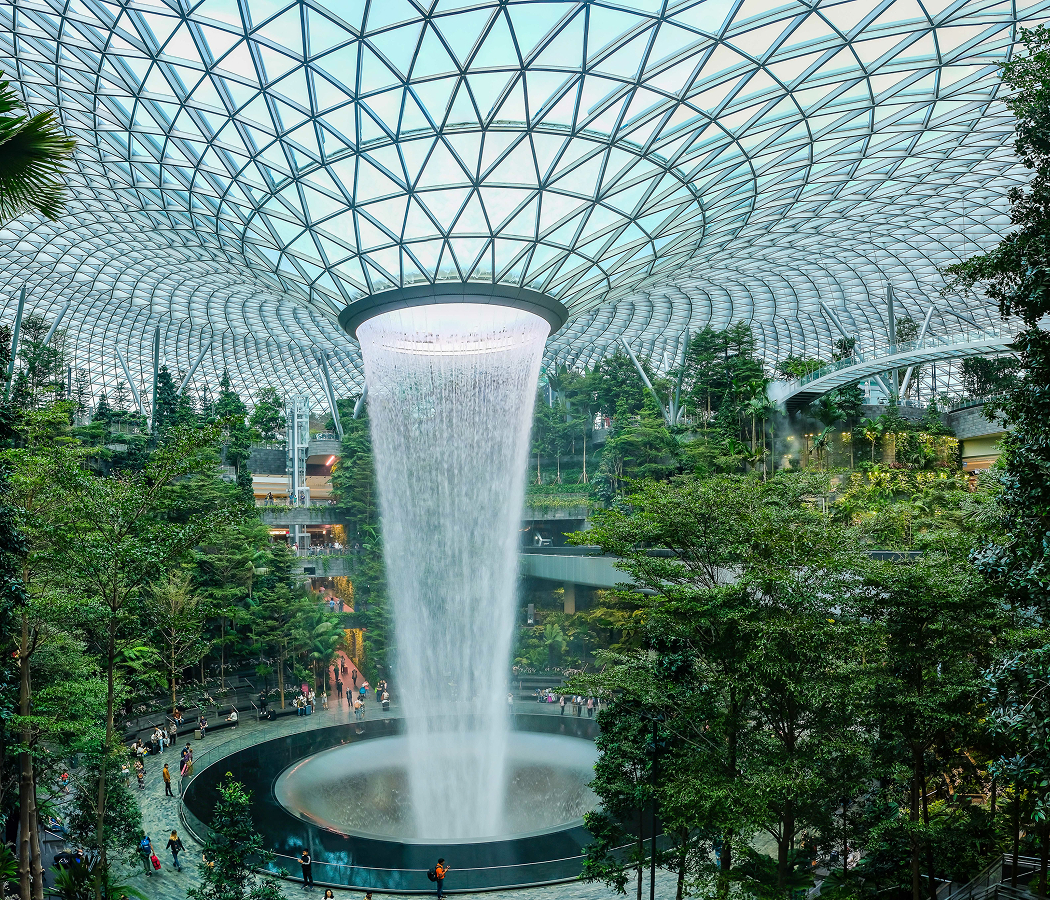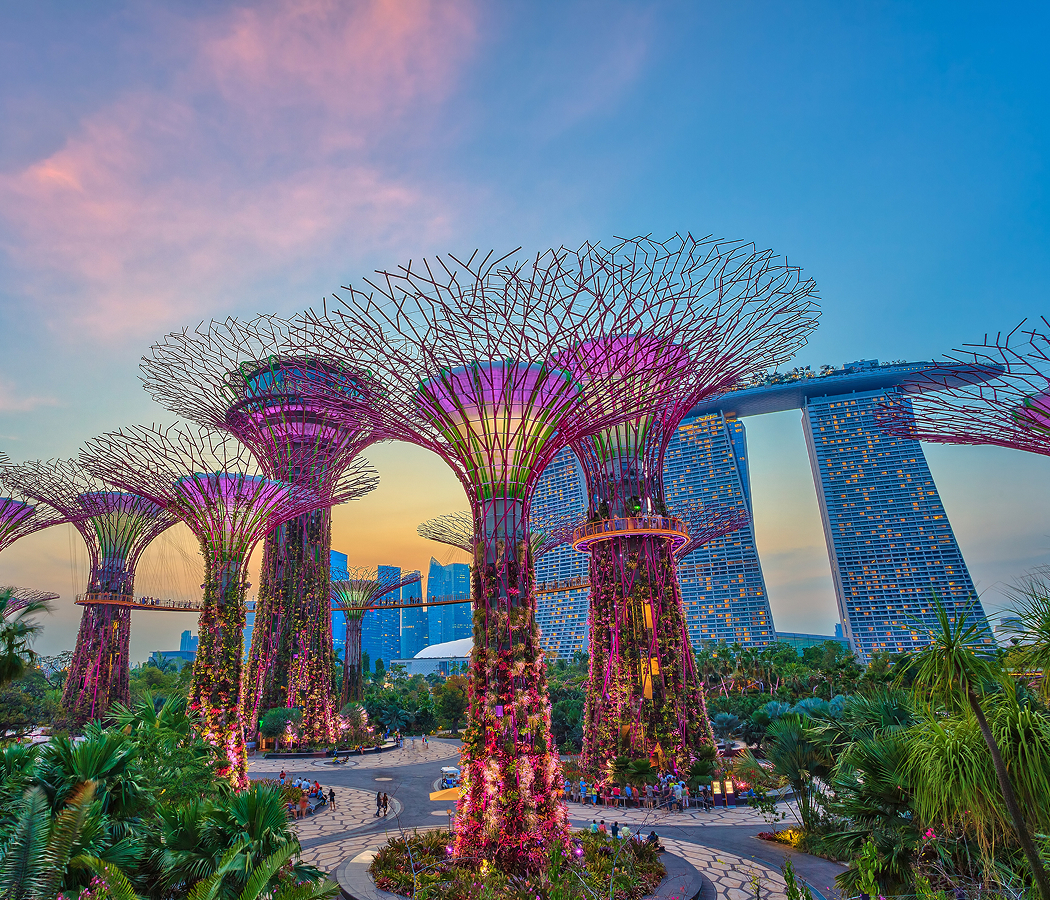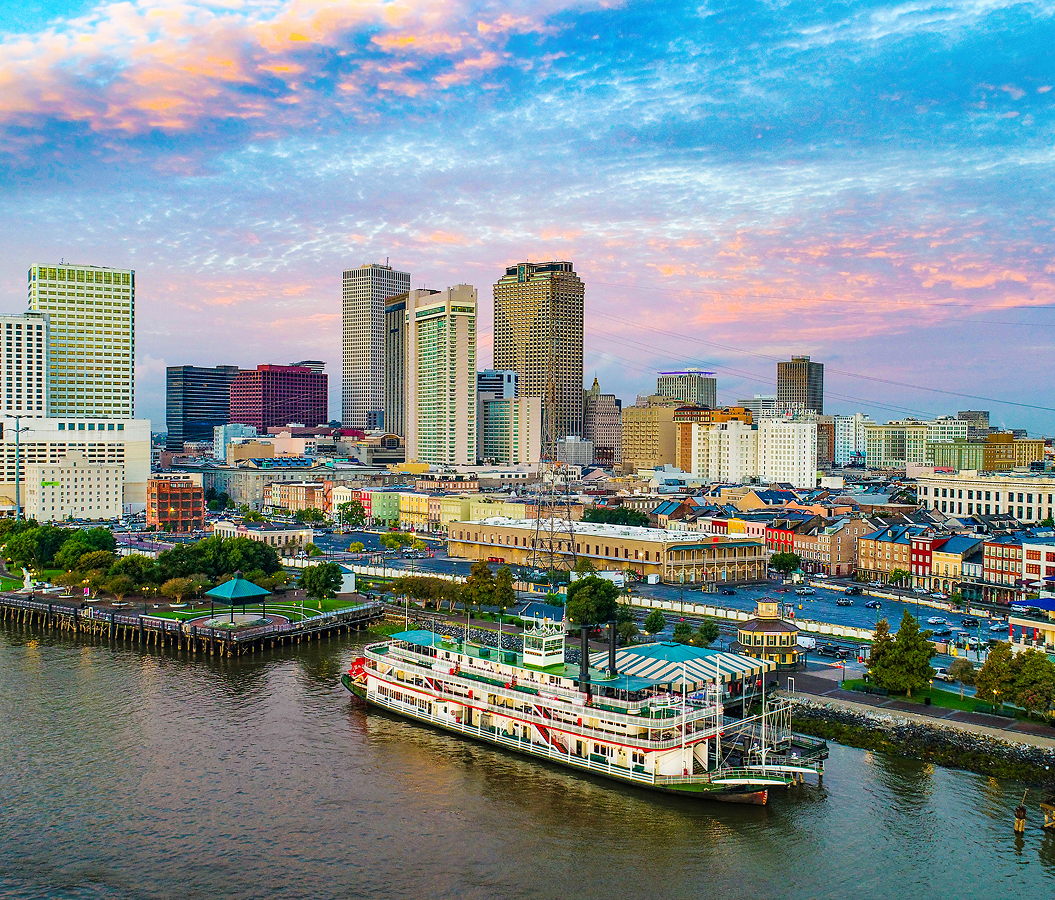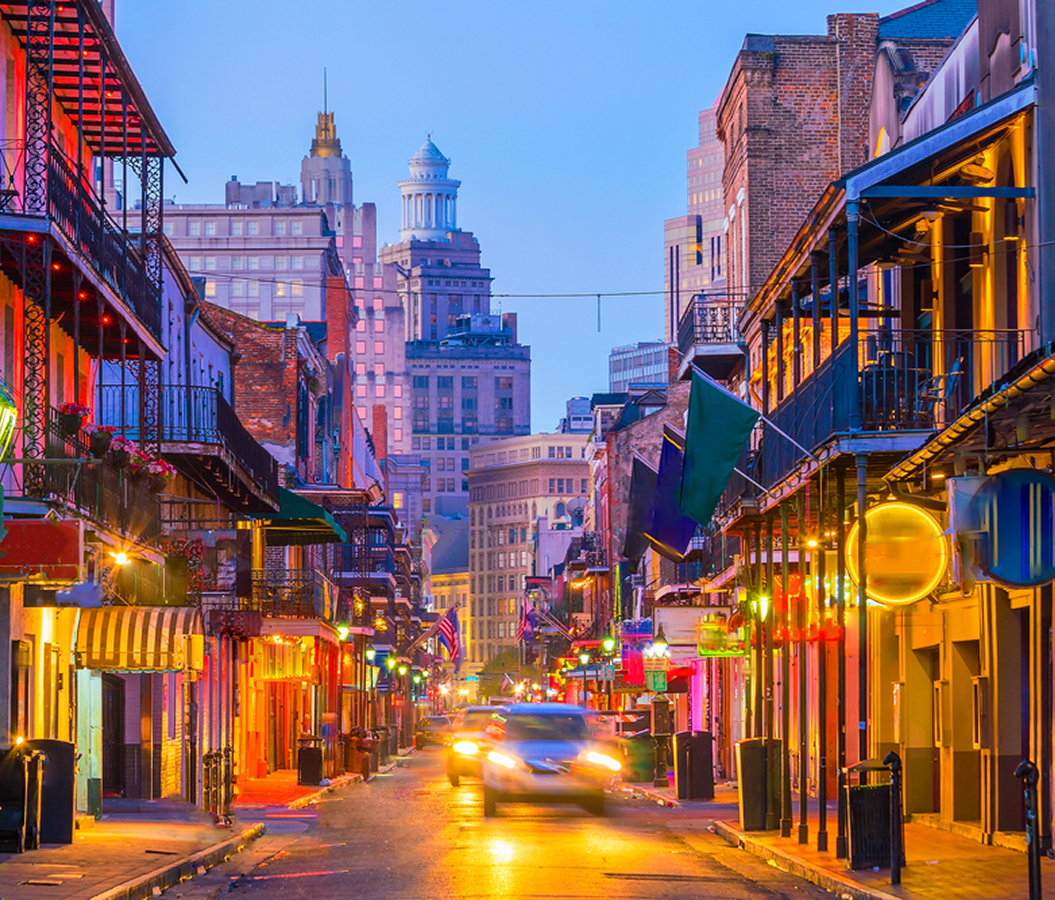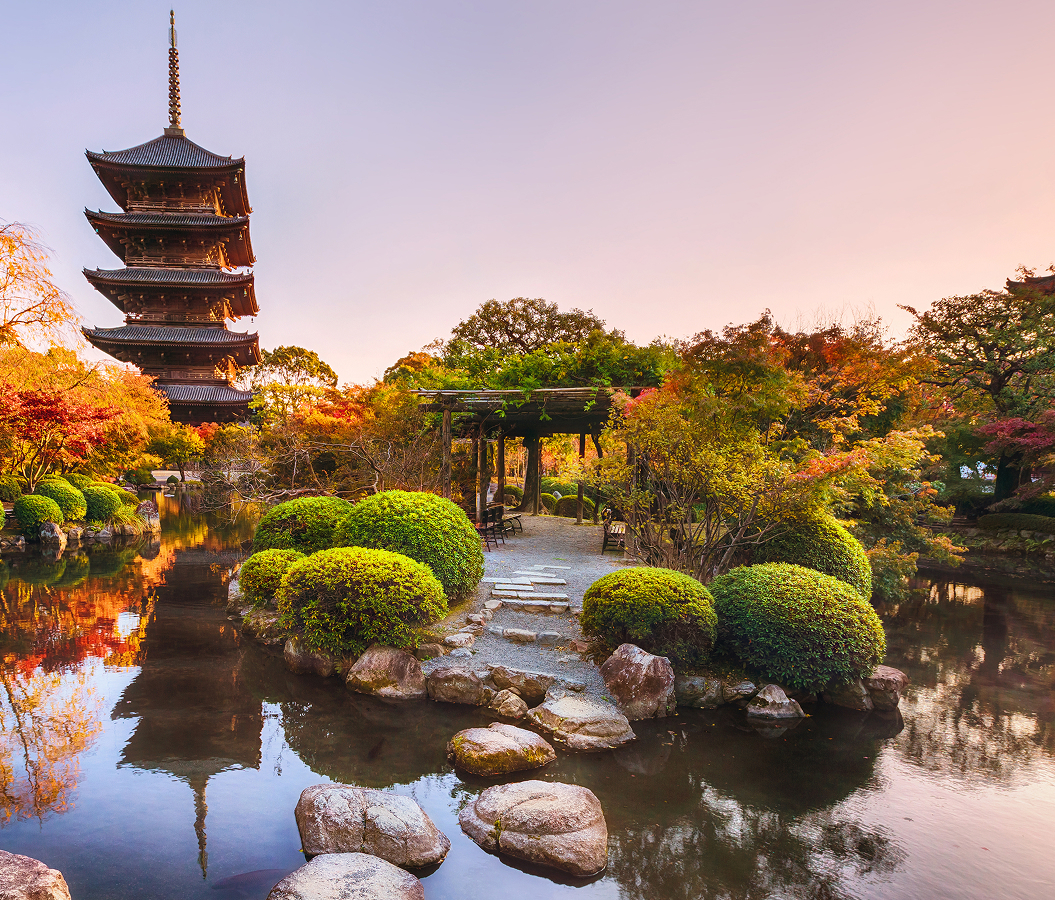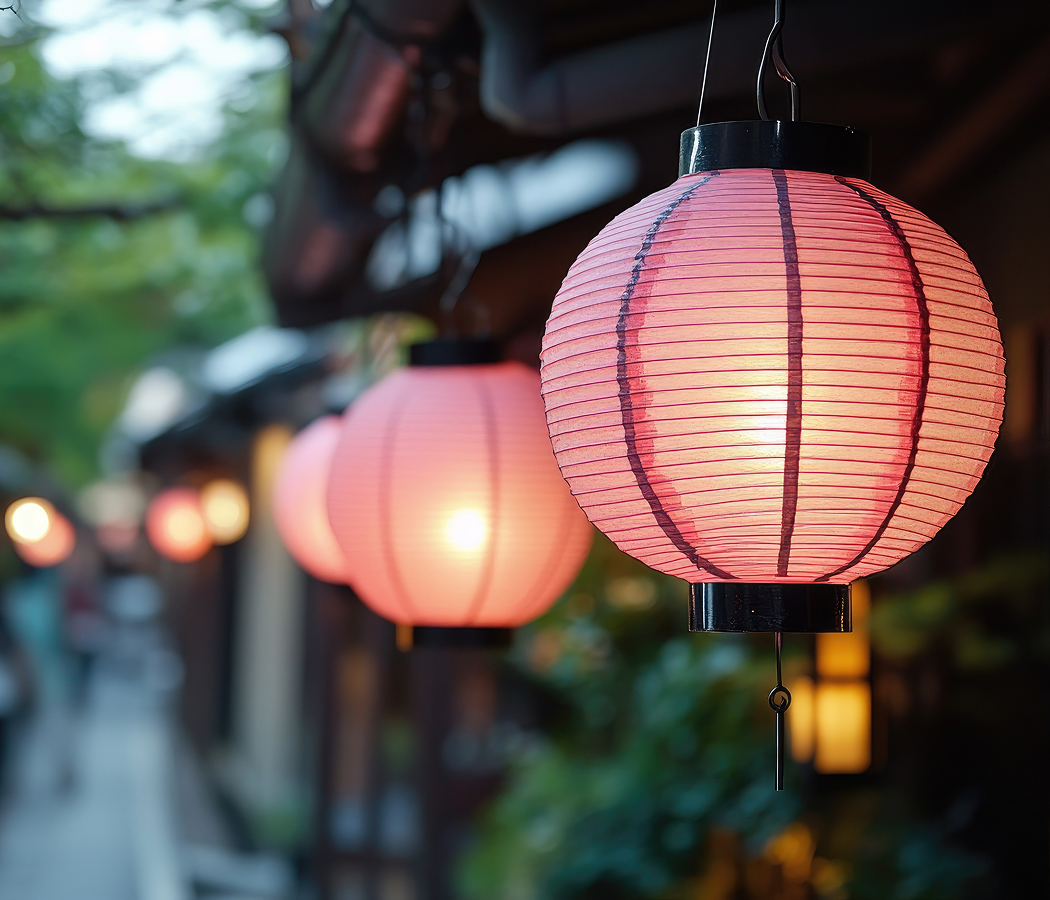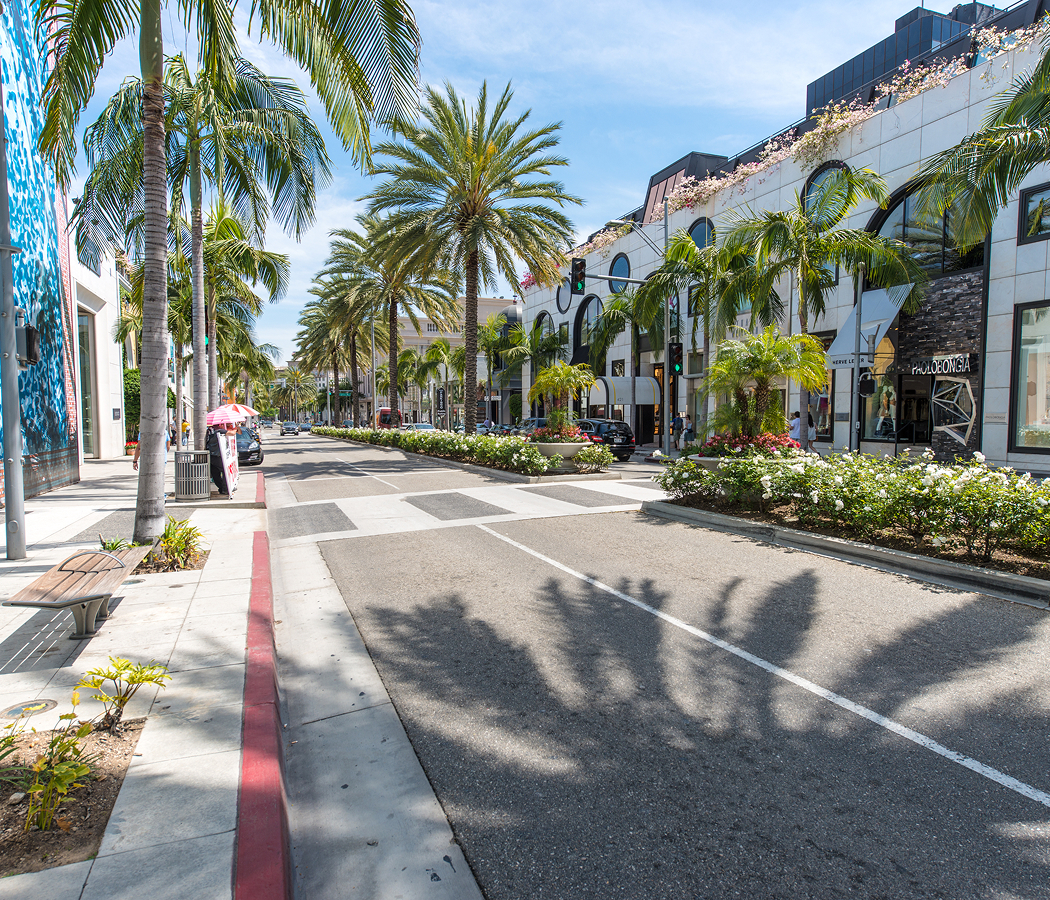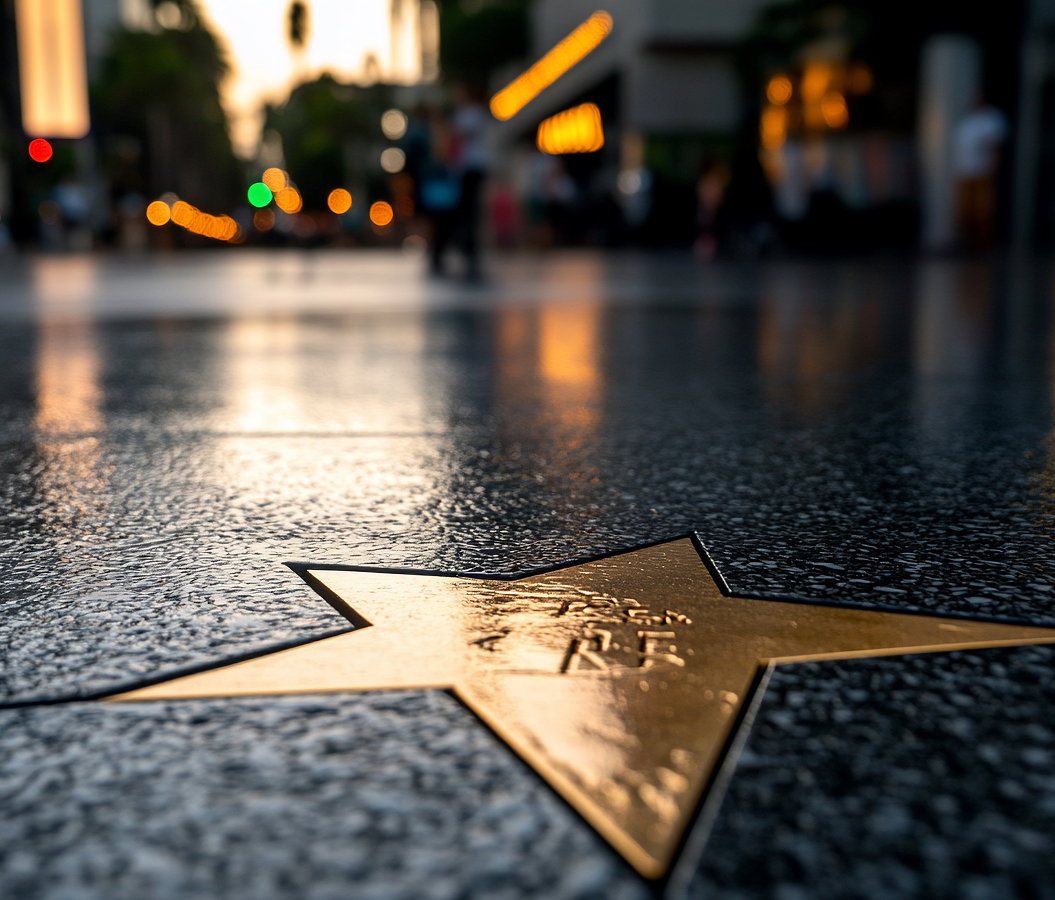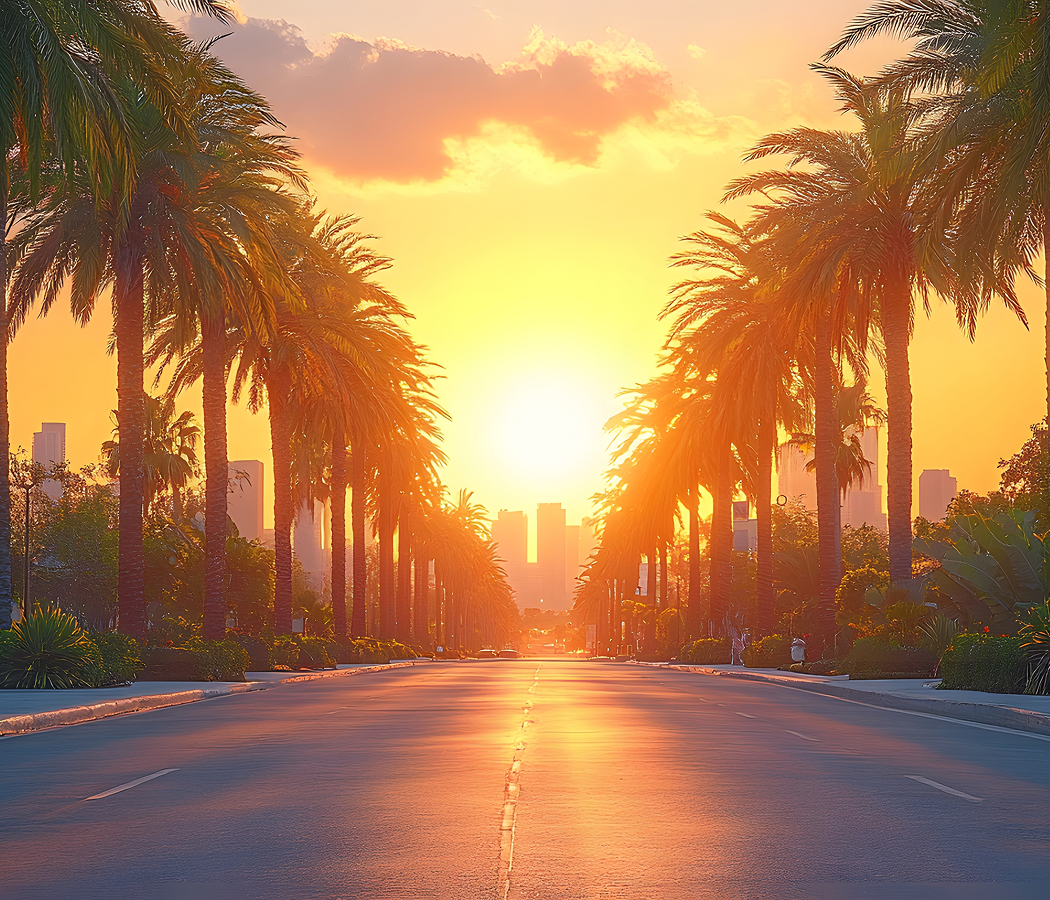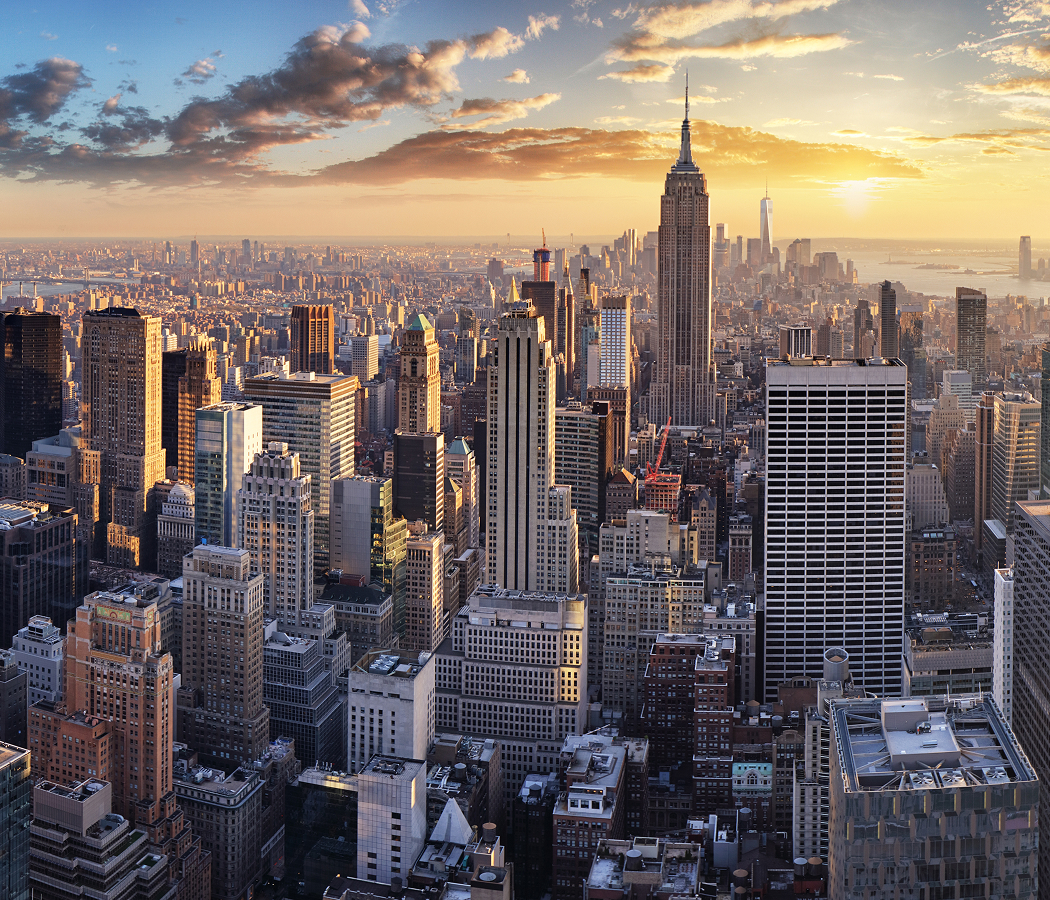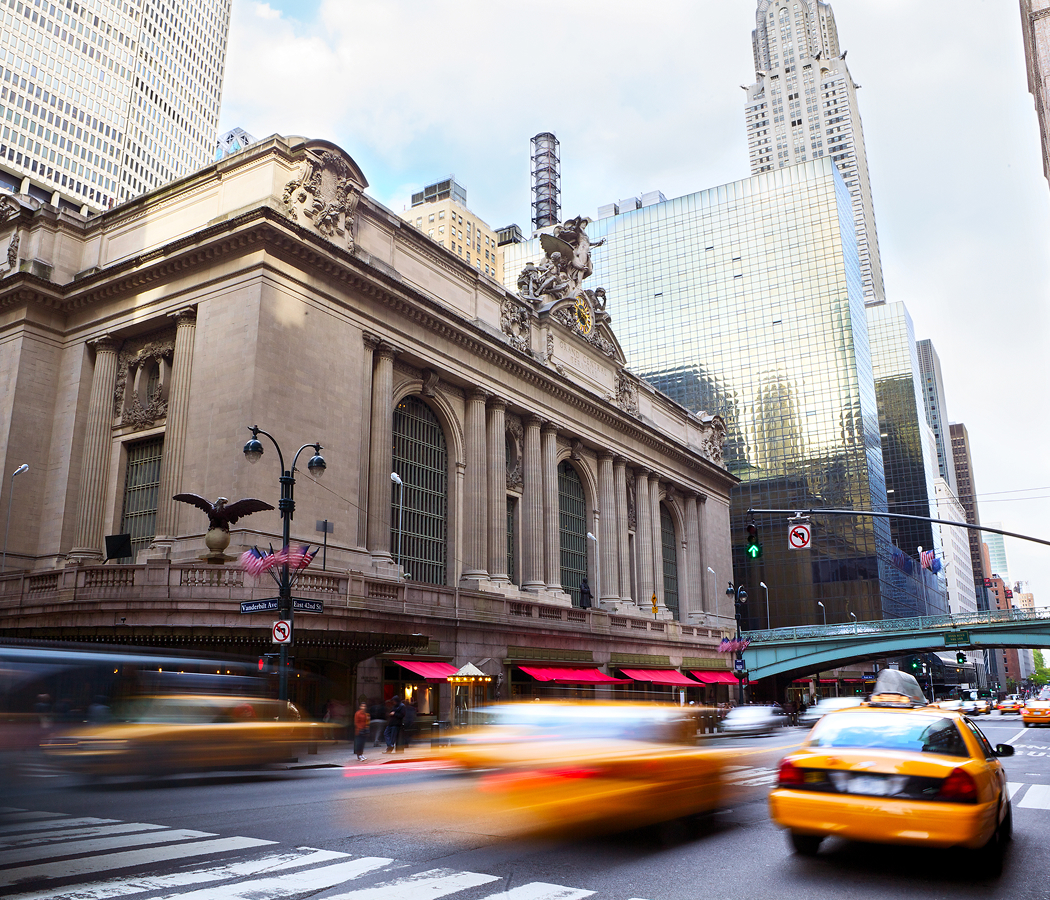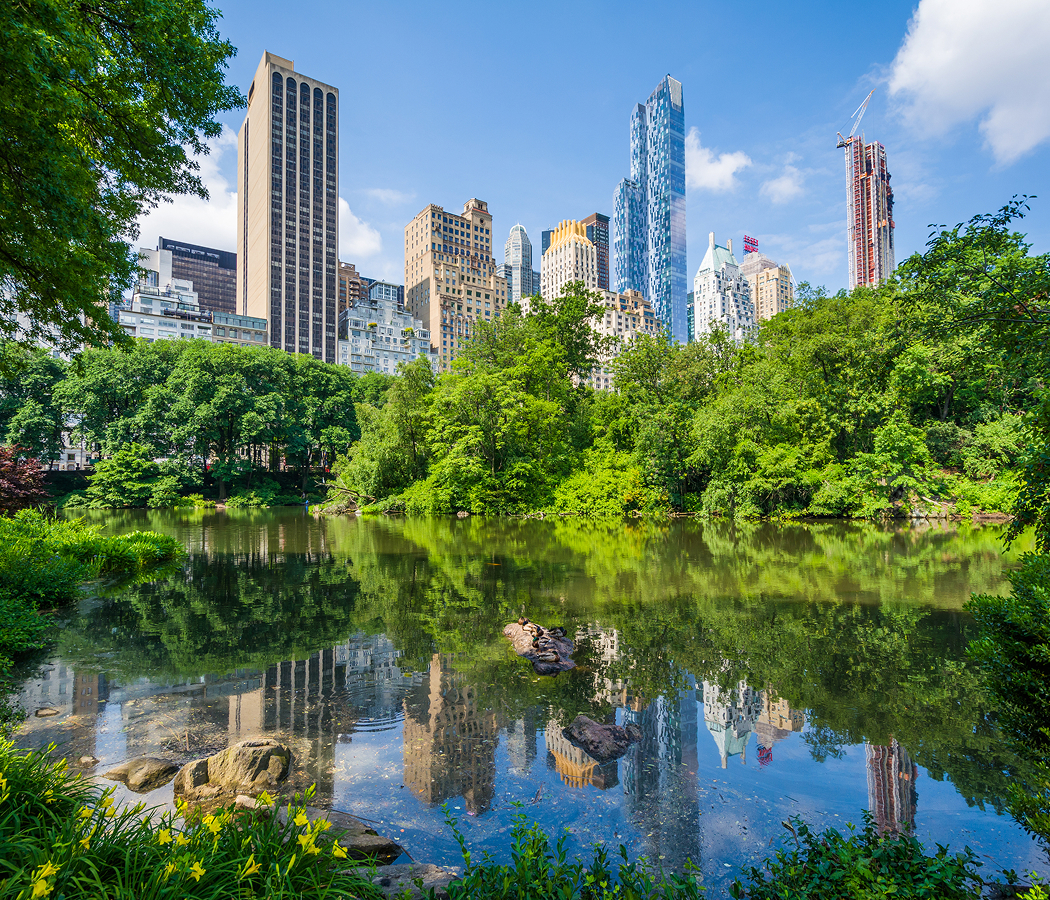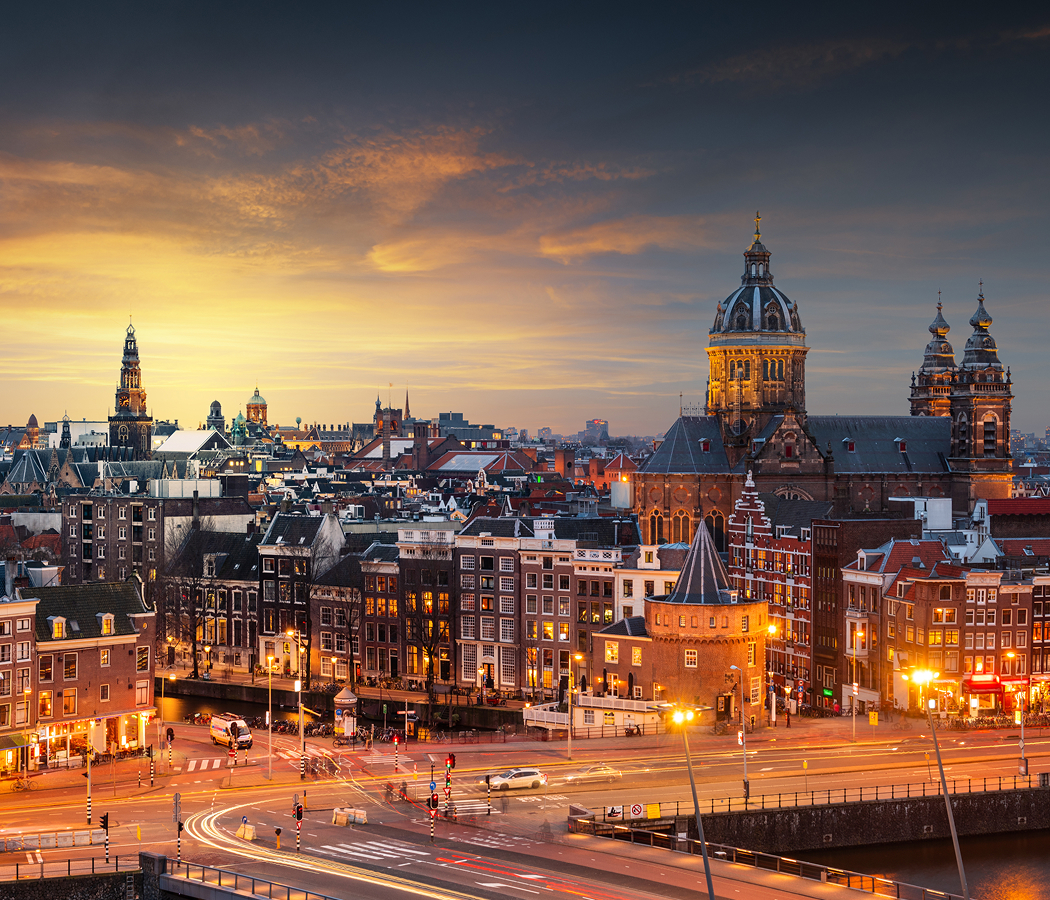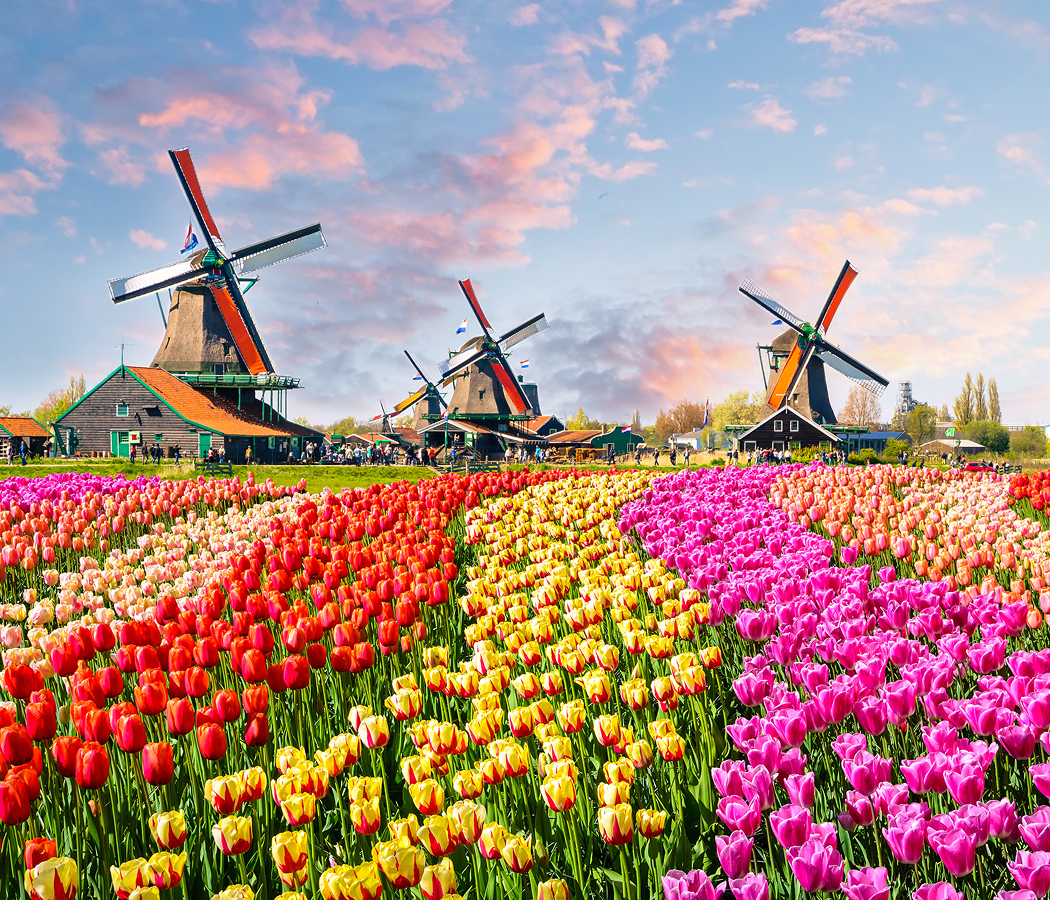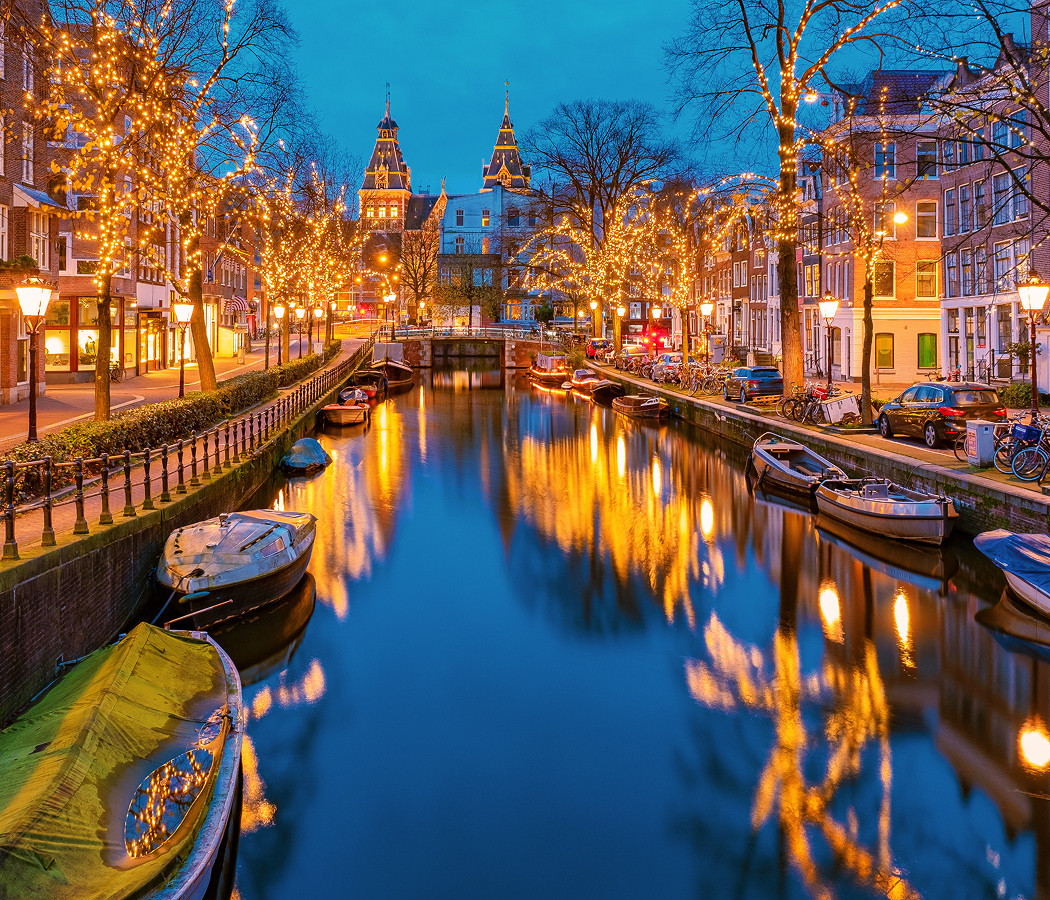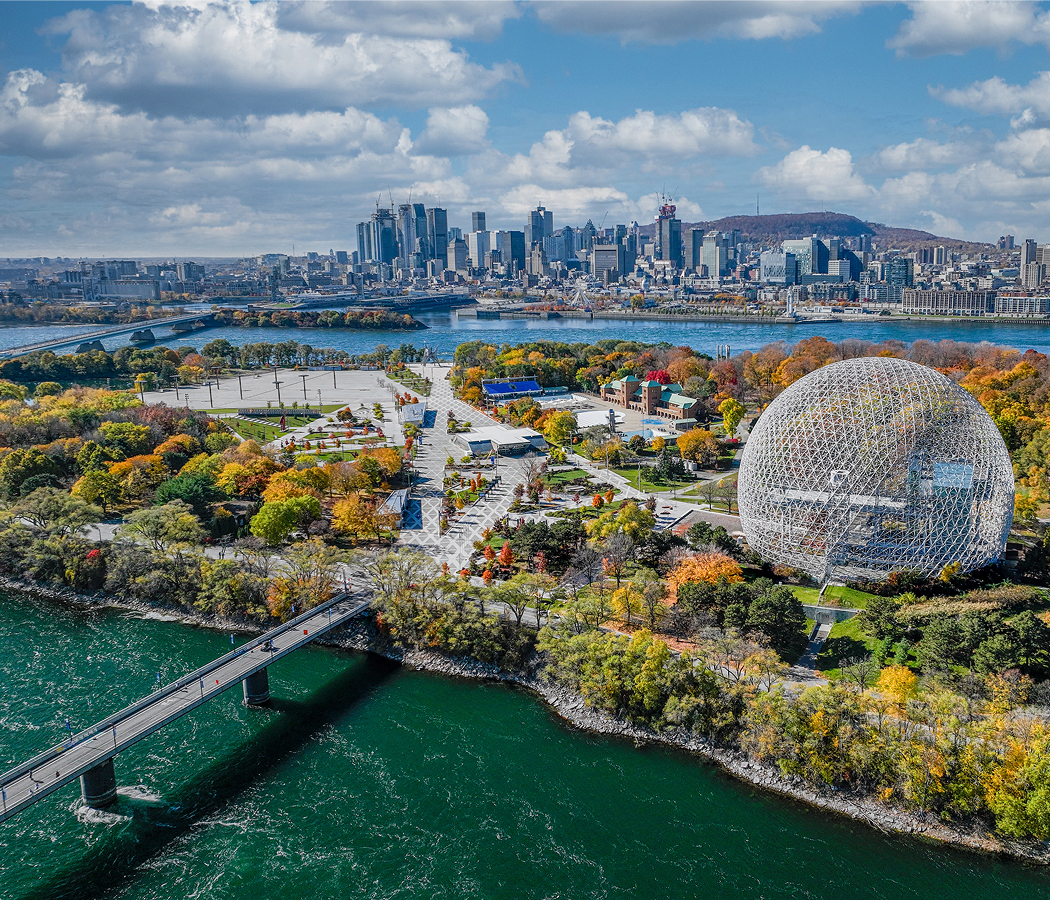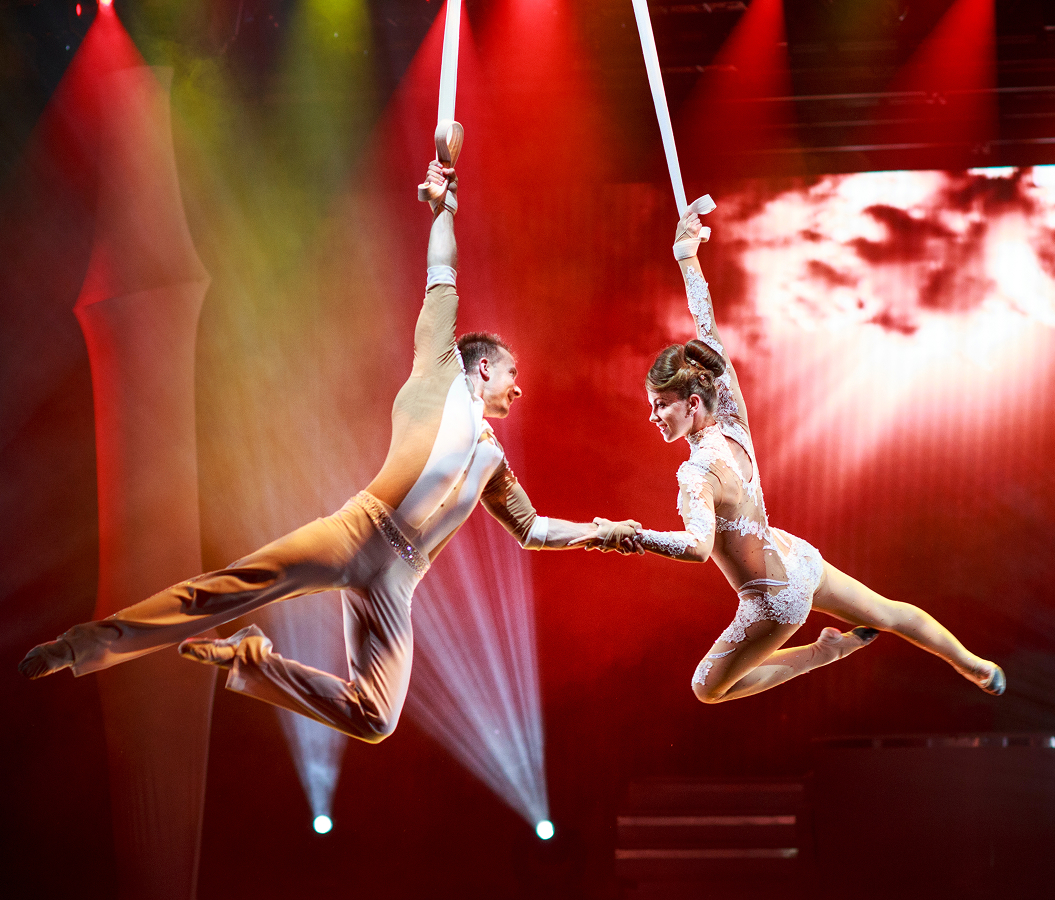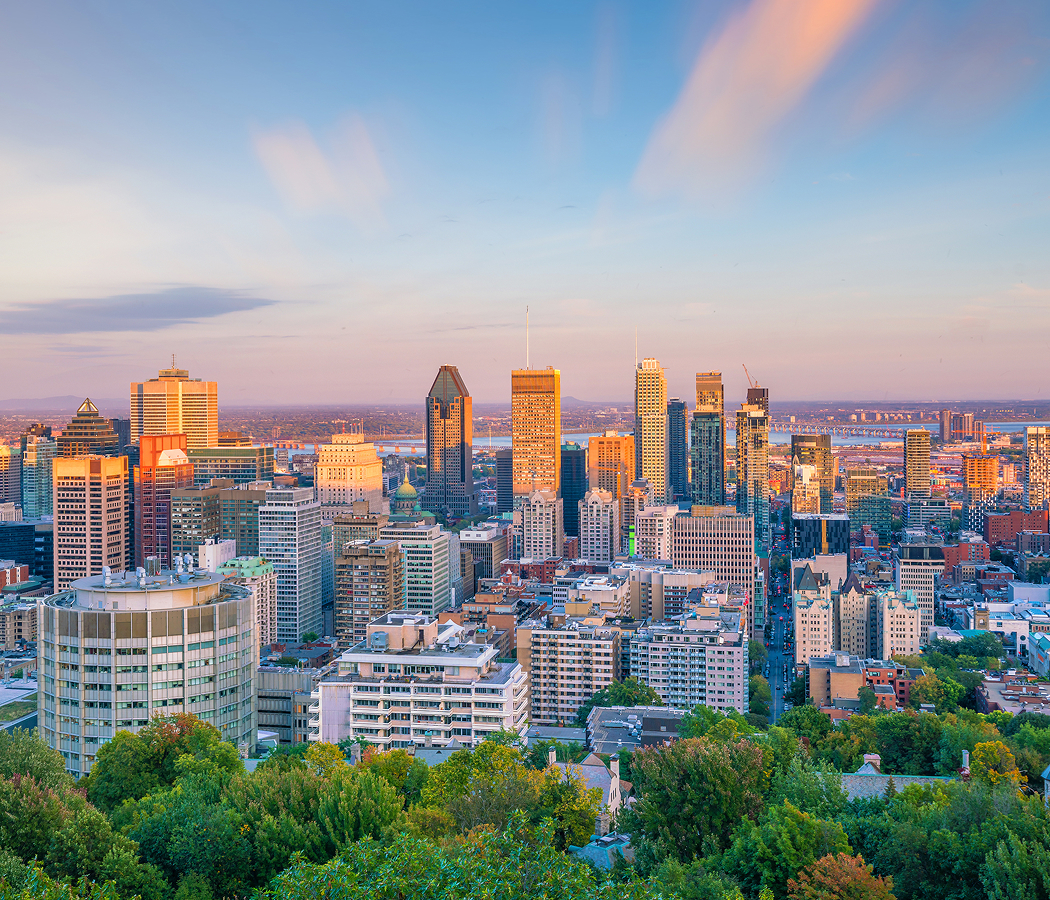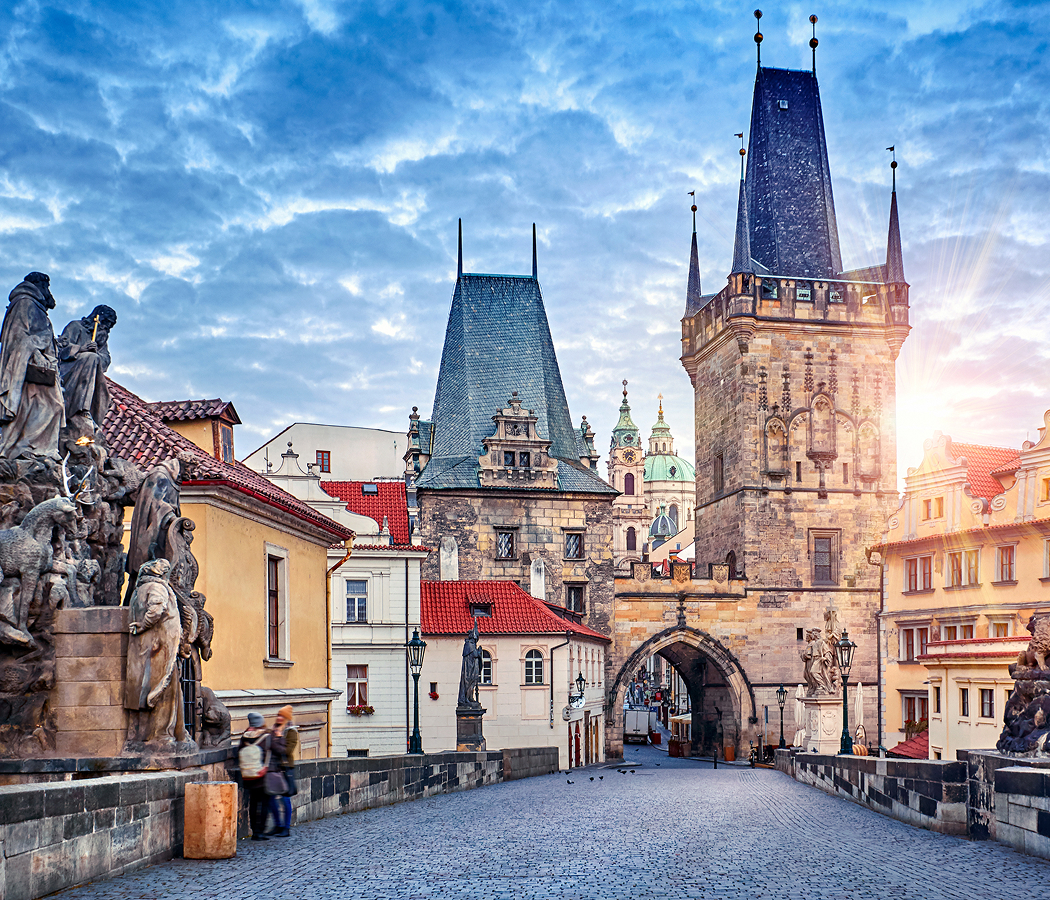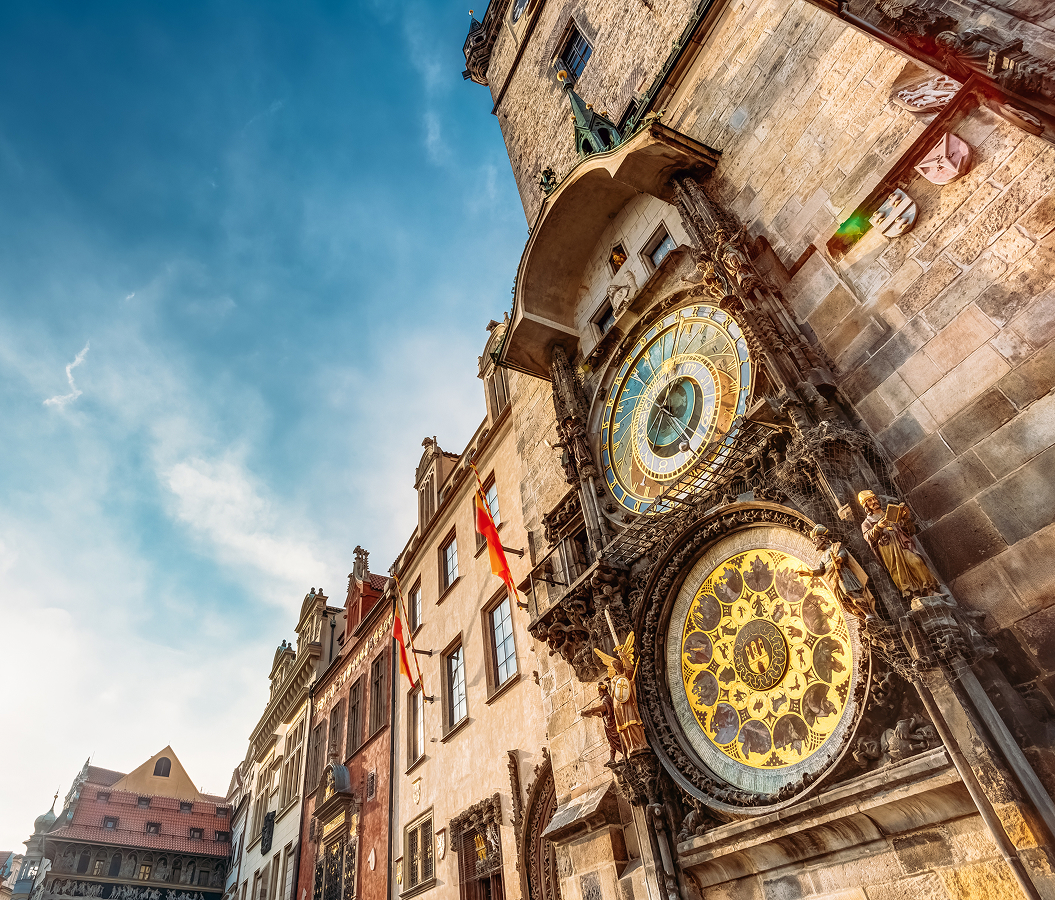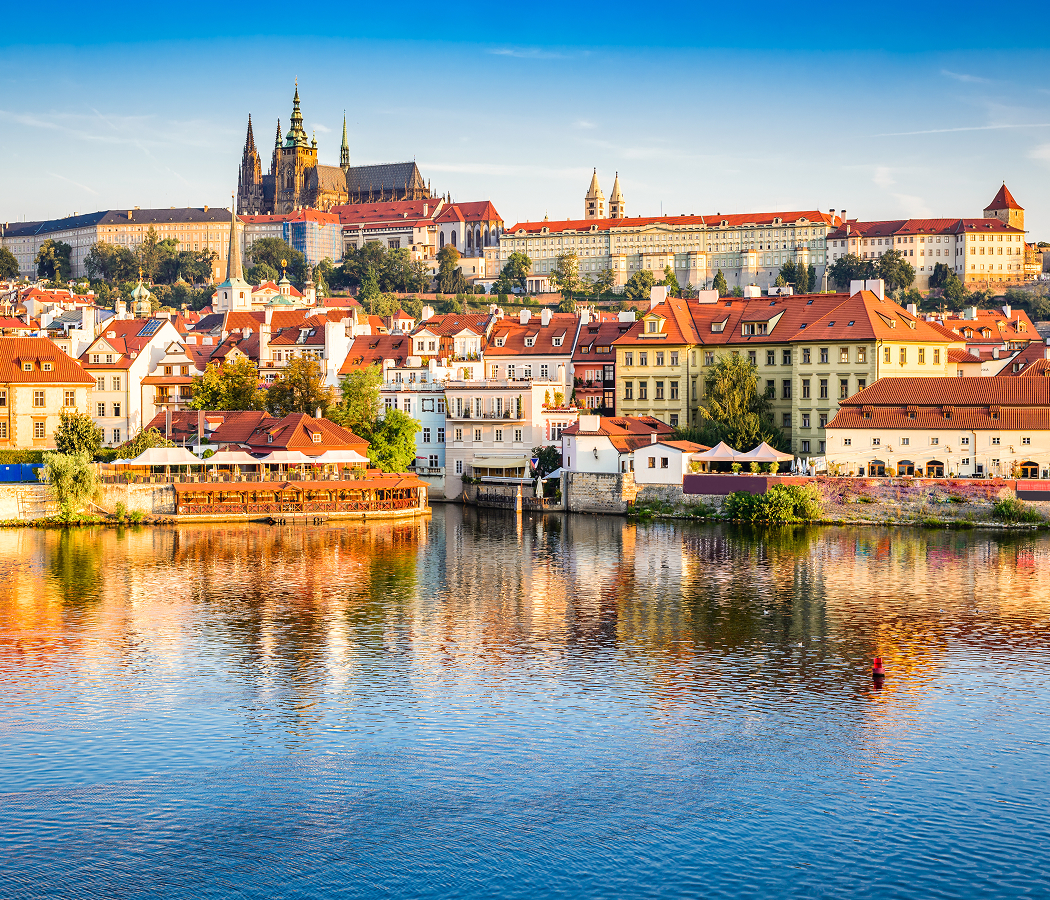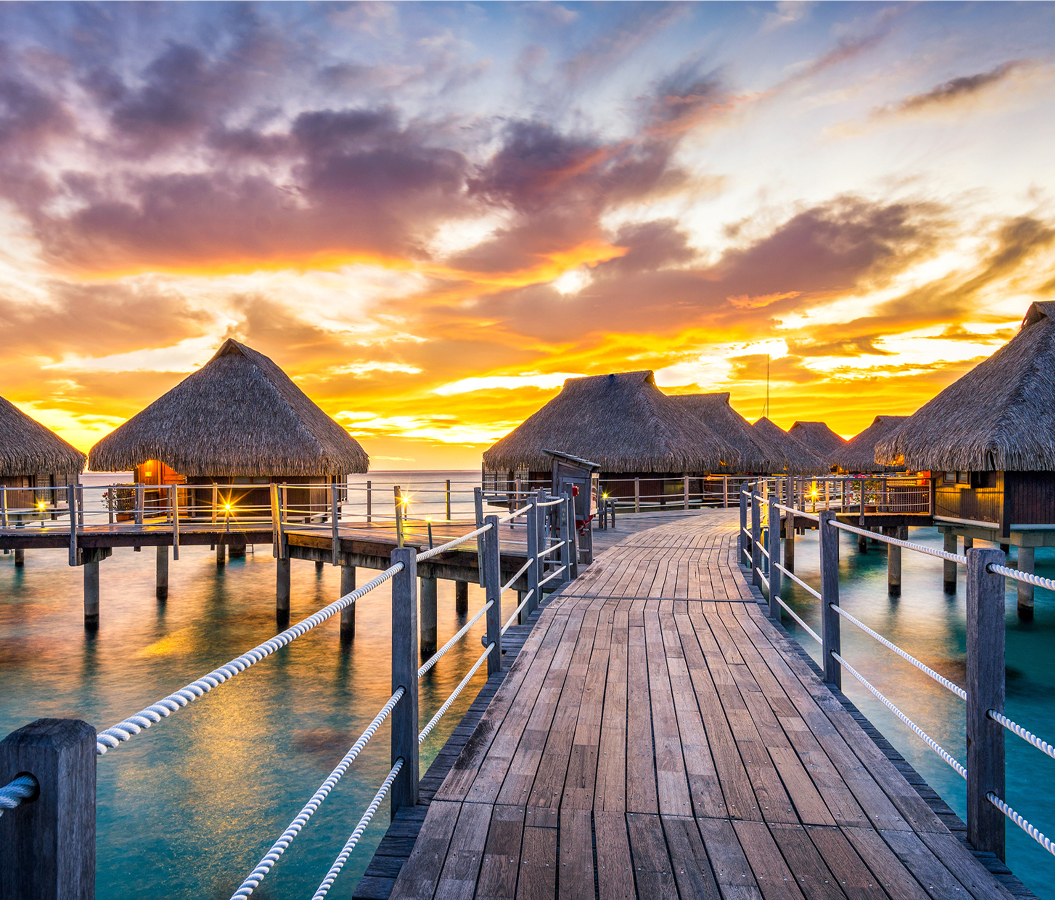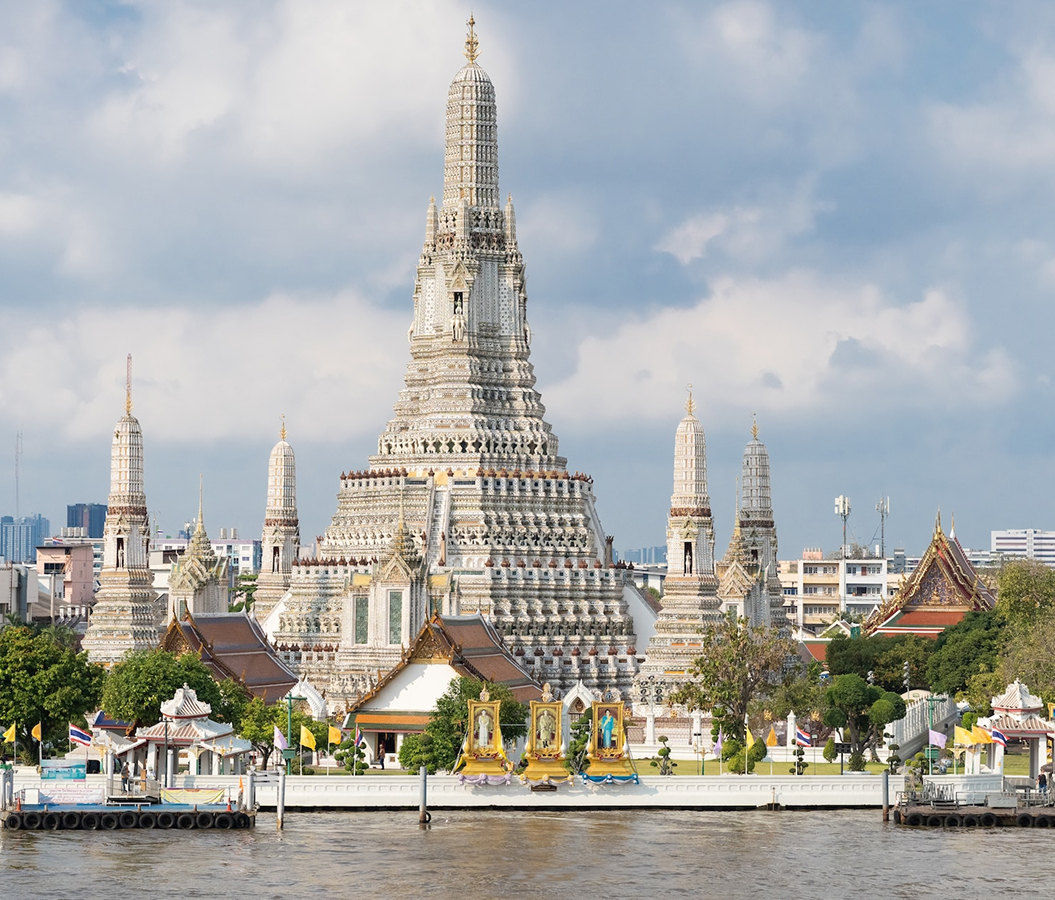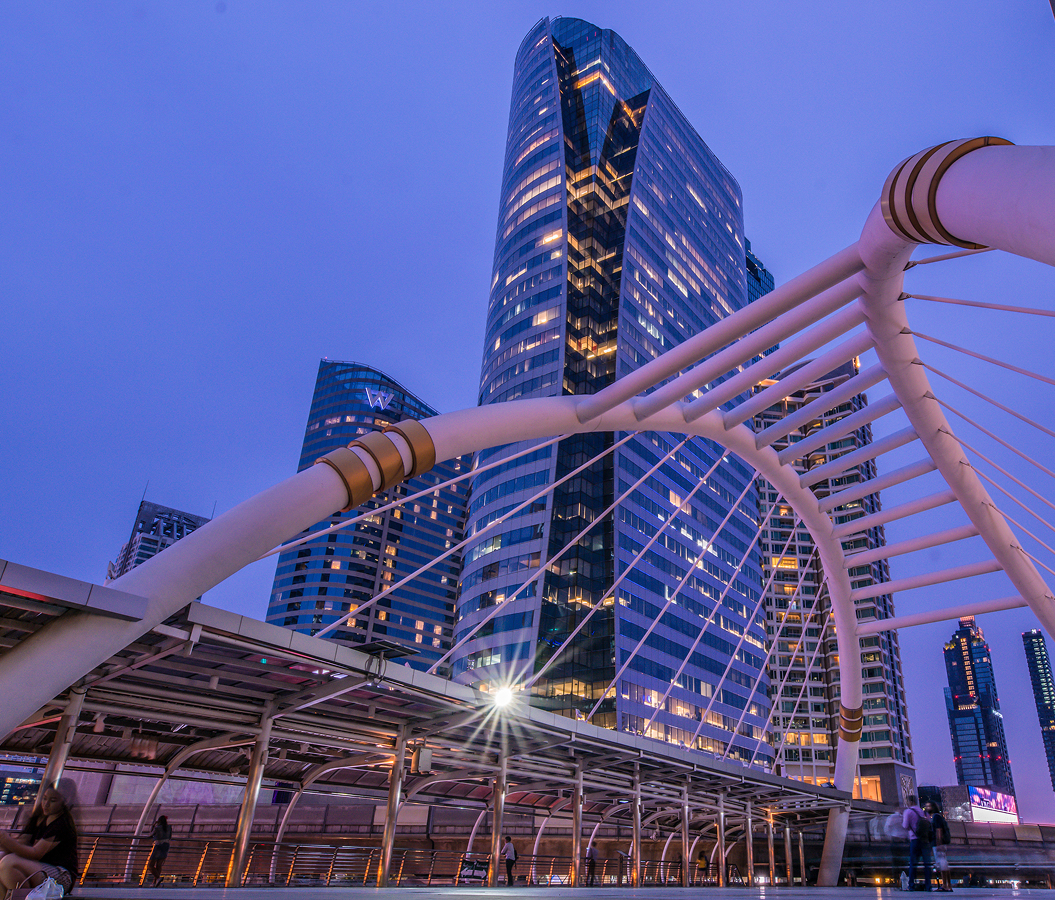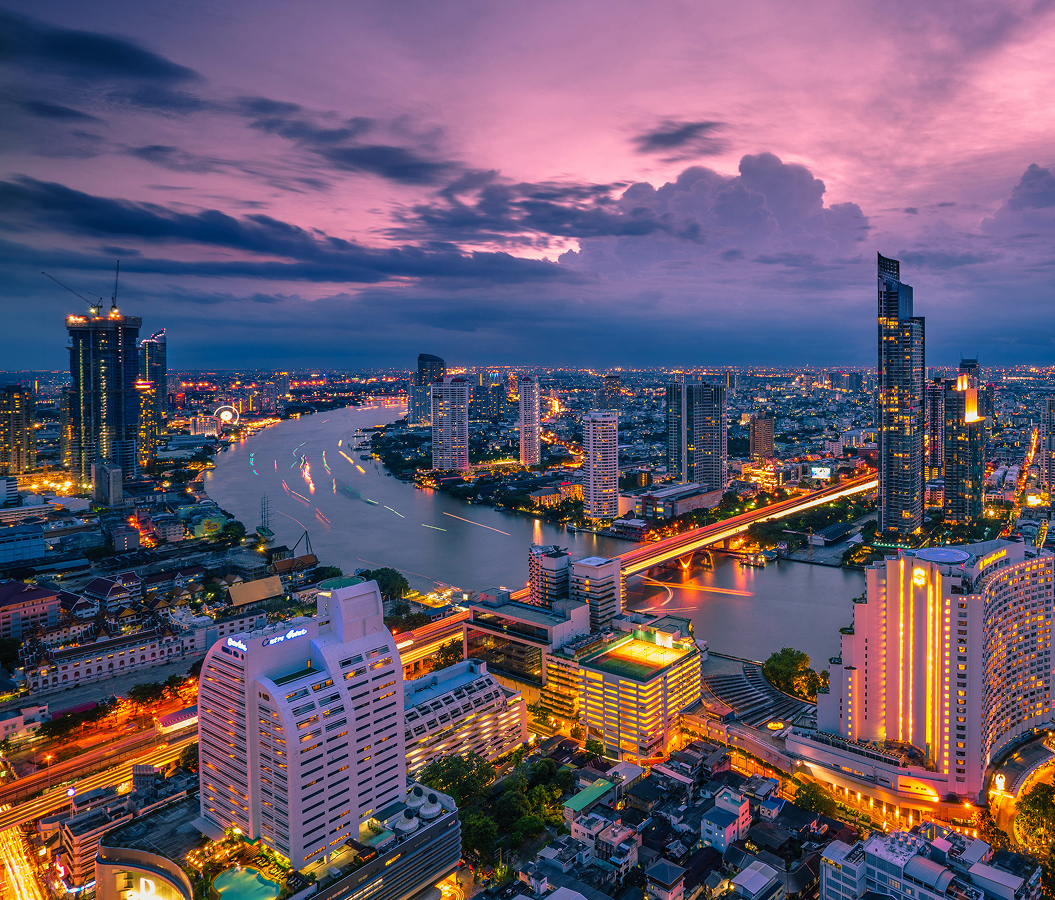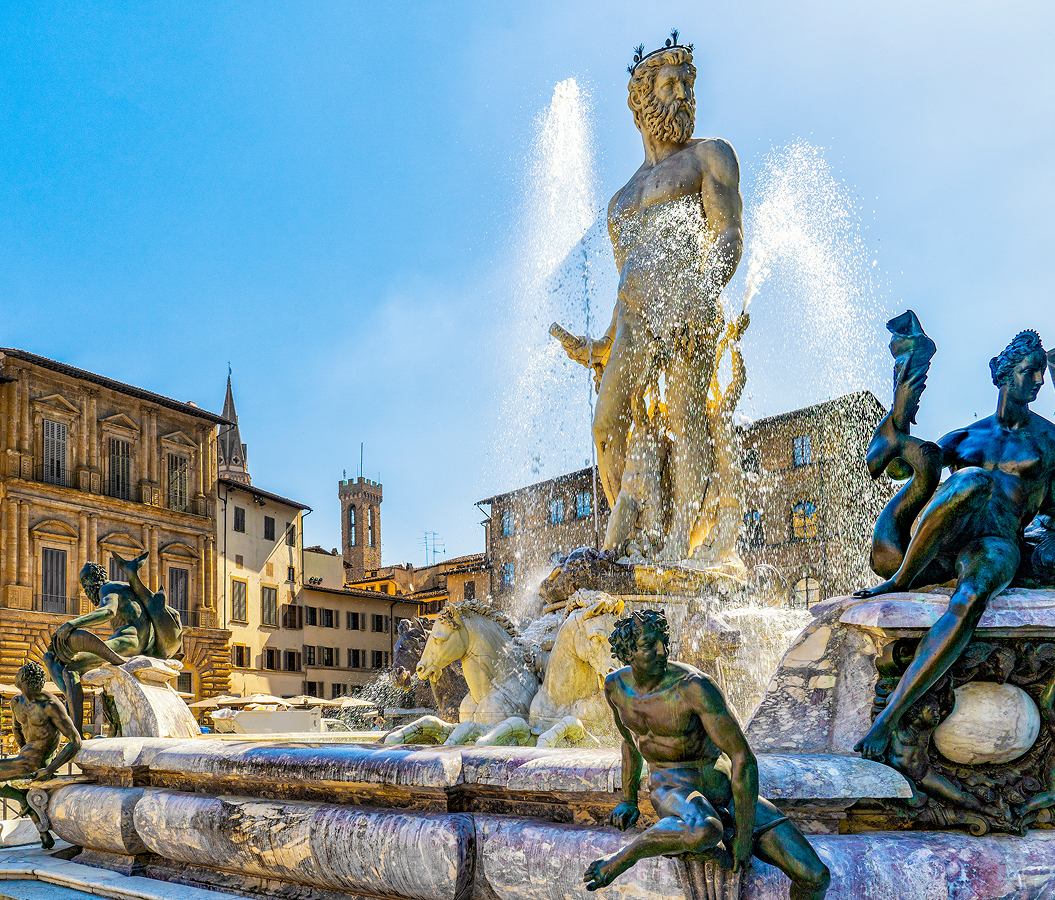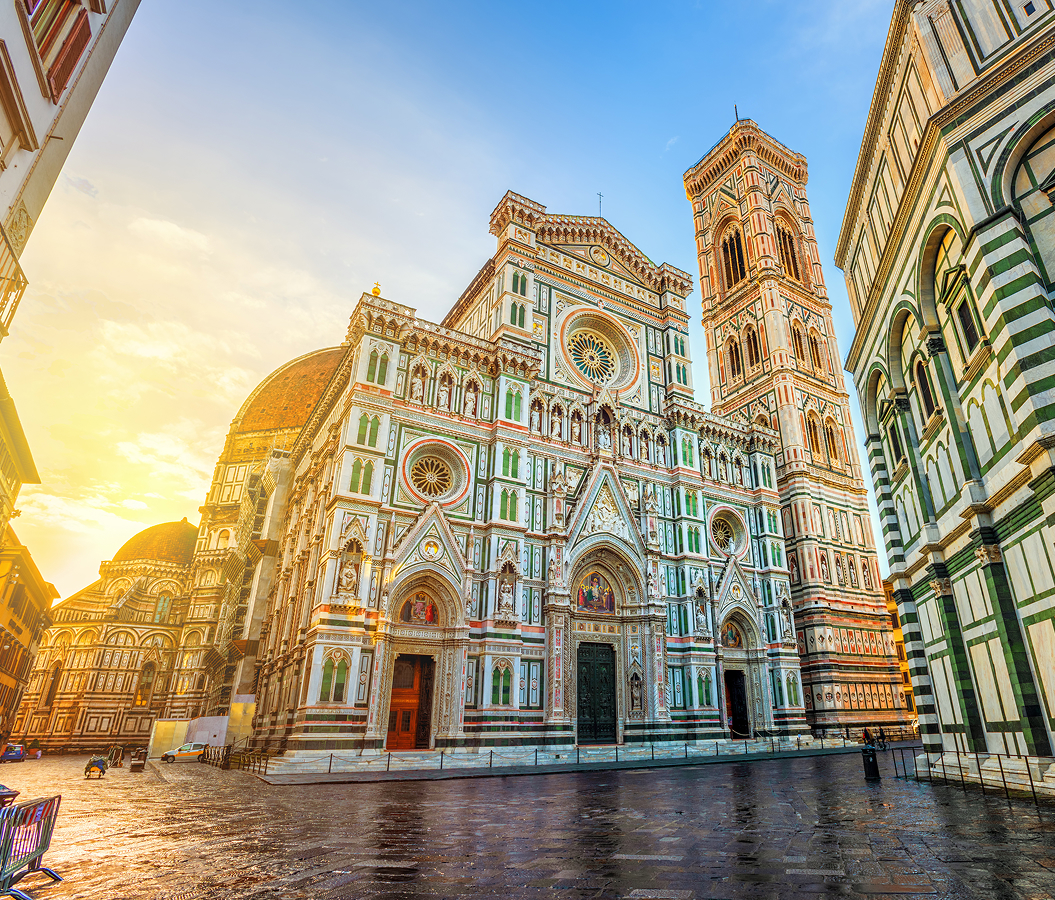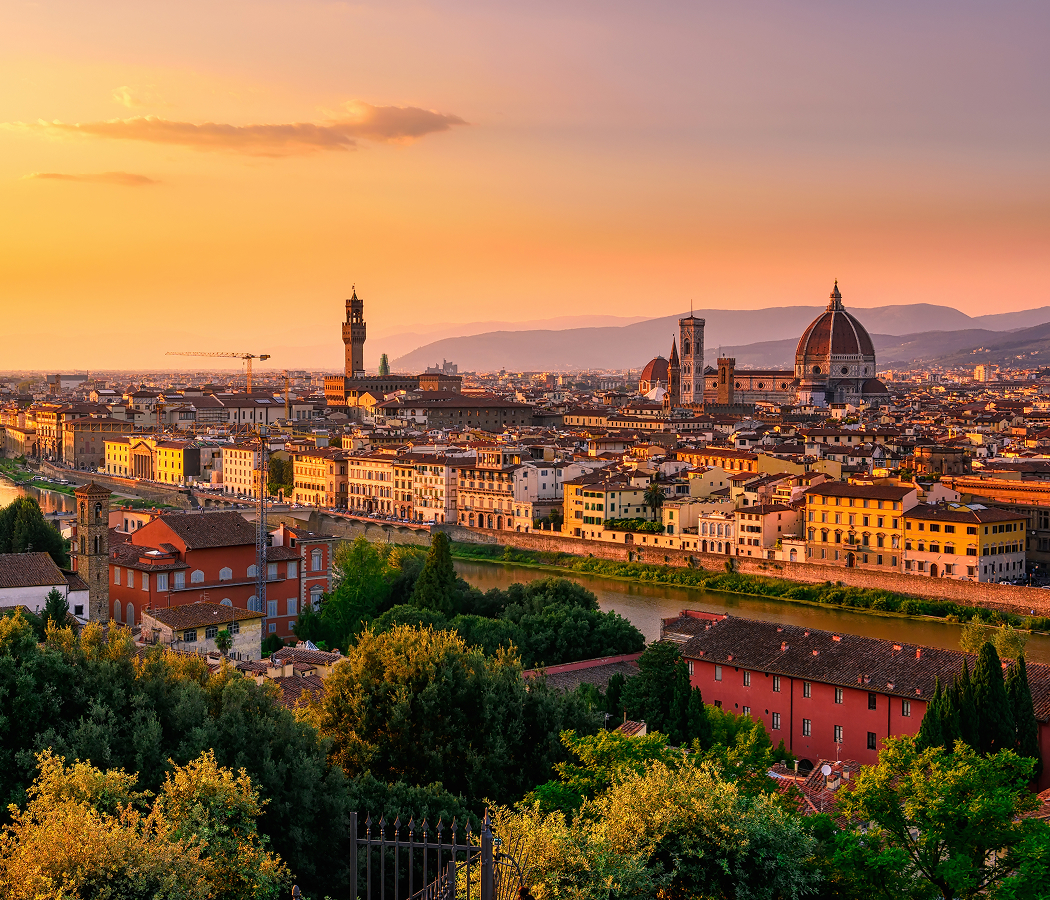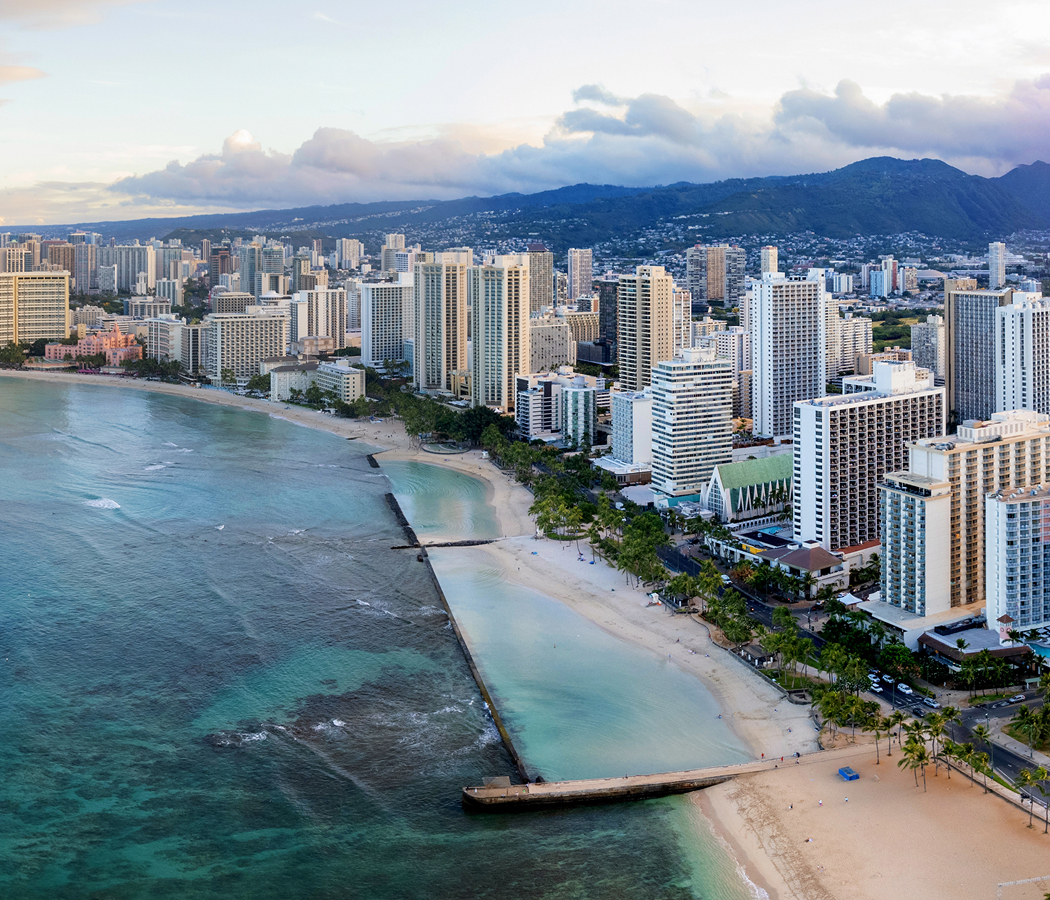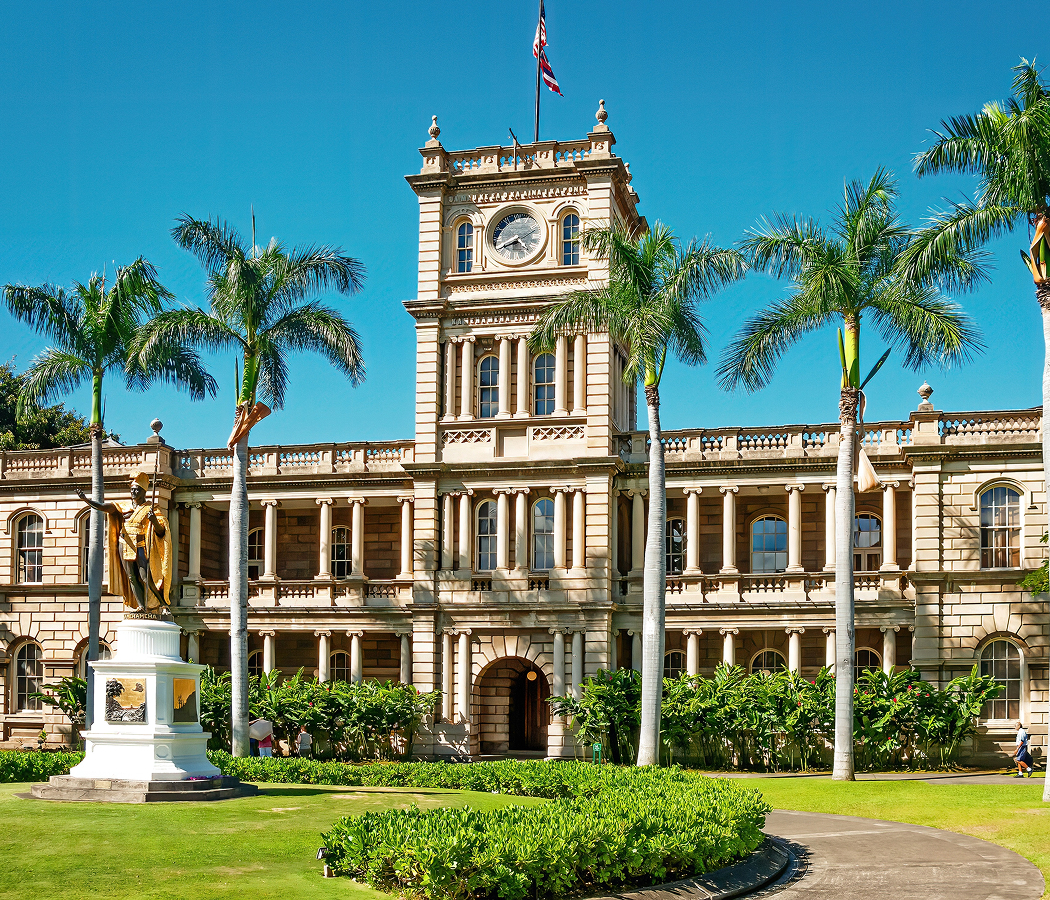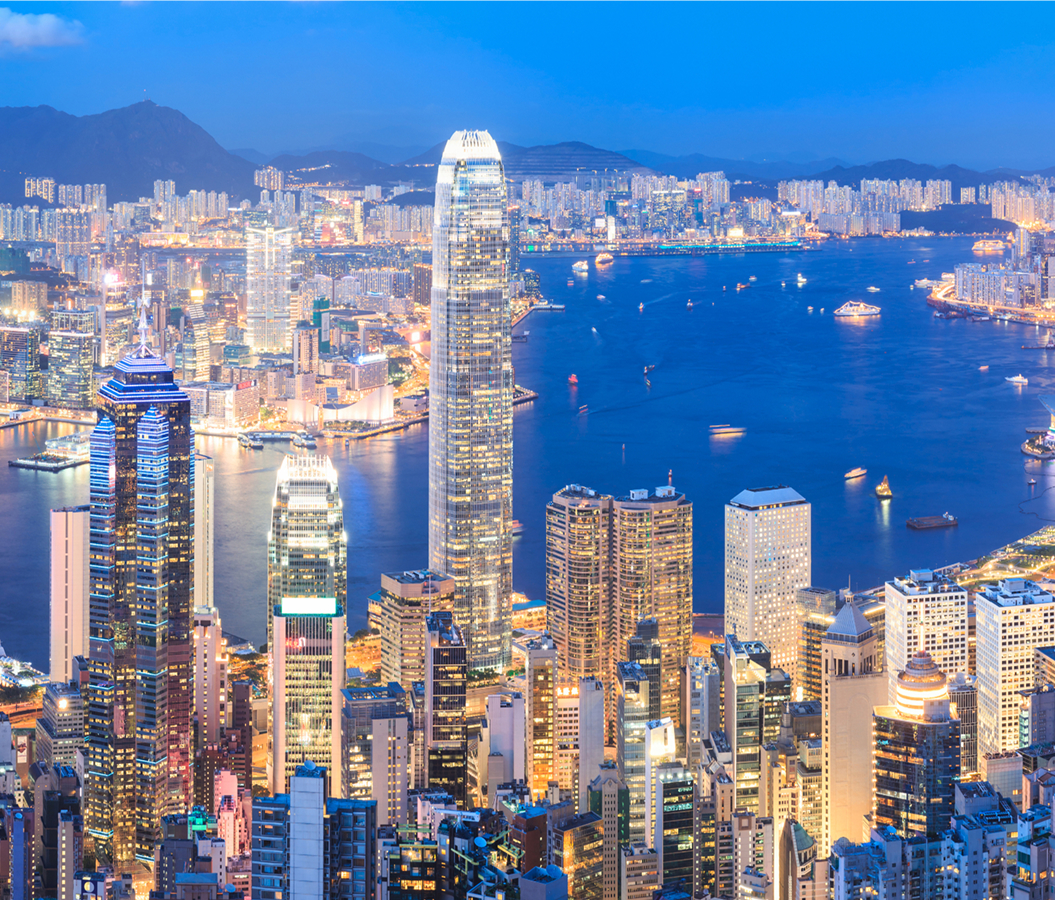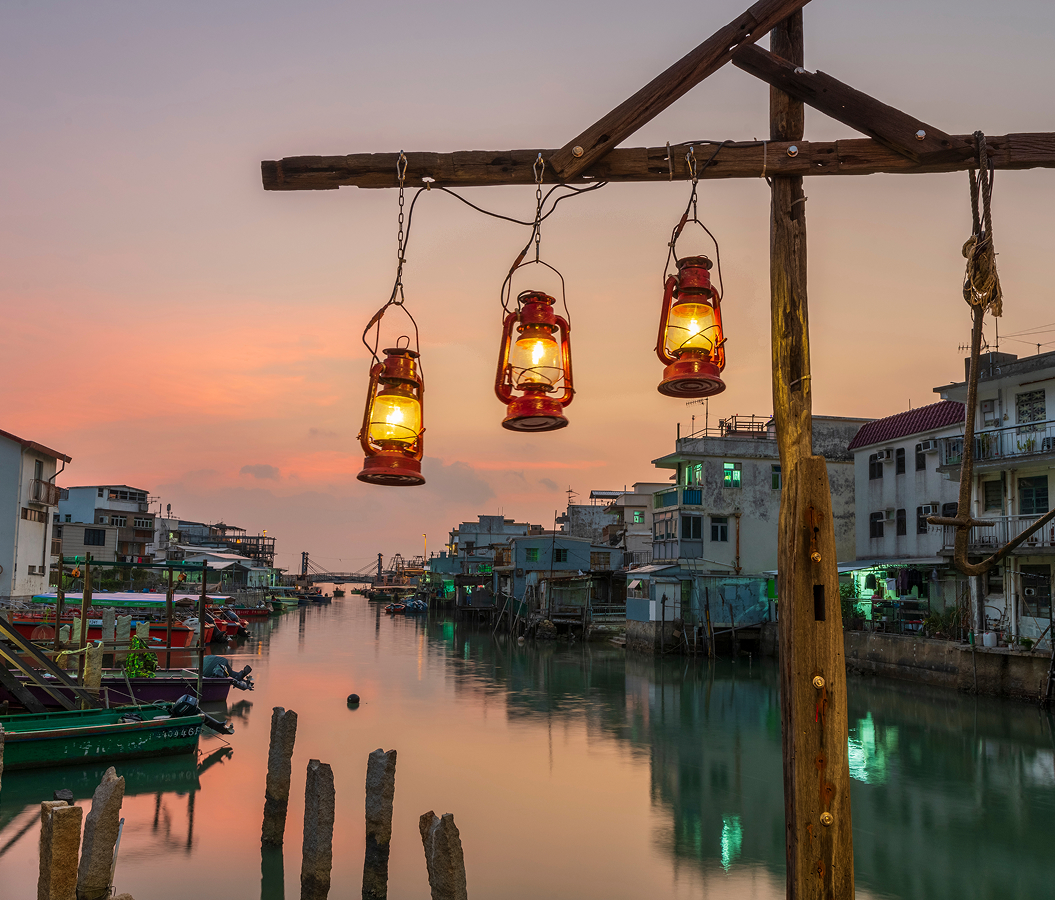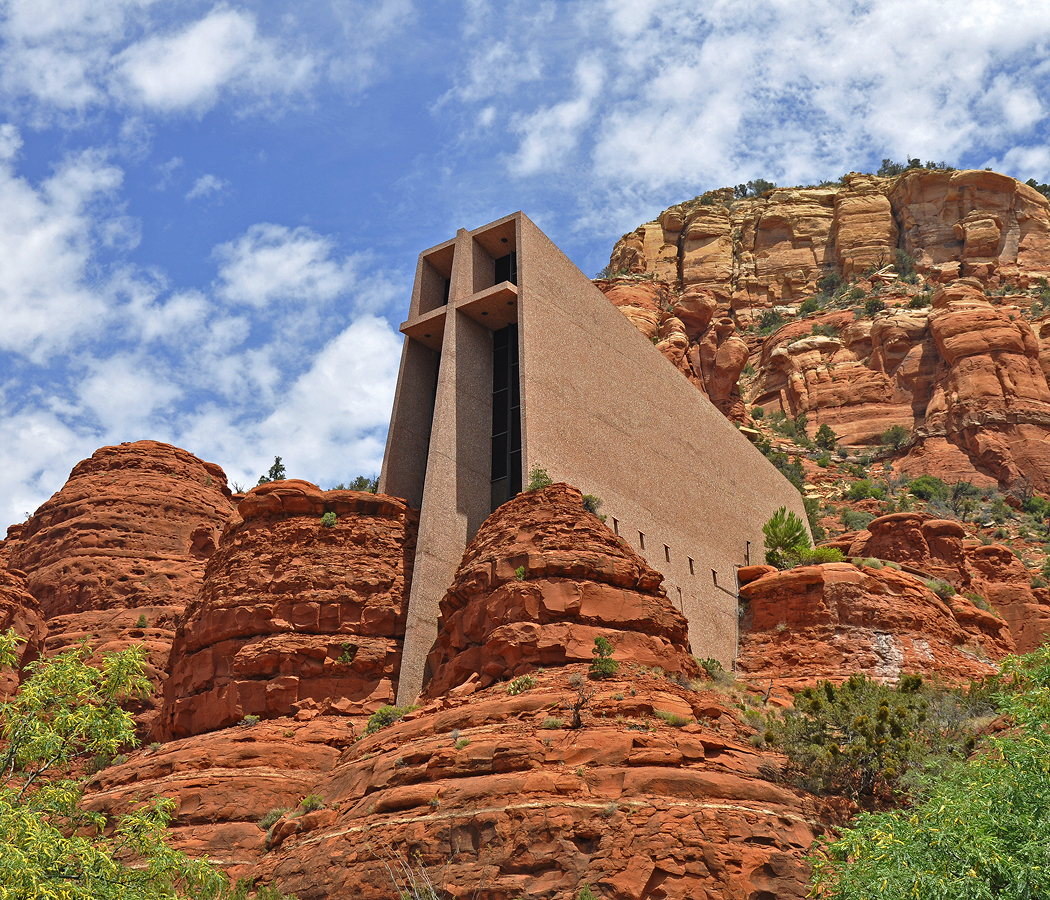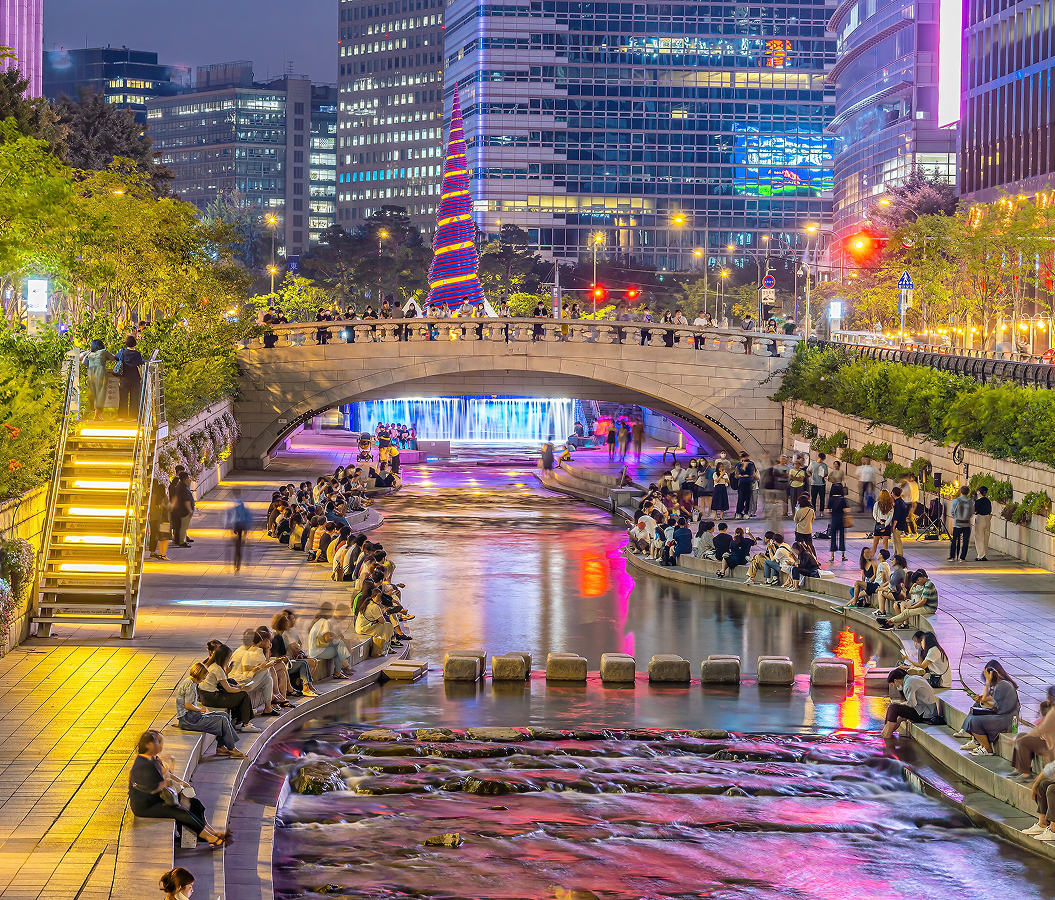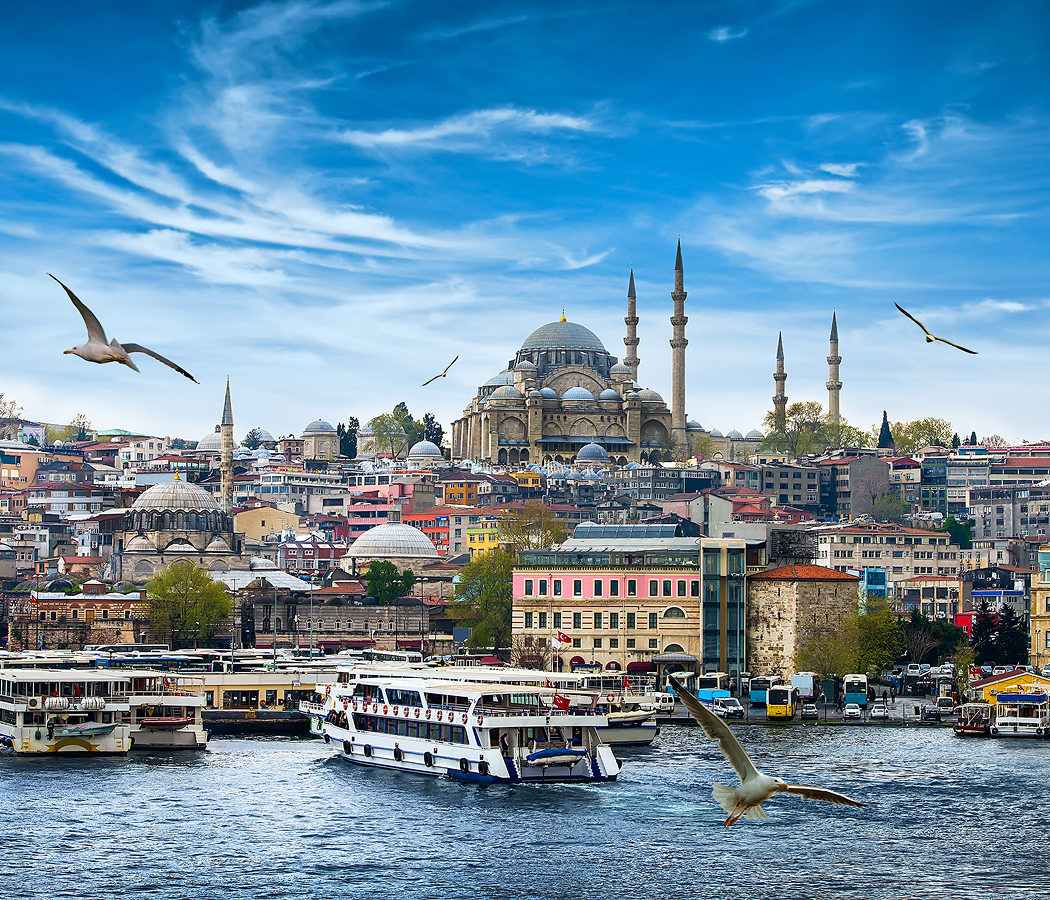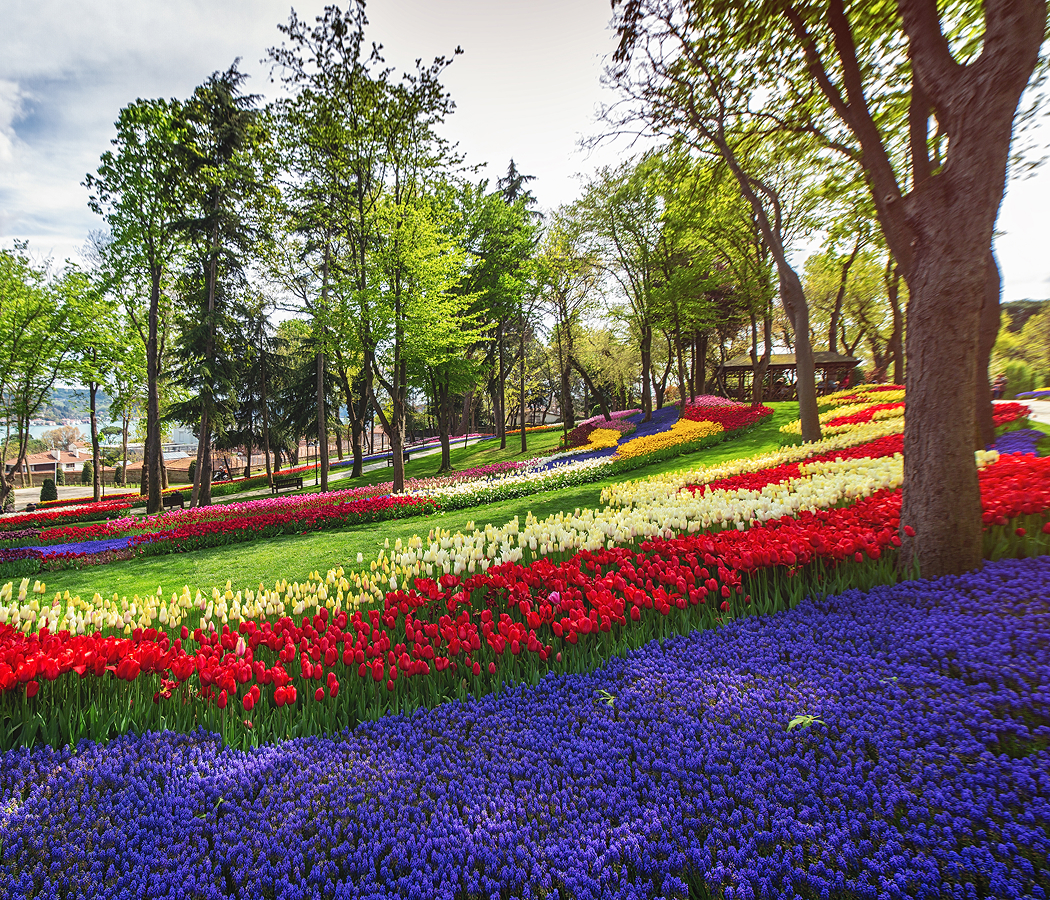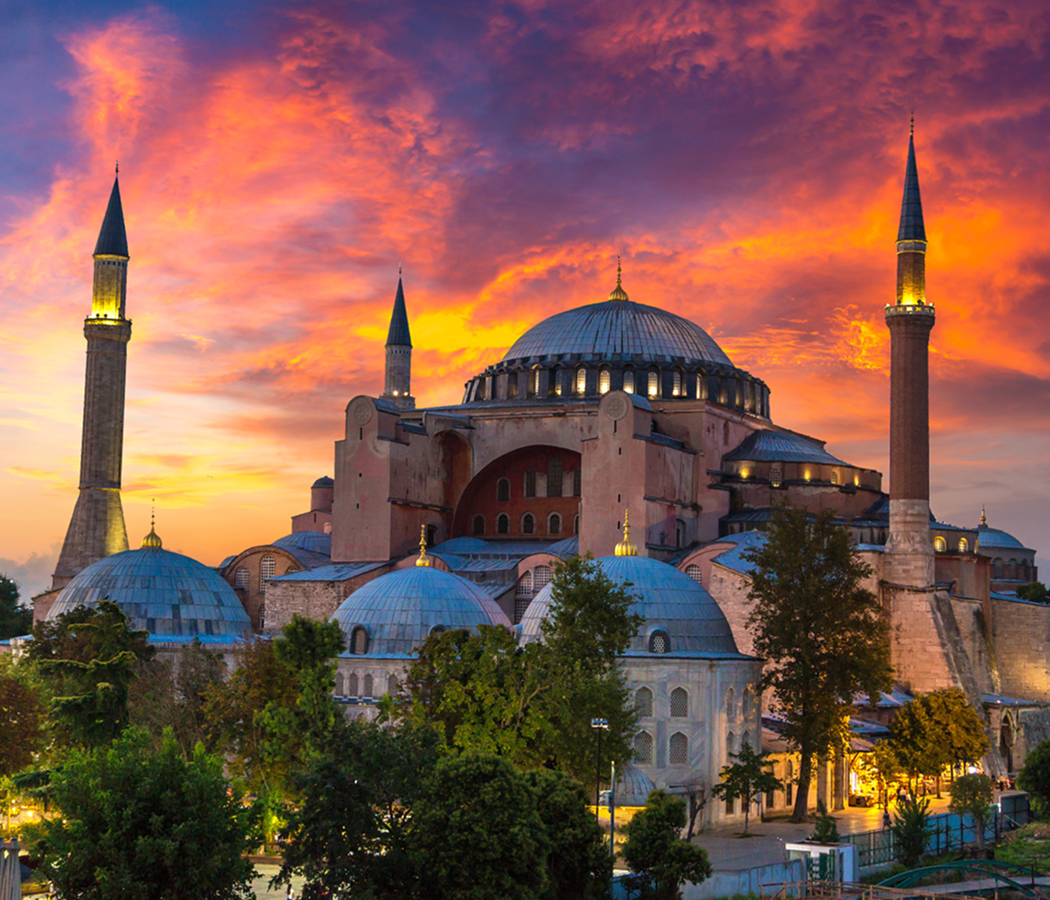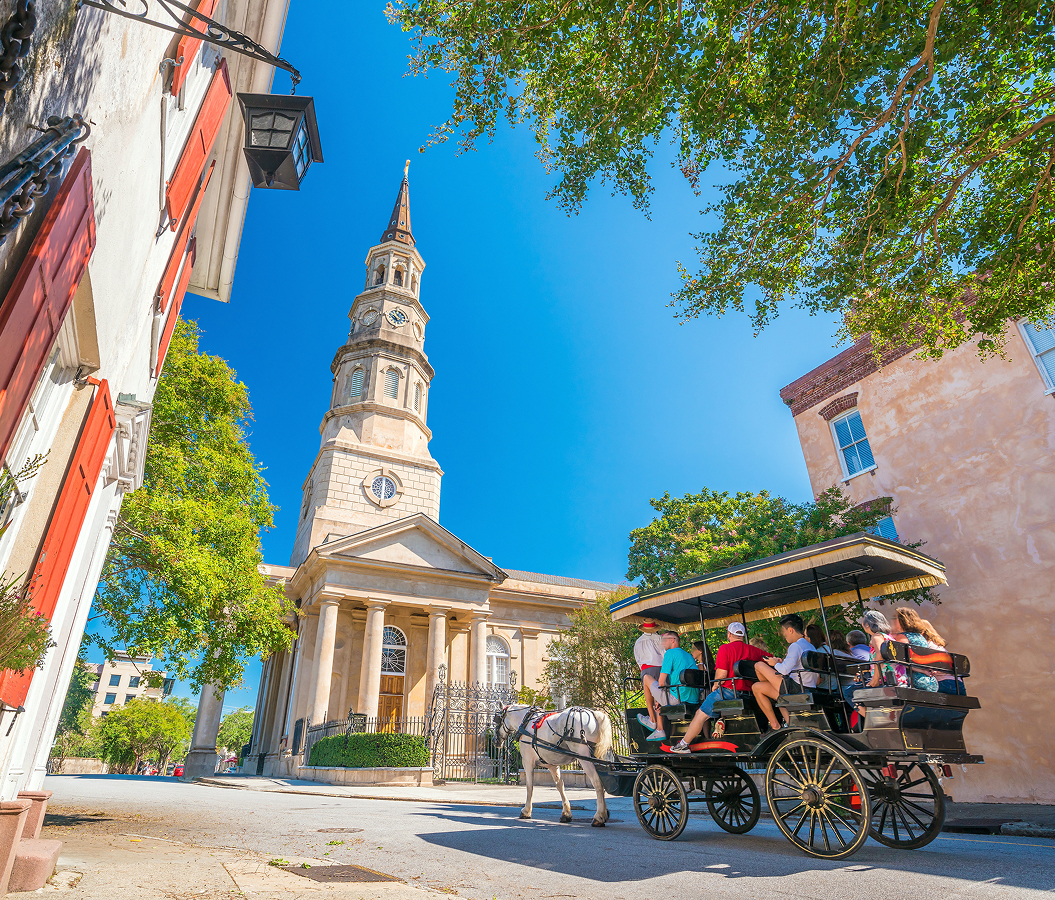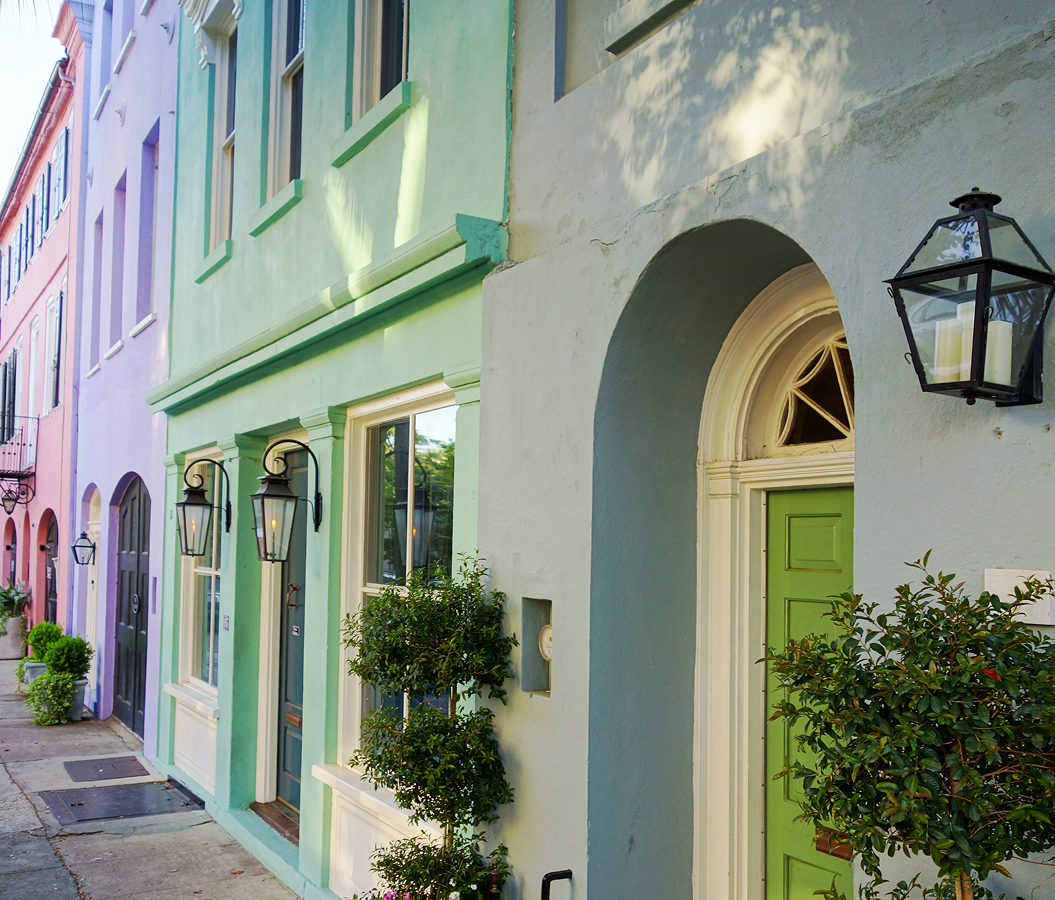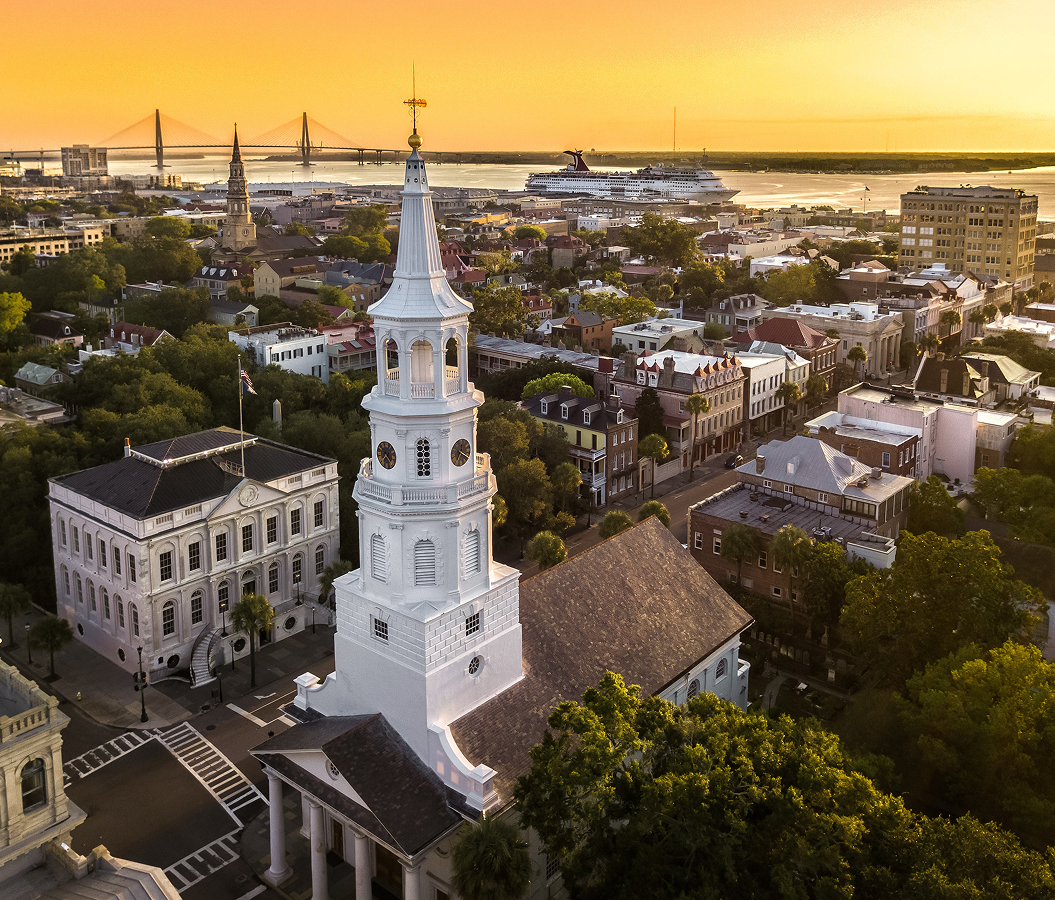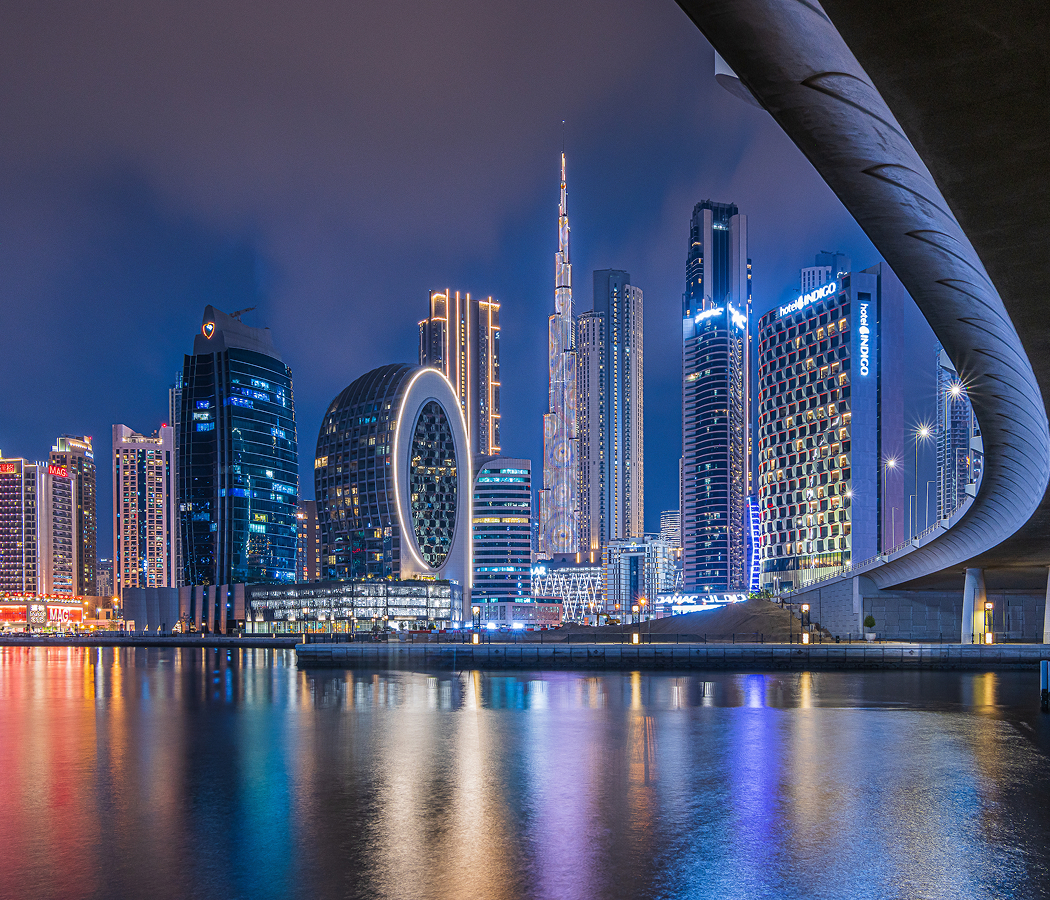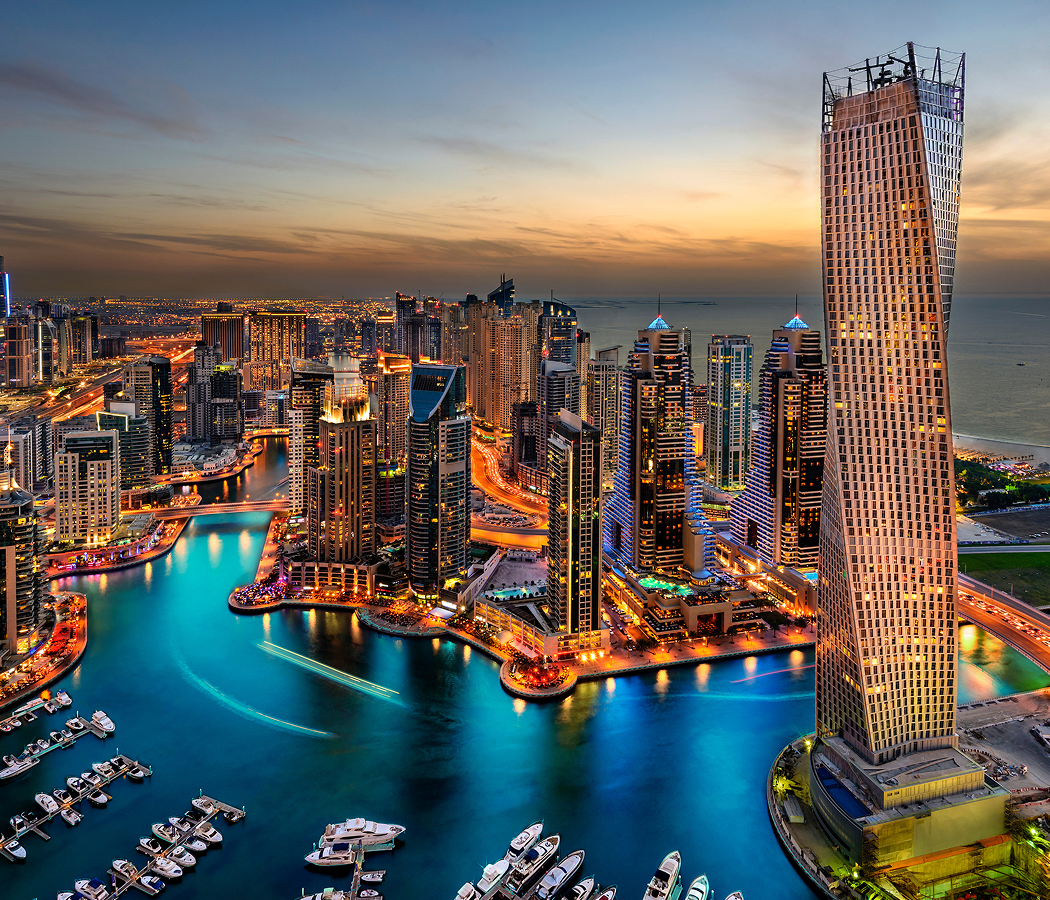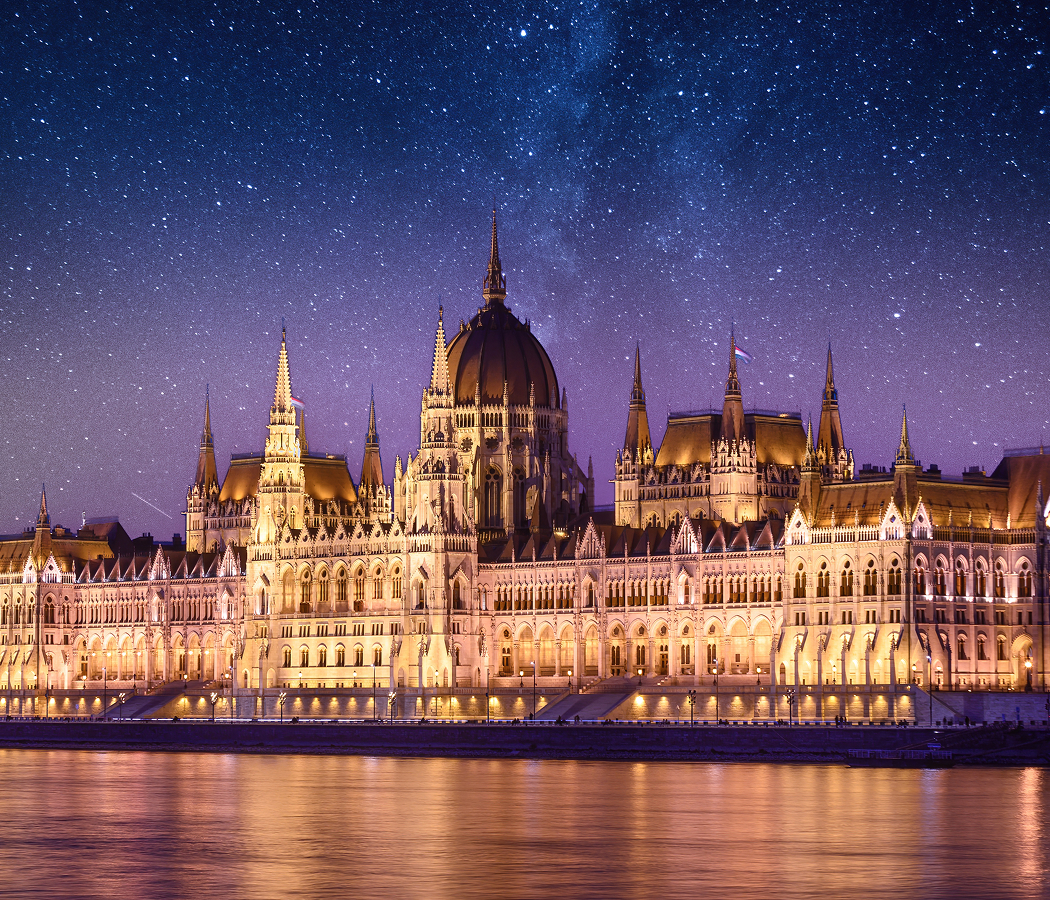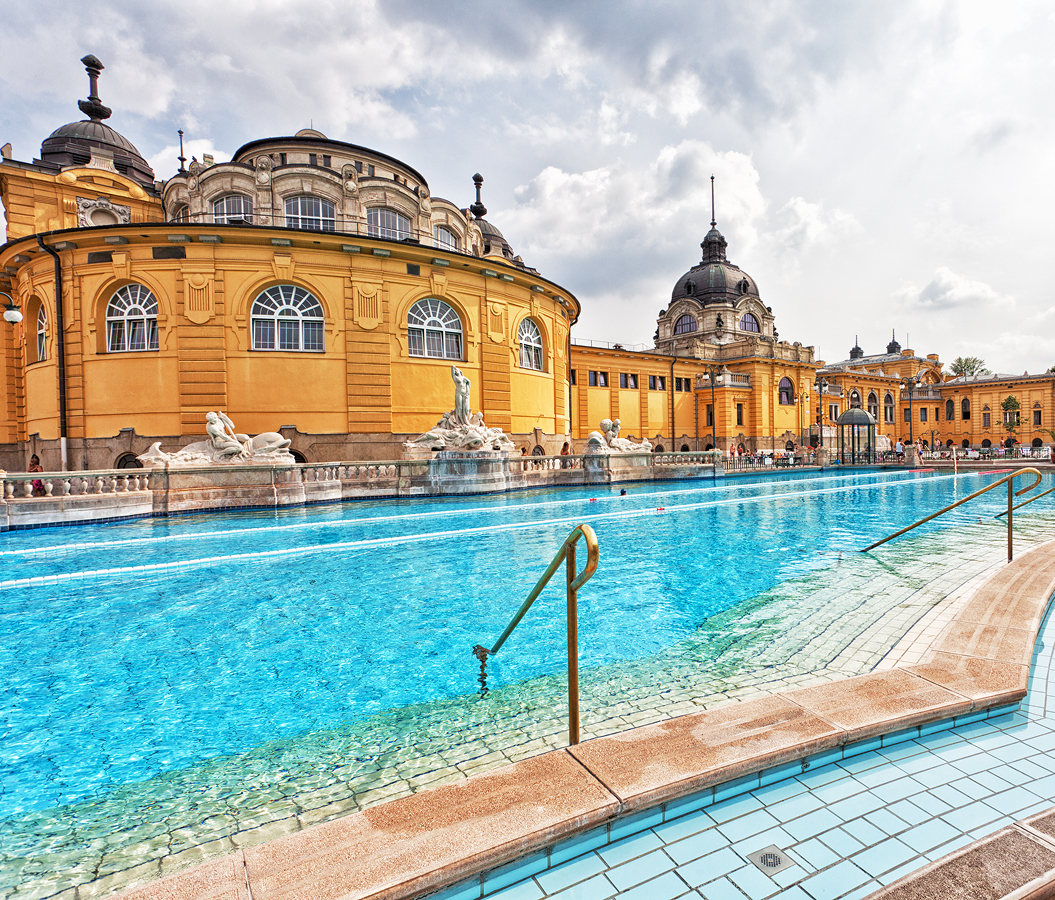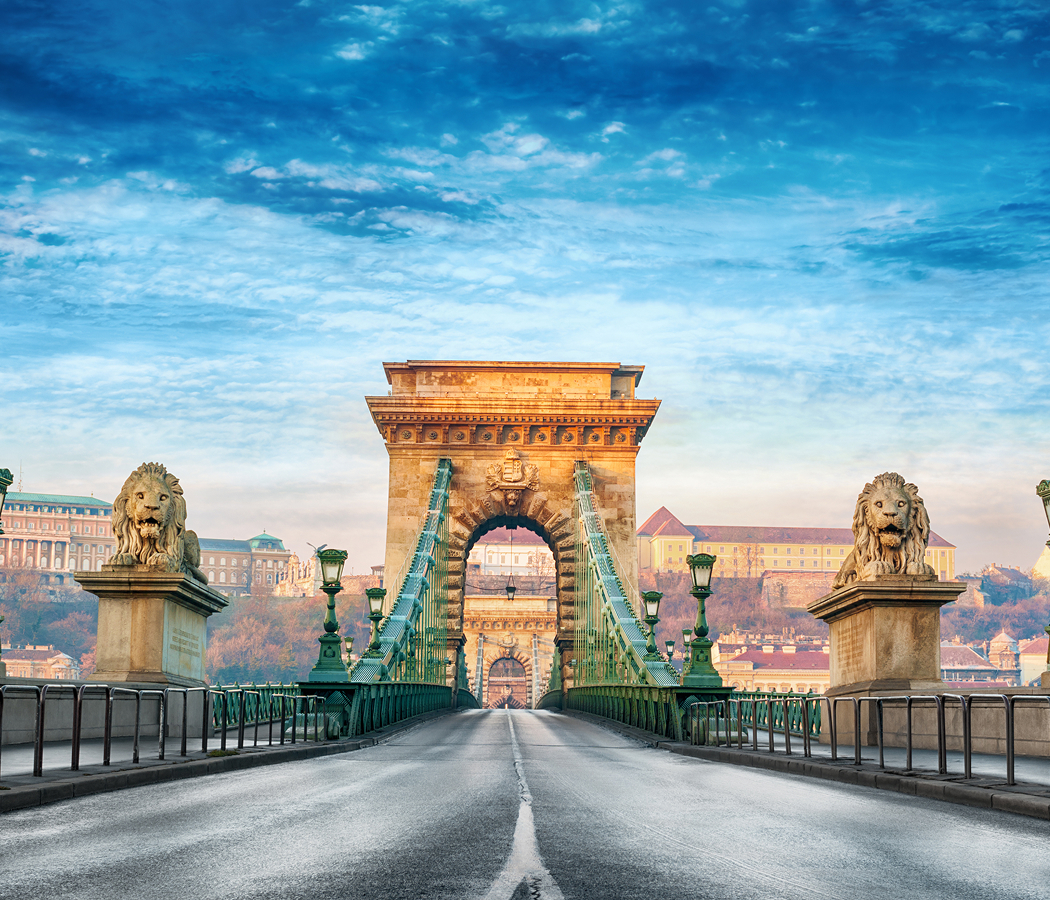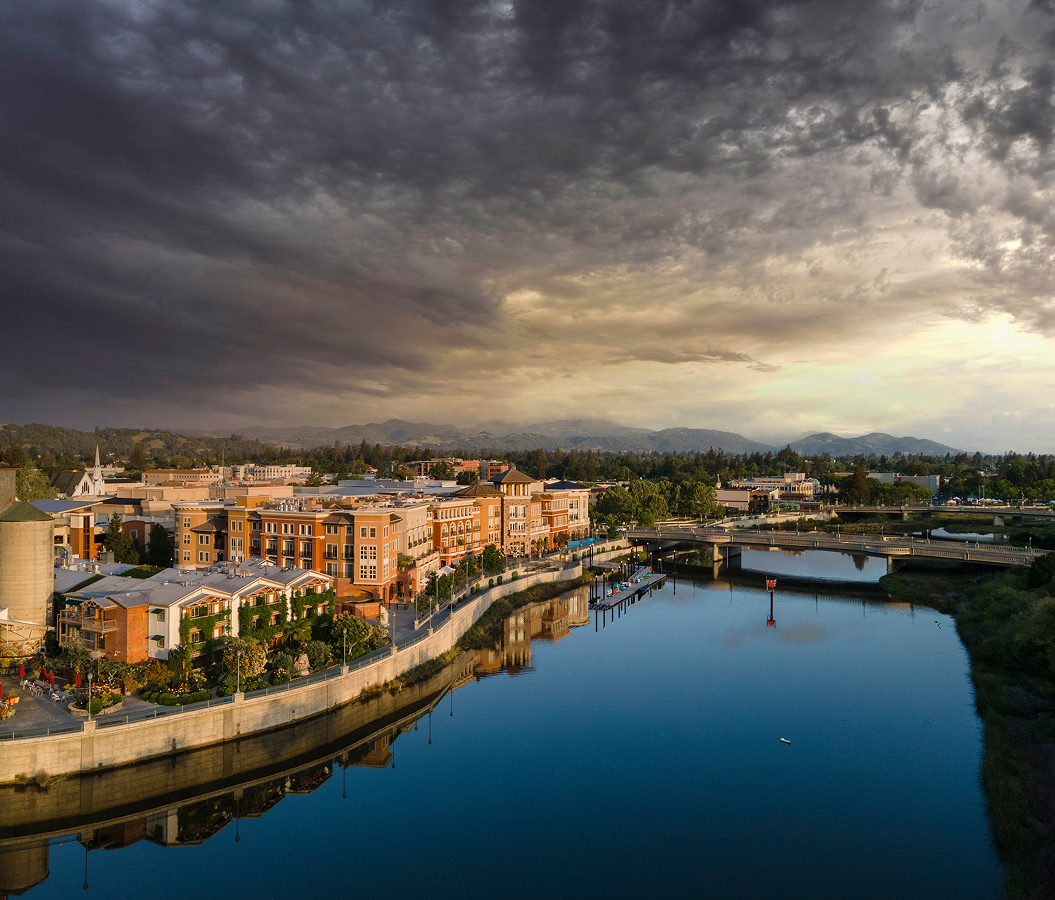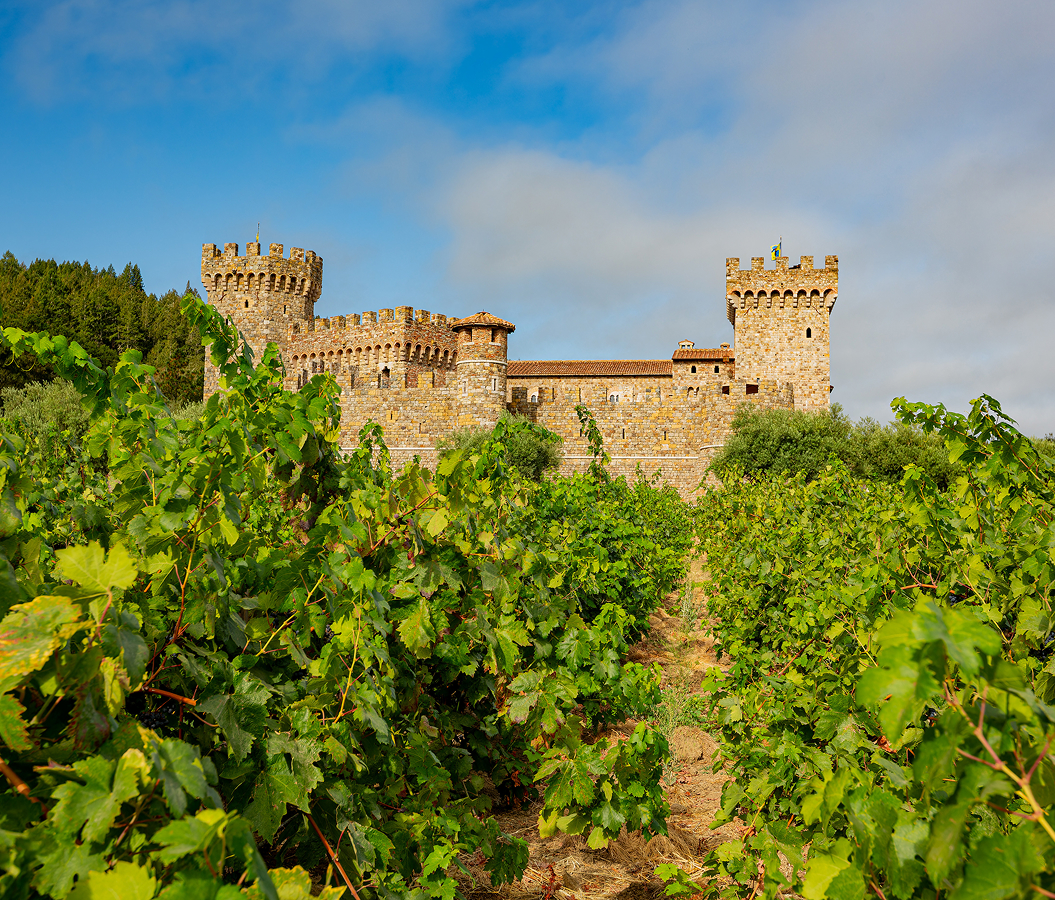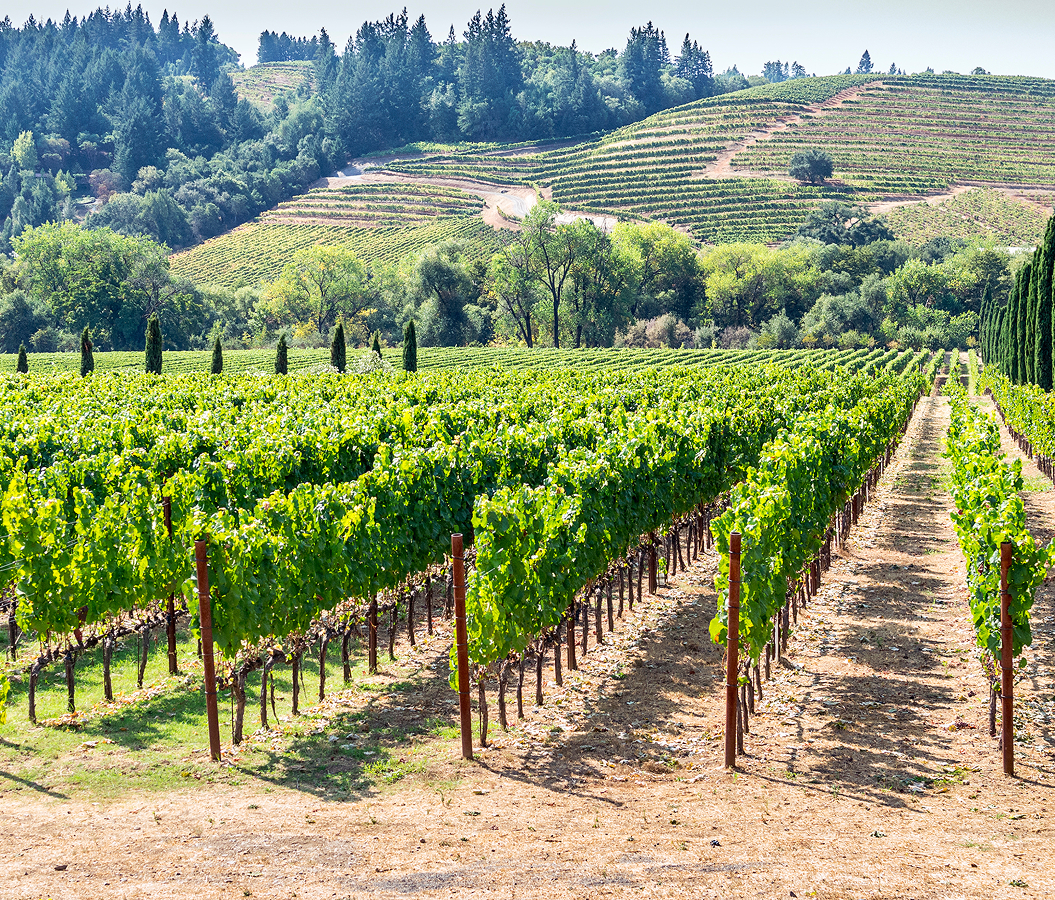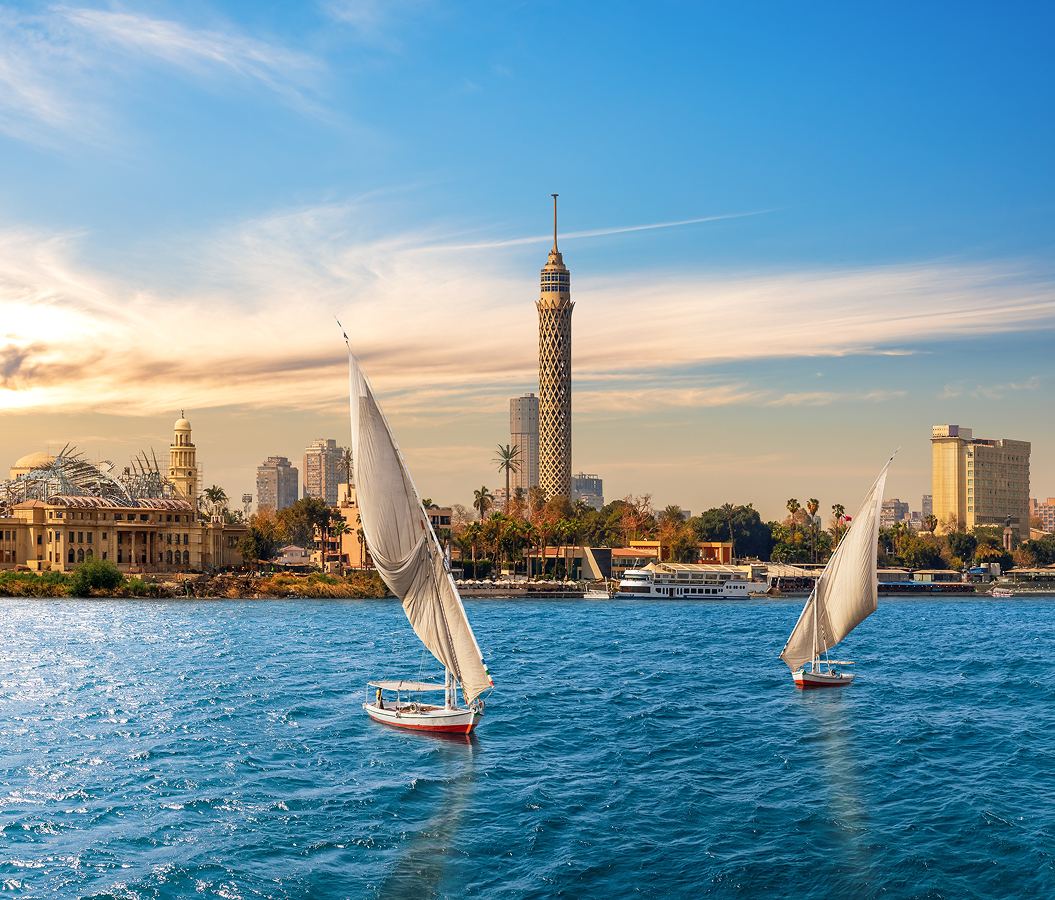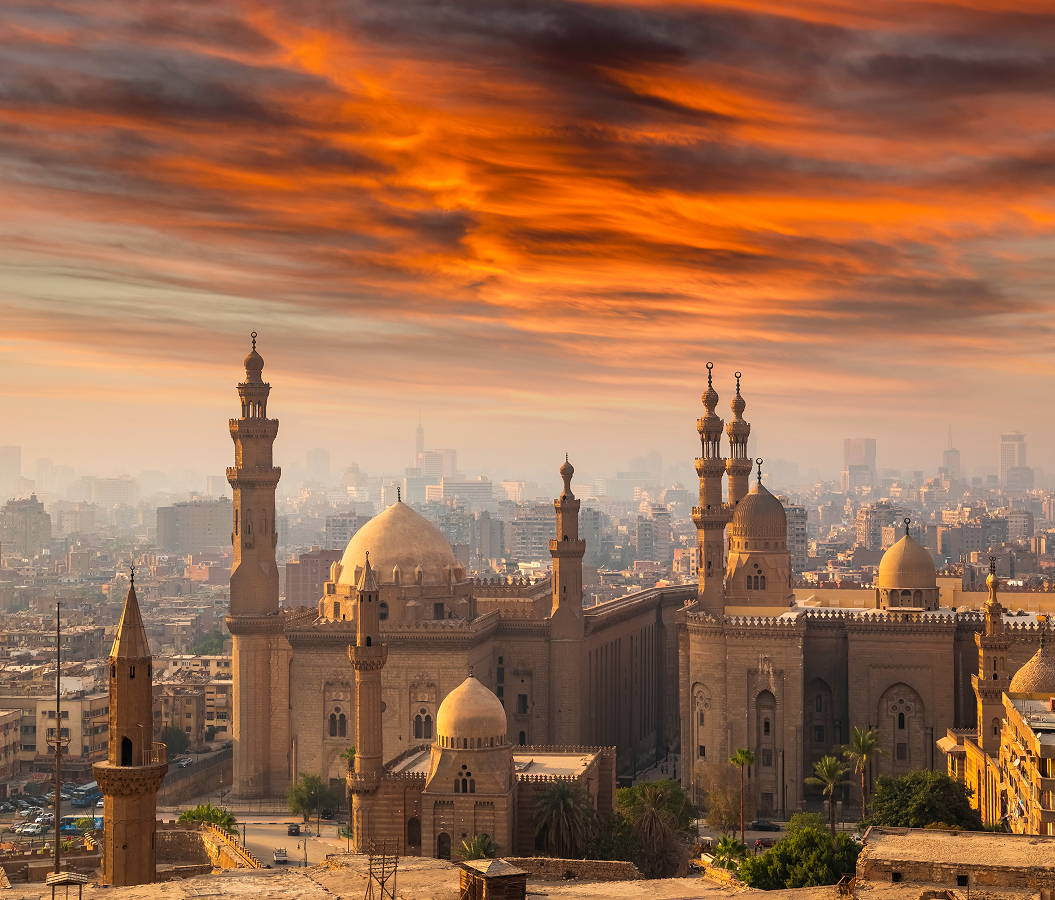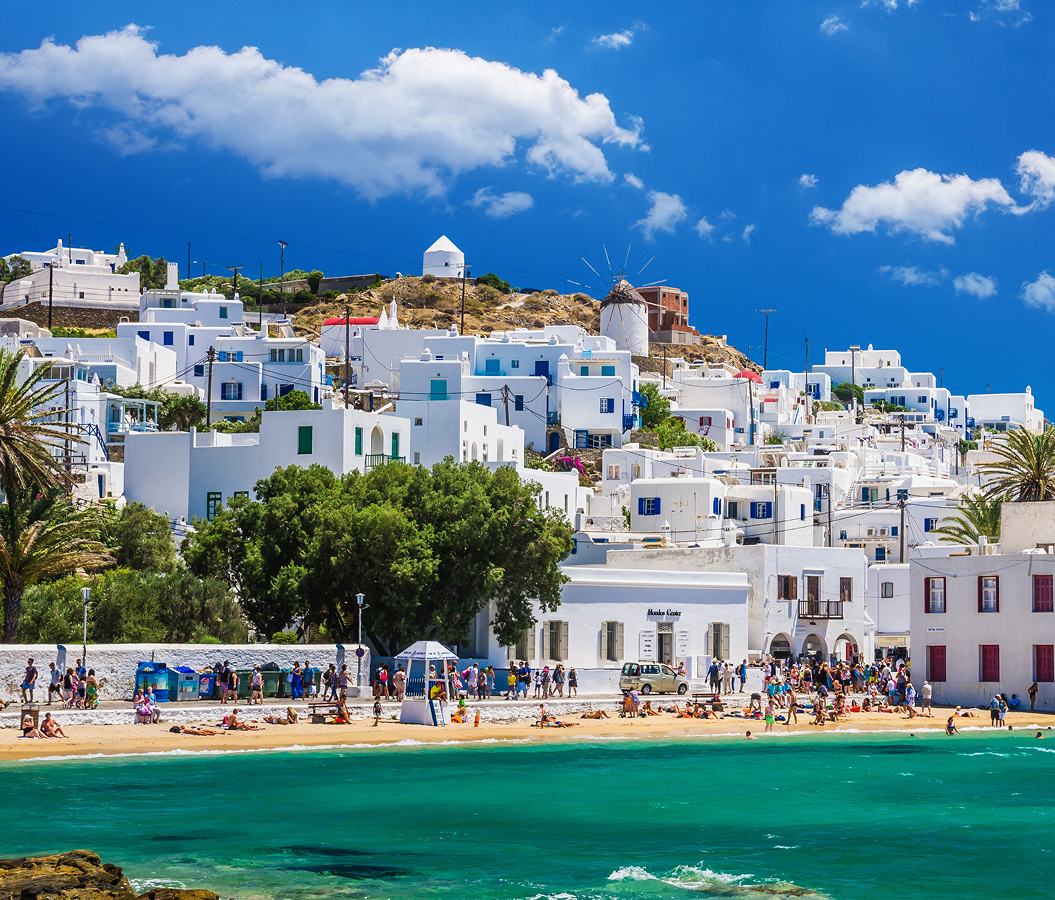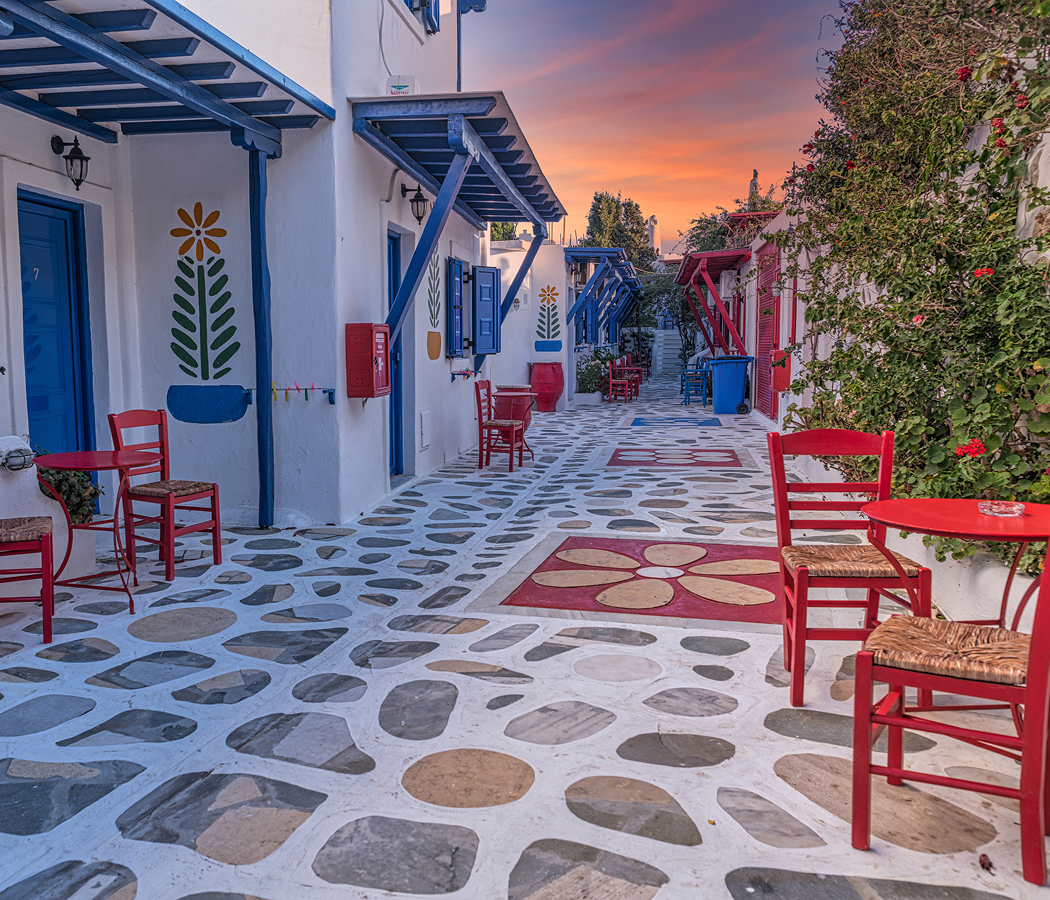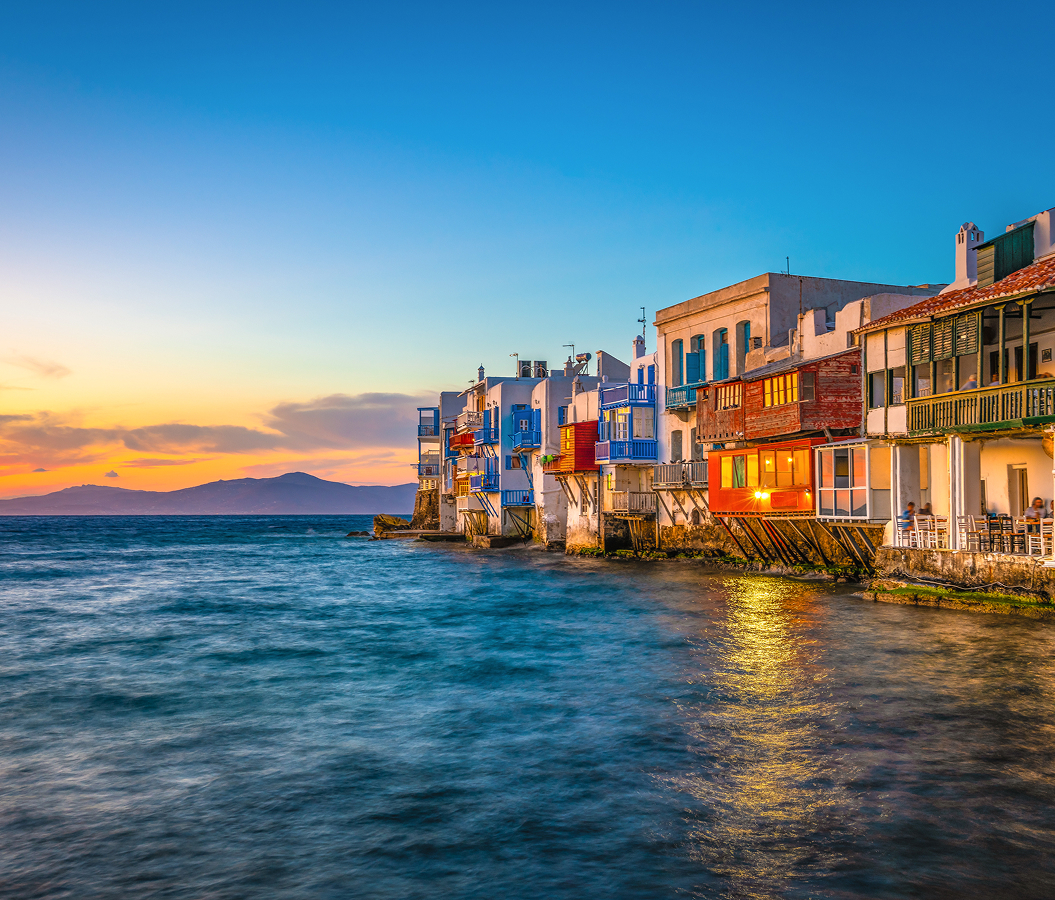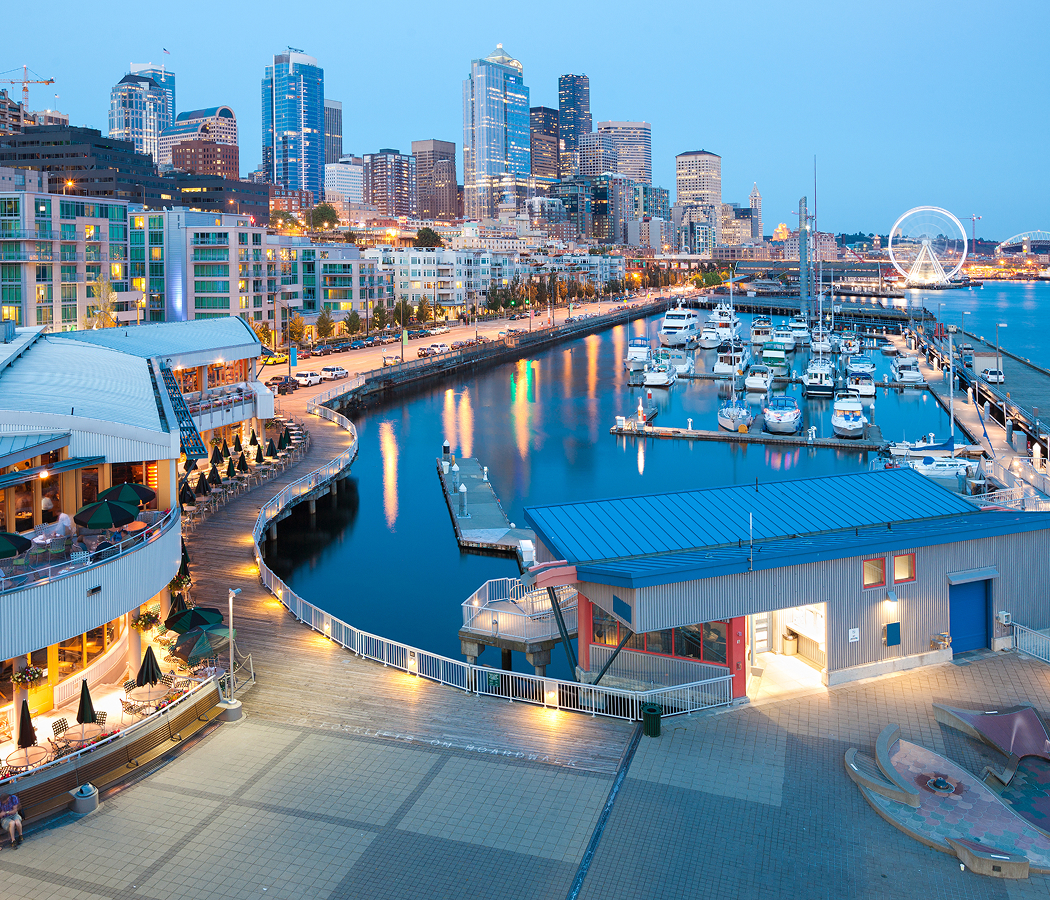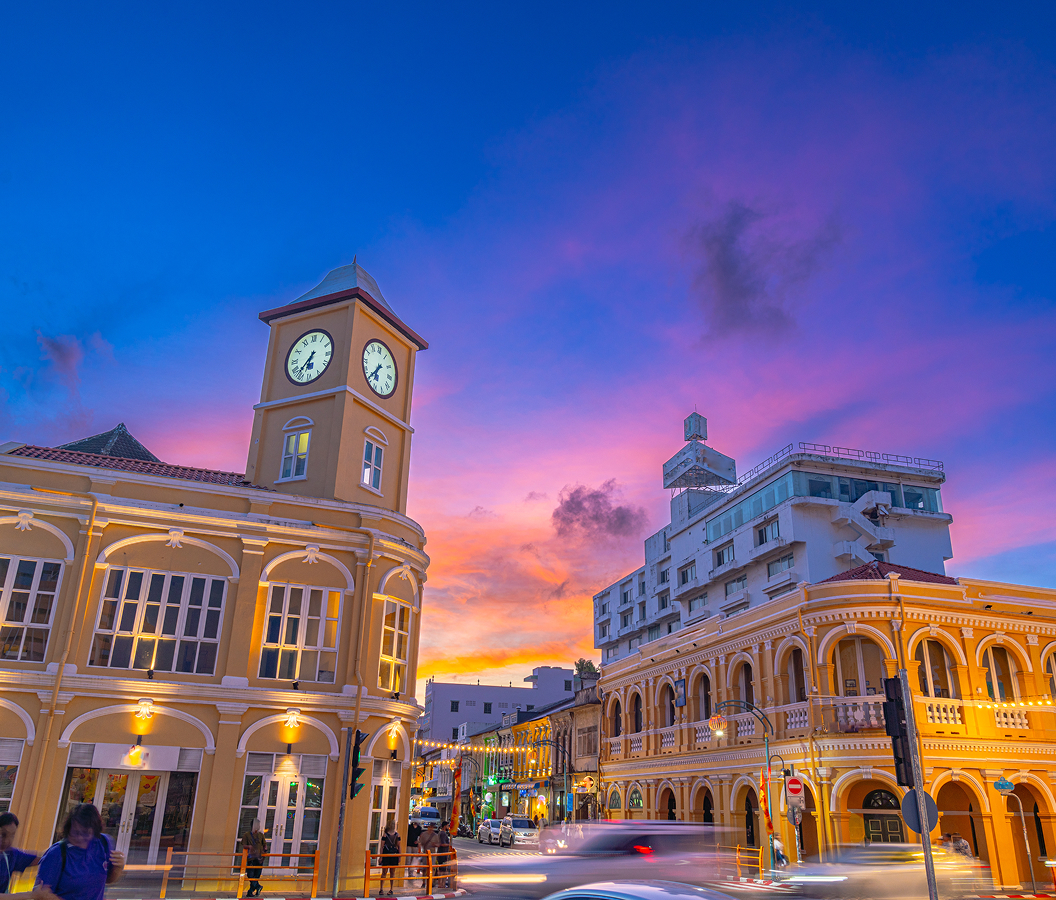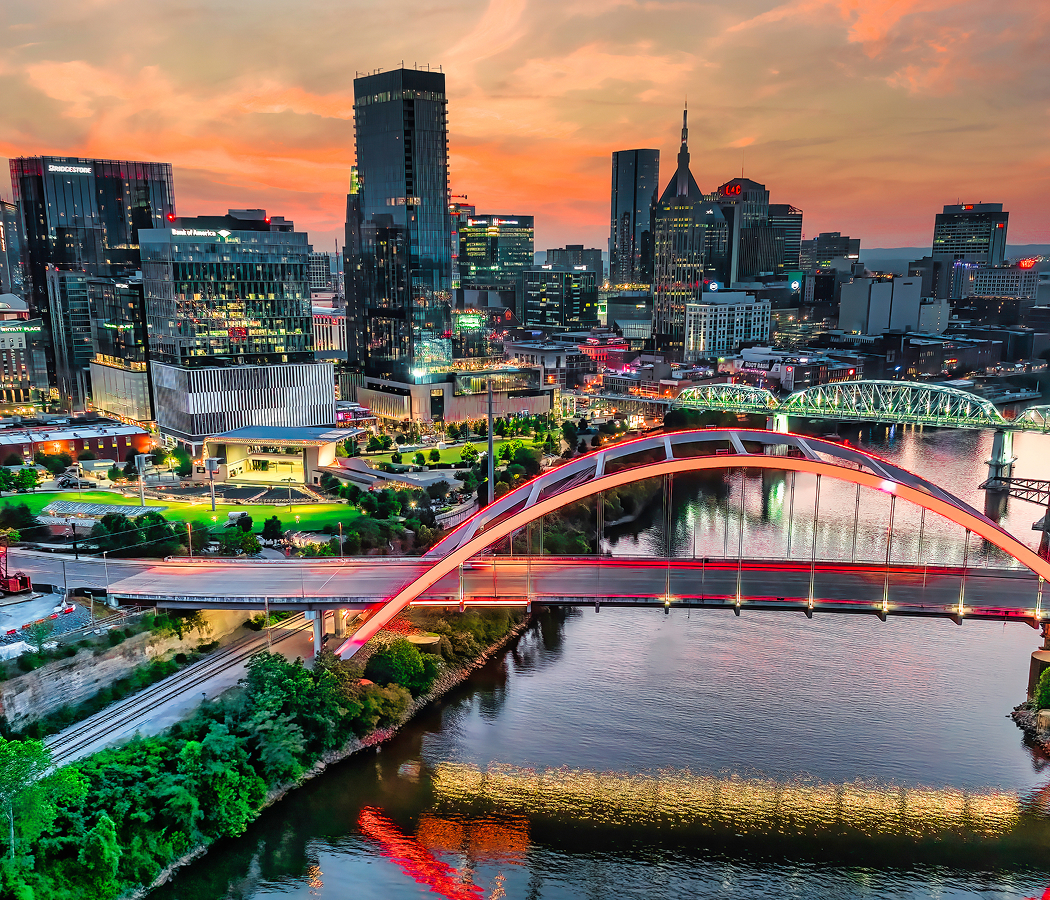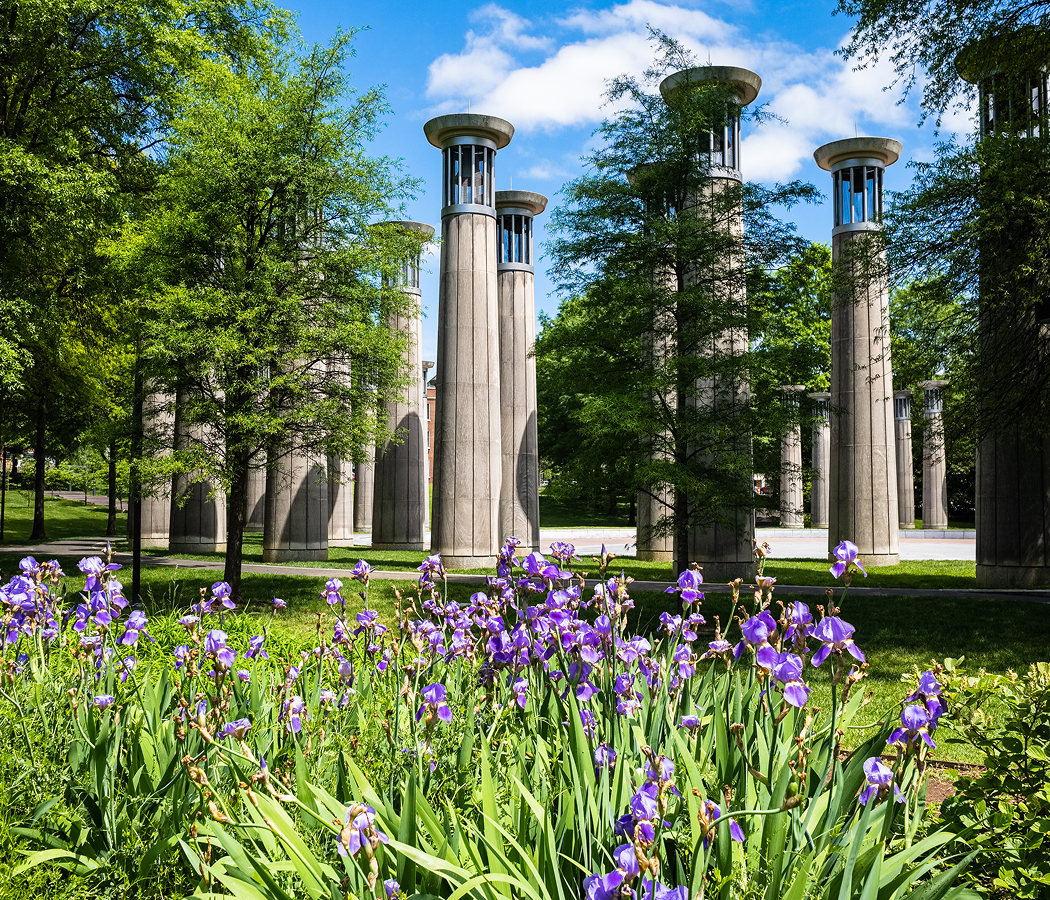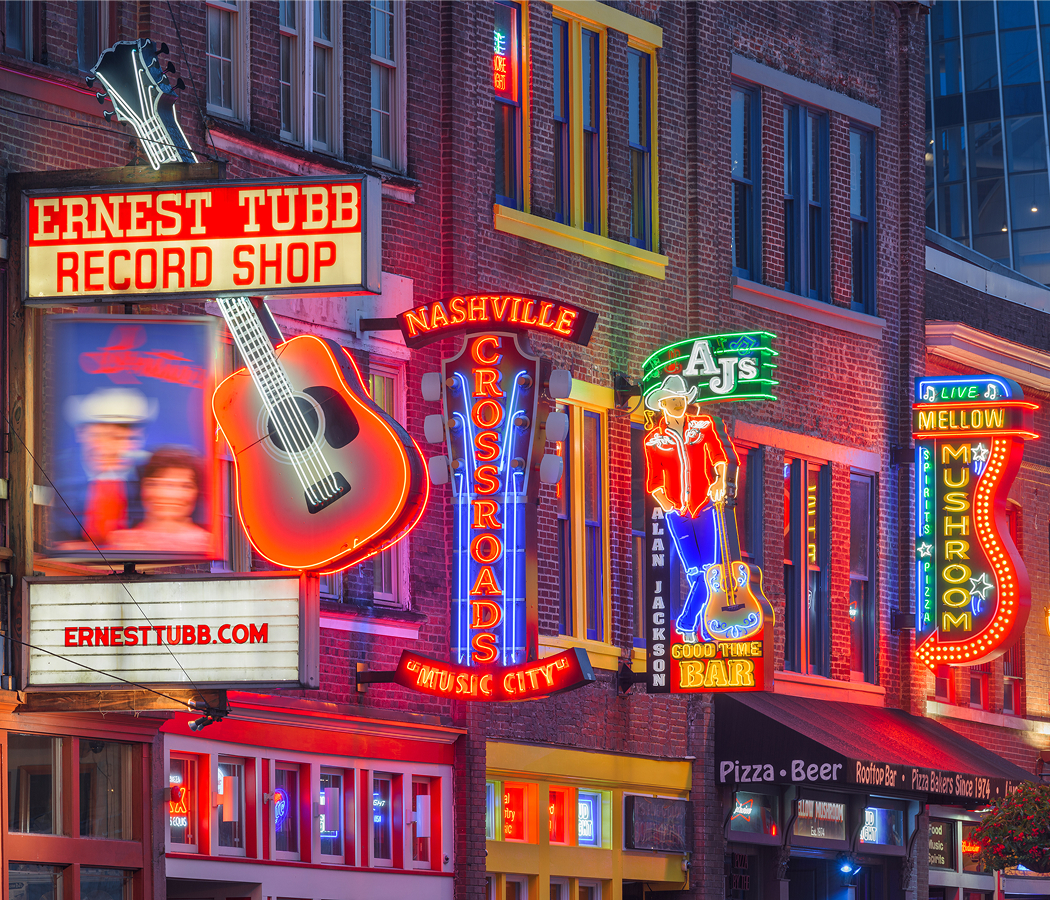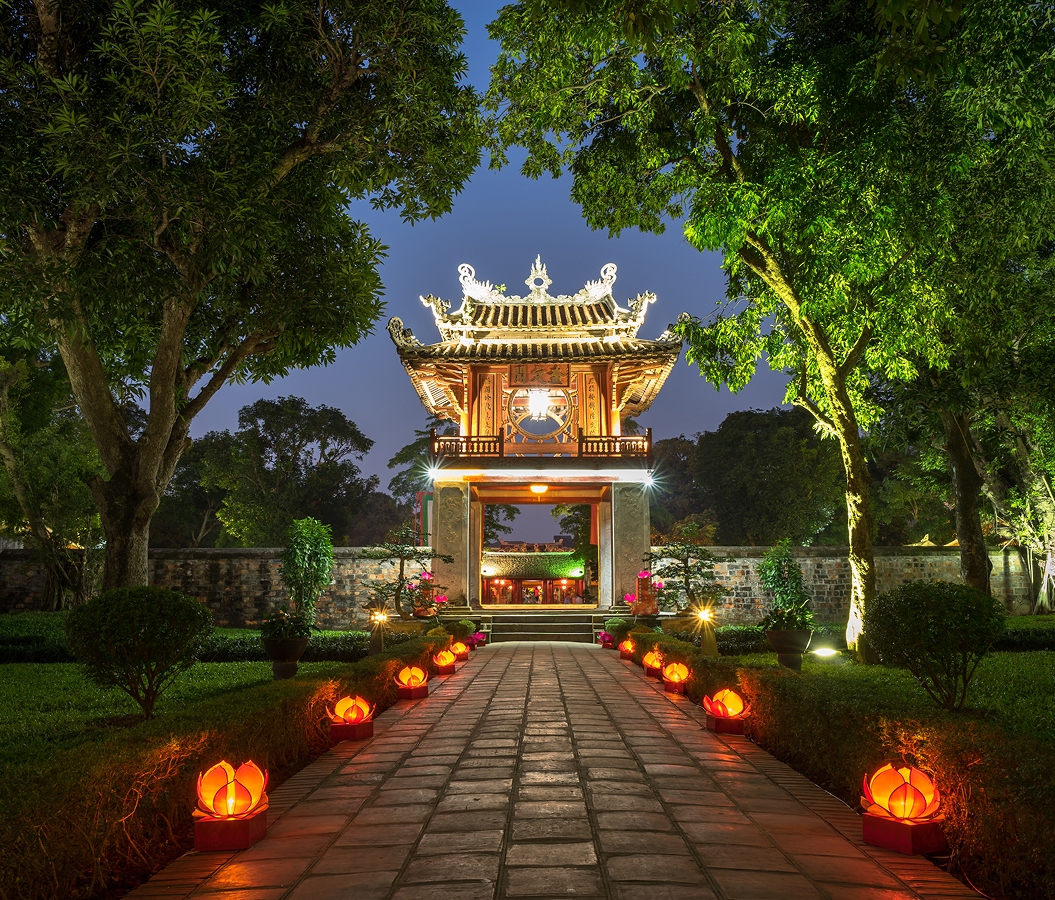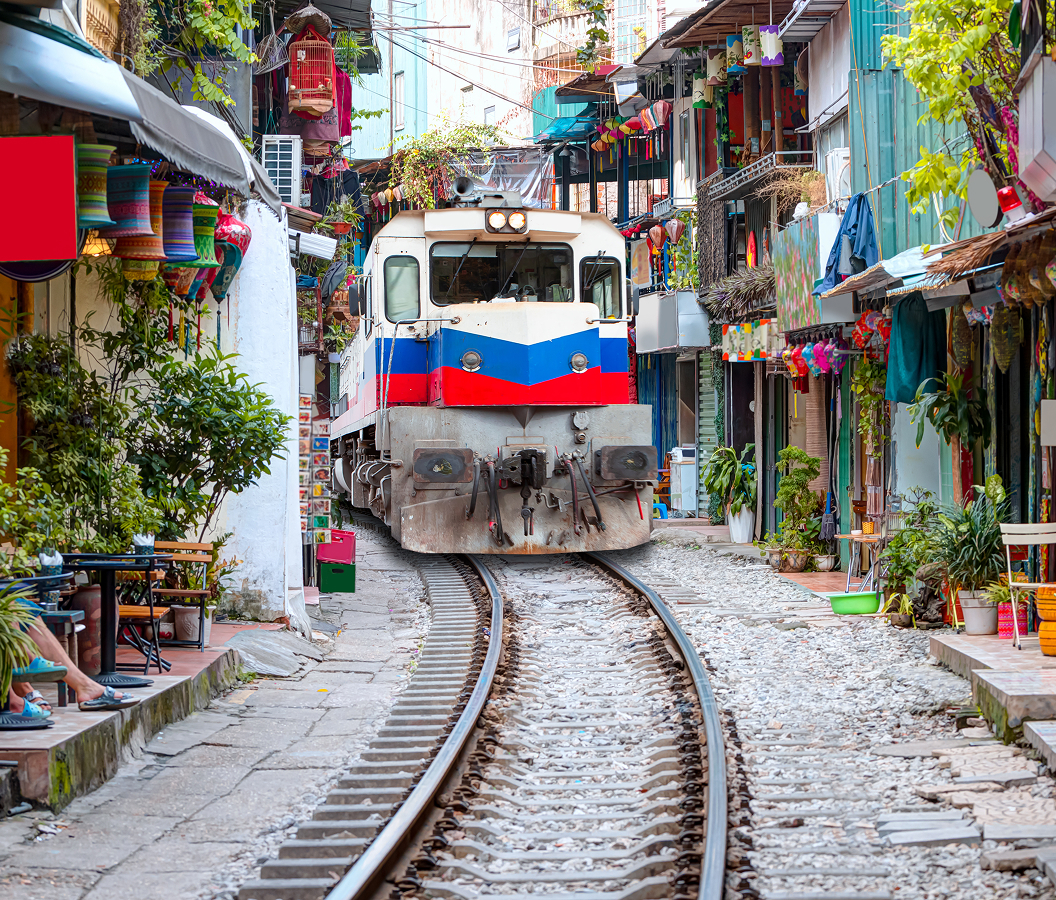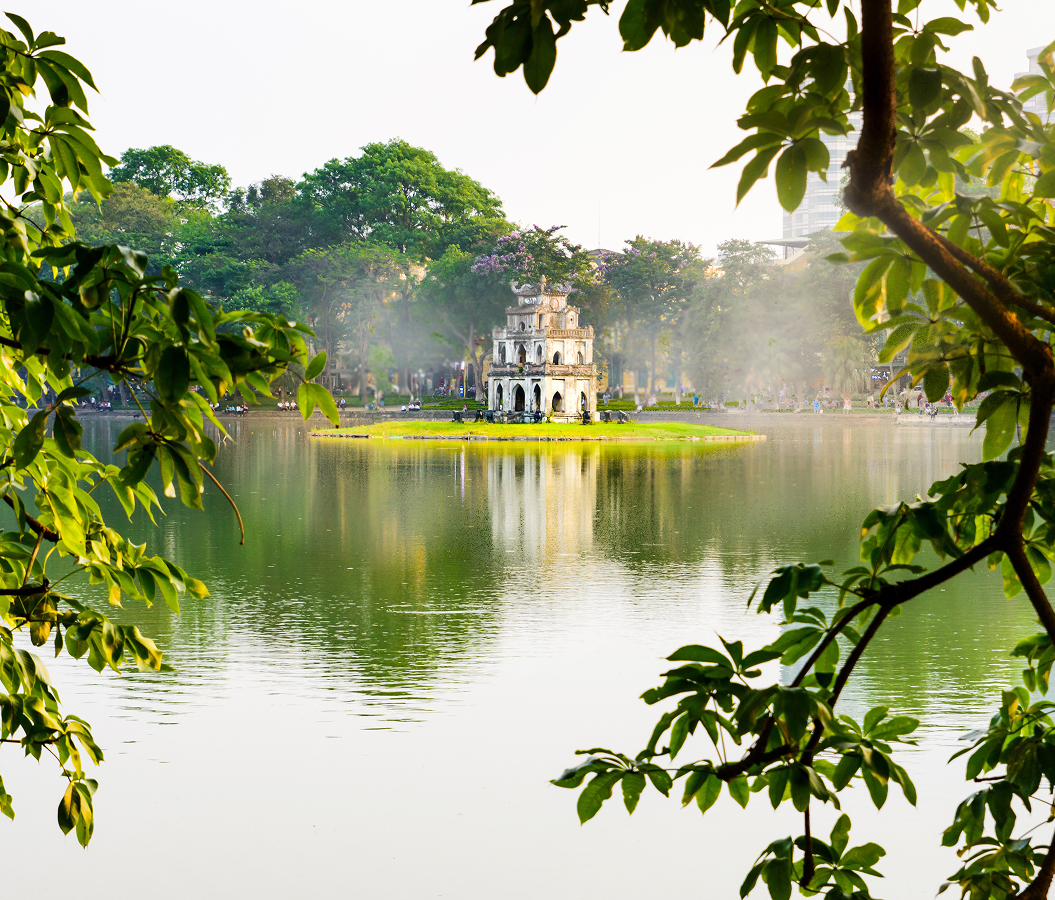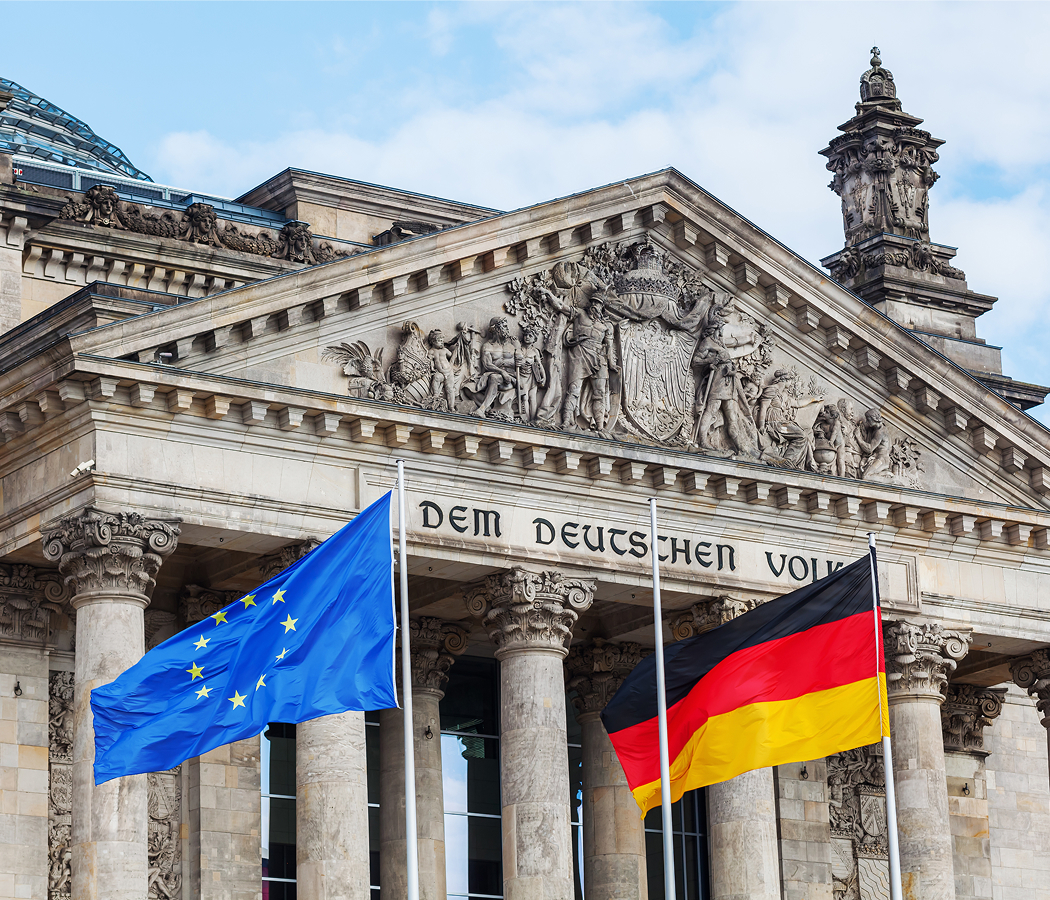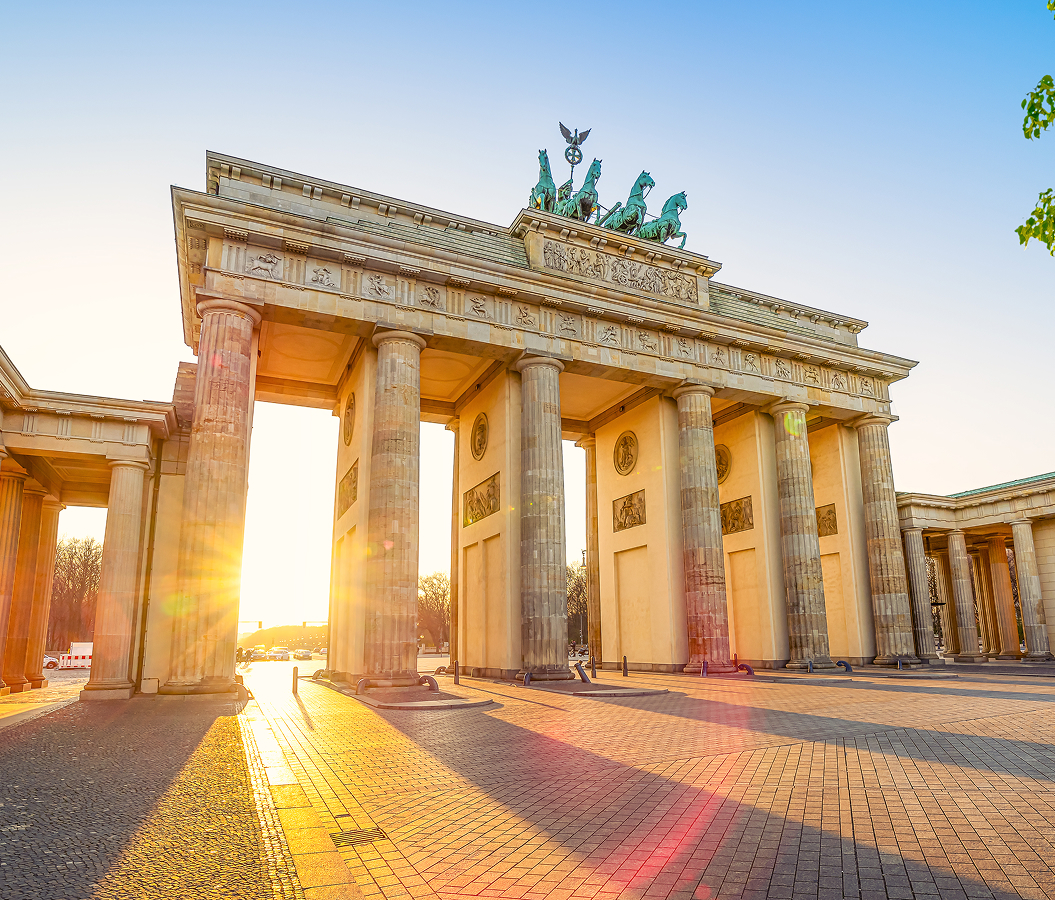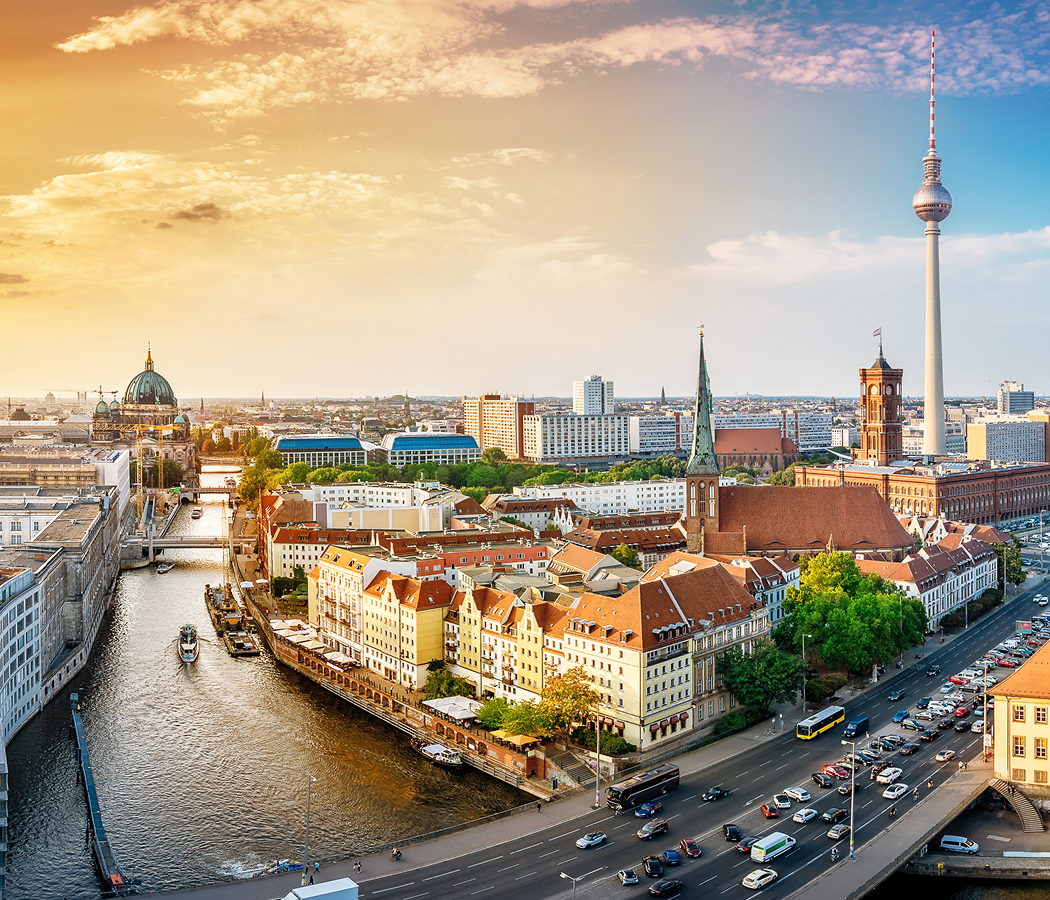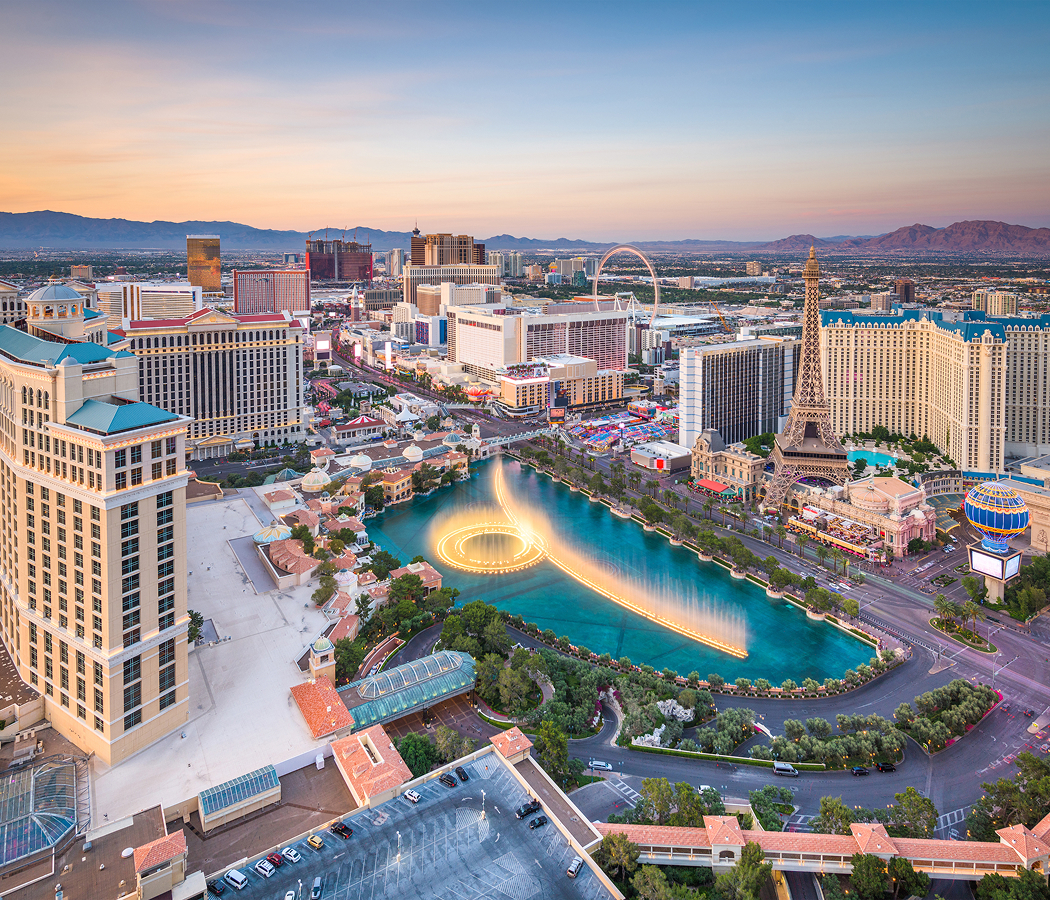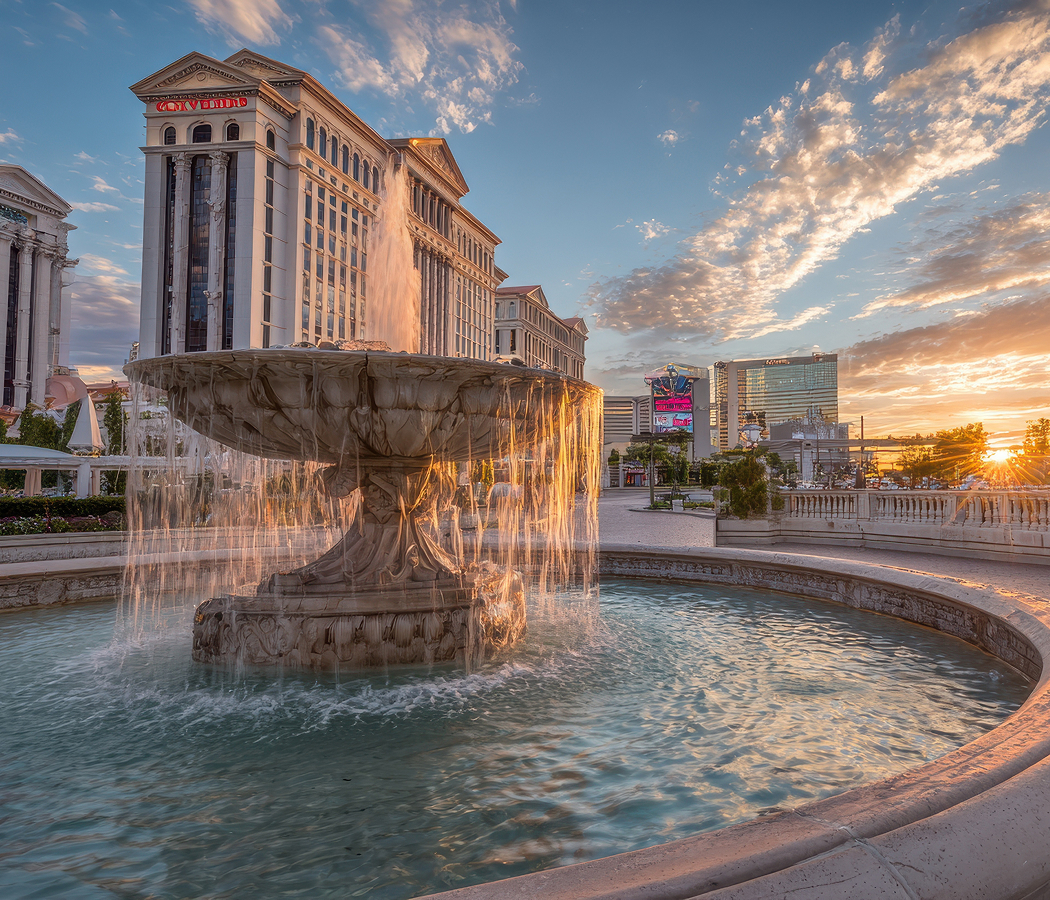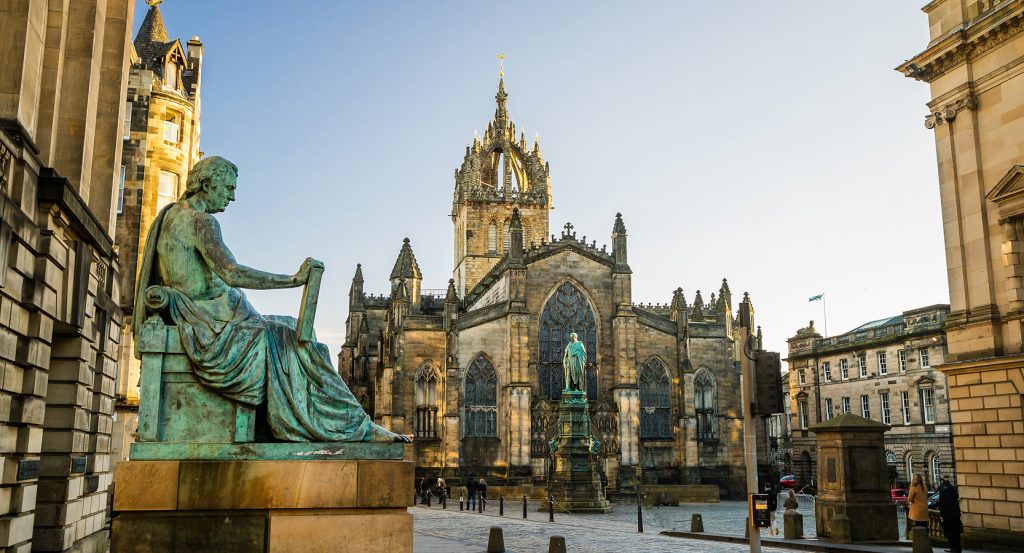
Why you should experience the Scottish Parliament Building in Edinburgh.
At the foot of the Royal Mile, where medieval cobblestones meet the green folds of Holyrood Park, stands one of Scotland’s most daring architectural statements — the Scottish Parliament Building.
It’s not just a seat of politics; it’s a living sculpture that embodies a nation’s identity, independence, and imagination. Designed by Catalan architect Enric Miralles and completed in 2004, the structure defies traditional notions of power with its organic forms and flowing geometry. Instead of grand columns or intimidating façades, the building rises in a series of undulating contours meant to echo the surrounding landscape — the Salisbury Crags, Arthur’s Seat, and the rhythm of Edinburgh itself. Step closer, and you’ll see that every curve, every beam, every shard of glass feels intentional, almost poetic. The façade, adorned with abstract “think pod” windows, resembles upturned boats and leaves — a subtle nod to the idea of governance rooted in nature and the people. The result is a building that feels alive — modern yet grounded, rebellious yet deeply Scottish.
What you didn’t know about the Scottish Parliament Building.
The story behind the Scottish Parliament Building is as complex and visionary as the structure itself.
When Miralles won the design competition in 1998, he envisioned the parliament as a “gathering place” — not a fortress of bureaucracy, but a dialogue between land, people, and democracy. The building’s design draws from multiple sources: the rugged Scottish landscape, the clustered stone villages of the Highlands, and the shapes of leaves and boats. It was built on the site of the former Royal High School — a potent symbol of Scotland’s long quest for self-governance, finally realized after nearly 300 years without a national parliament. Despite controversies surrounding its budget and timeline, the finished work remains a masterpiece of civic architecture — one that challenges traditional power structures by placing transparency at its heart. Inside, the debating chamber is bathed in natural light streaming through wooden ribs and glass panels, creating a space that feels both intimate and monumental. Miralles described it as a “parliament for the people,” and even after his death before its completion, his spirit endures in every line and curve of the building’s design.
How to fold the Scottish Parliament Building into your trip.
Visiting the Scottish Parliament is one of the most rewarding ways to experience Edinburgh’s living identity — a city that thrives on the tension between old and new.
Begin at the base of the Royal Mile, where the sleek glass and granite exterior contrasts dramatically with the medieval skyline behind you. Free guided tours are available and highly recommended, offering access to areas often unseen by the public, including the debating chamber, committee rooms, and art installations. Take time to stand in the main lobby — the heart of the building — and look up at the ceiling’s intricate woodwork, shaped like the hulls of boats suspended in motion. After your visit, step outside into the landscaped gardens or sit on the Parliament’s grass embankment with a view toward Holyrood Palace and Arthur’s Seat. Few places in the world blend landscape, architecture, and ideology with such conviction. The Scottish Parliament Building isn’t just where Scotland debates its future — it is that future, embodied in stone, steel, and light.
Hear it from the Foresyte community.
“Whole stretch feels like history class decided to come alive but with pubs every ten steps. You wander, you shop, you drink, you repeat. It’s the default path whether you planned it or not.”
Where meaningful travel begins.
Start your journey with Foresyte, where the planning is part of the magic.
Discover the experiences that matter most.

